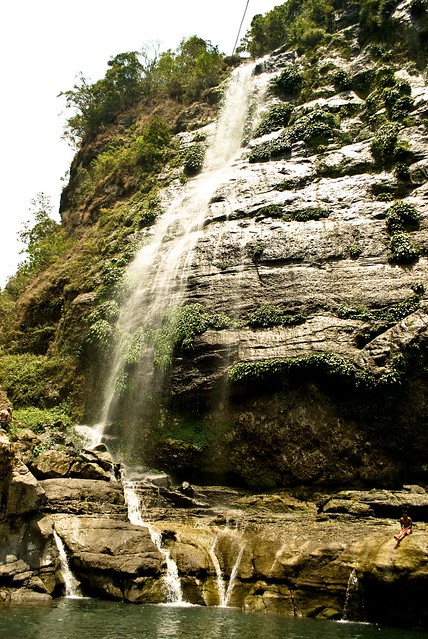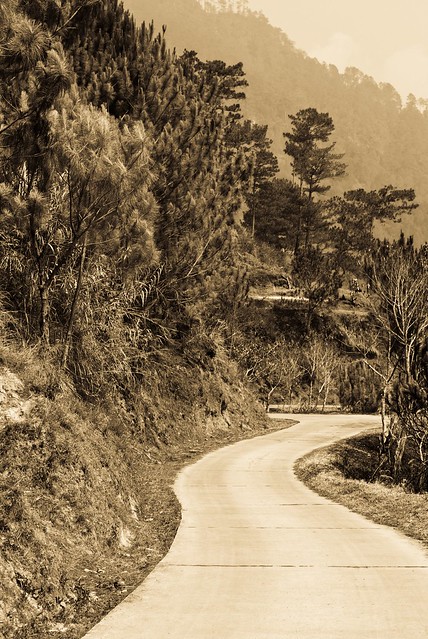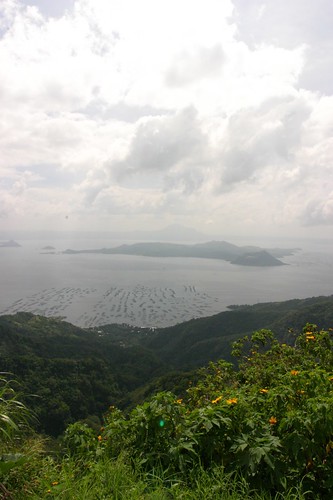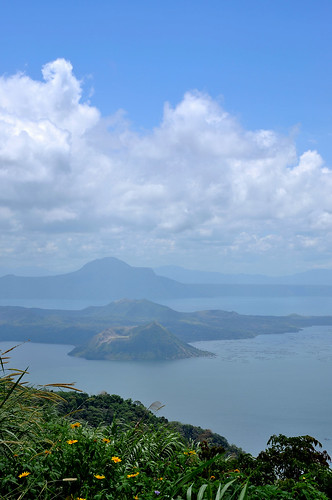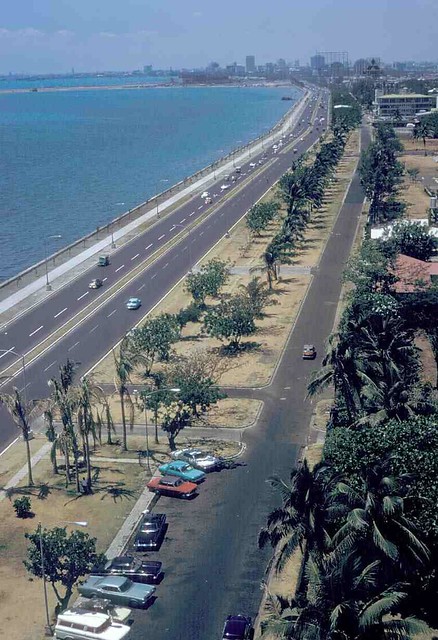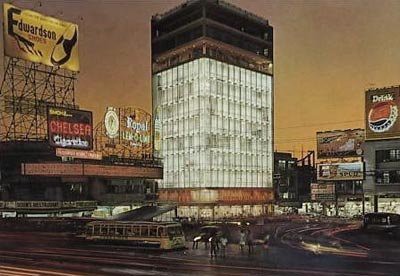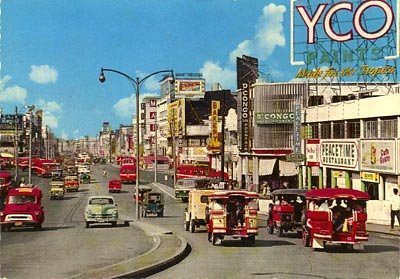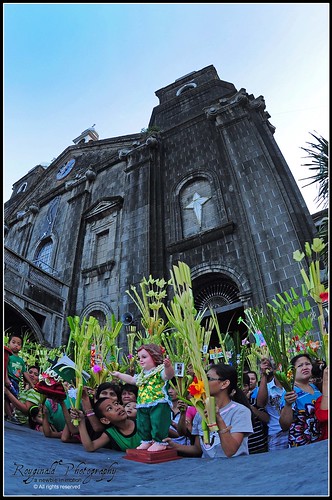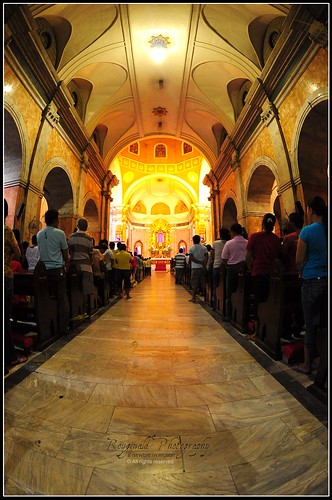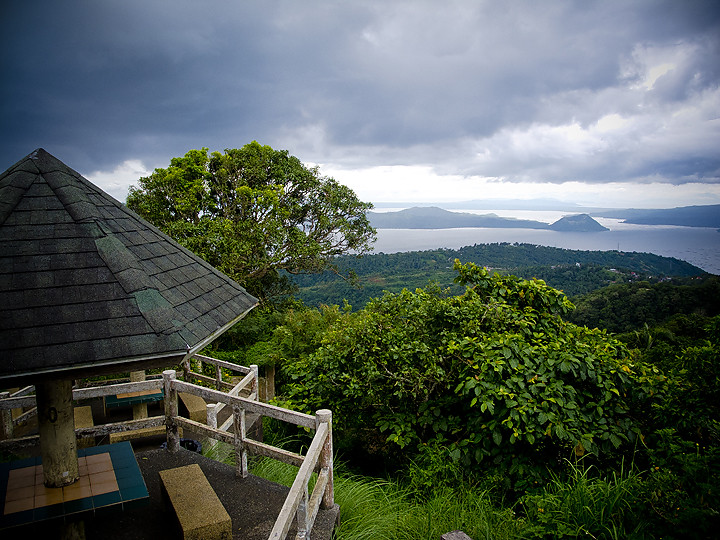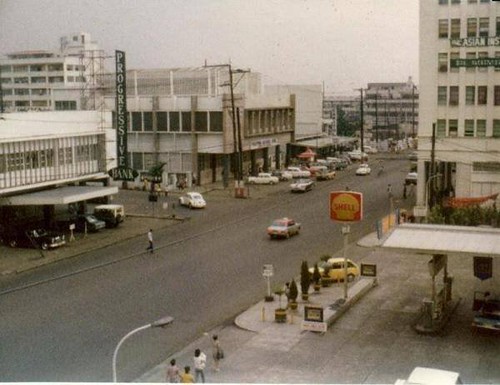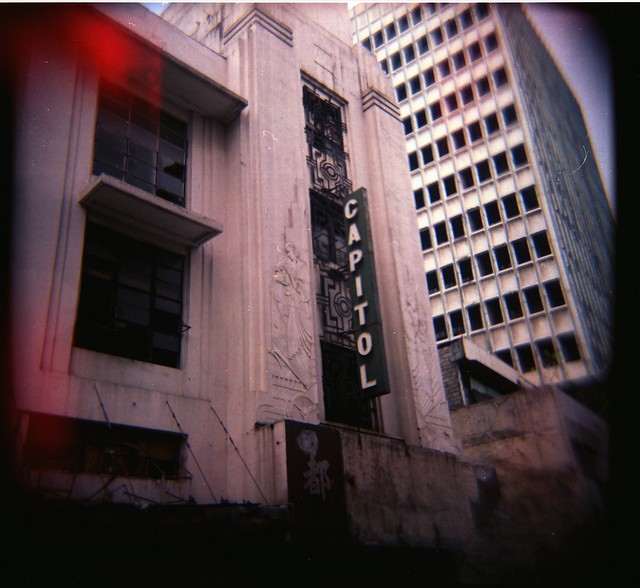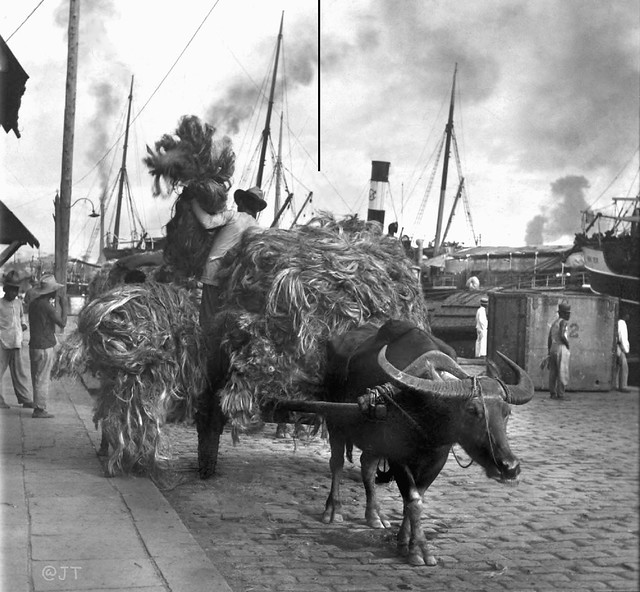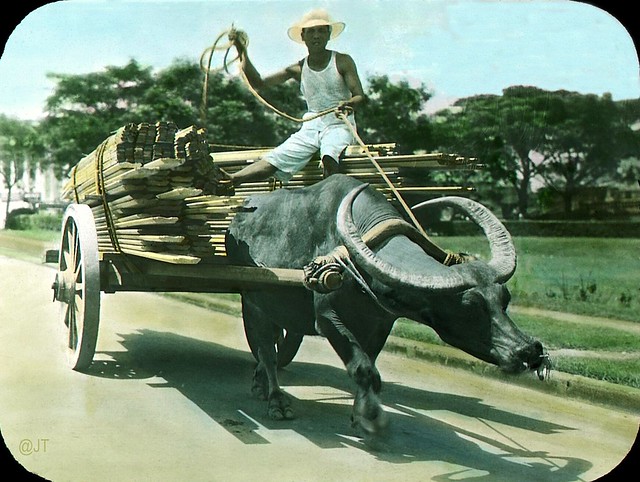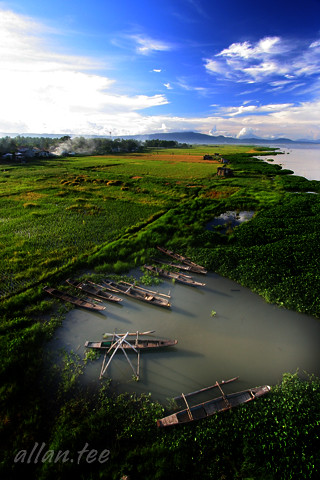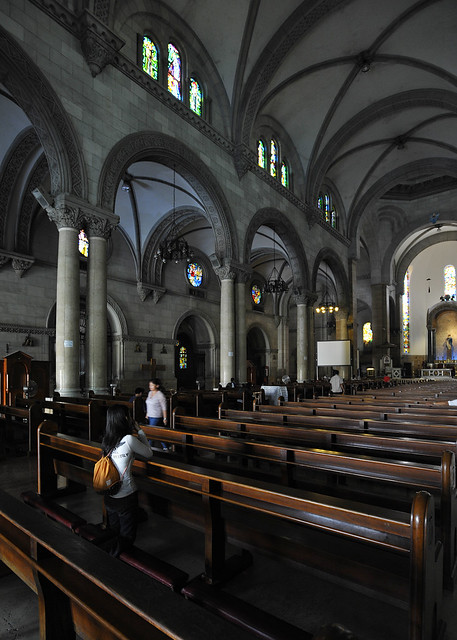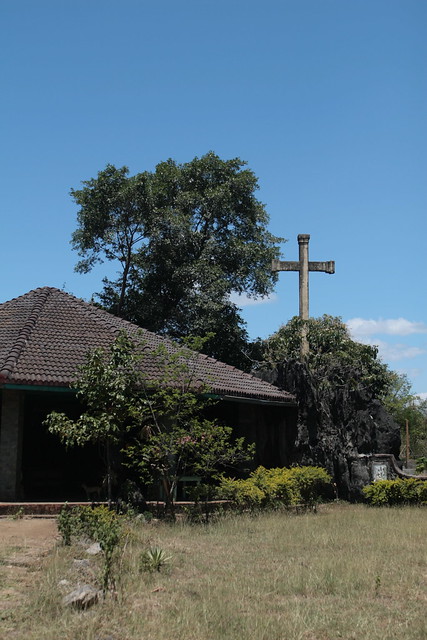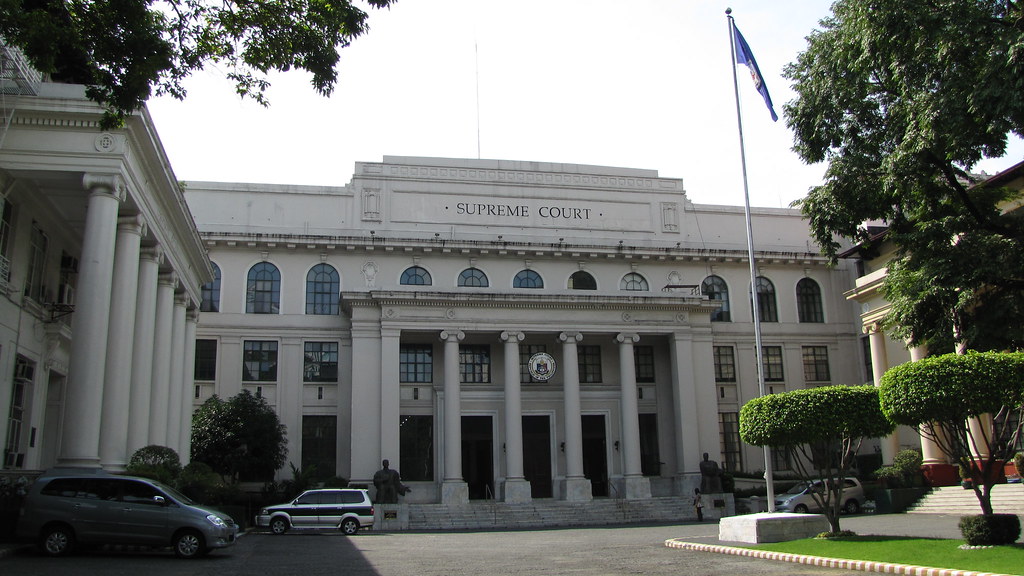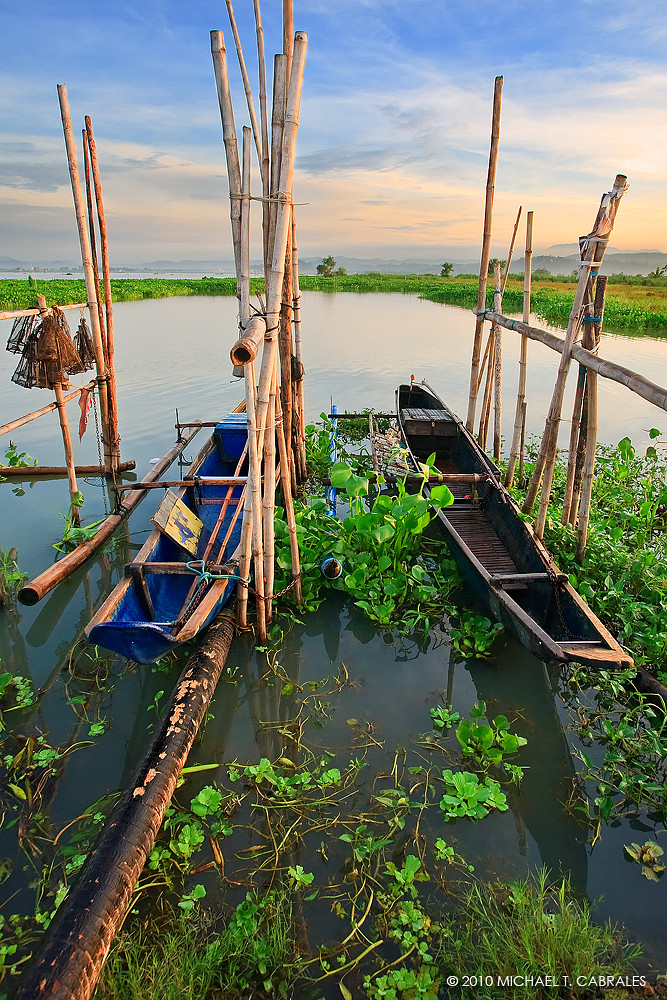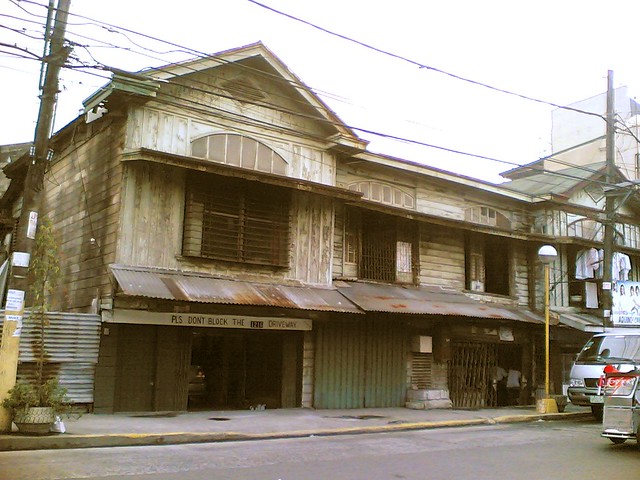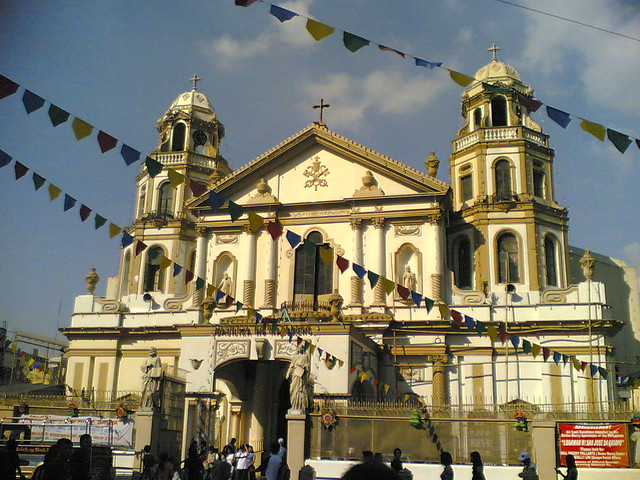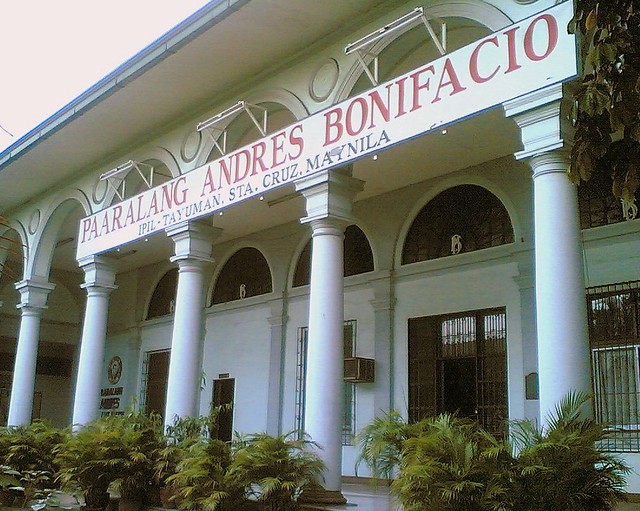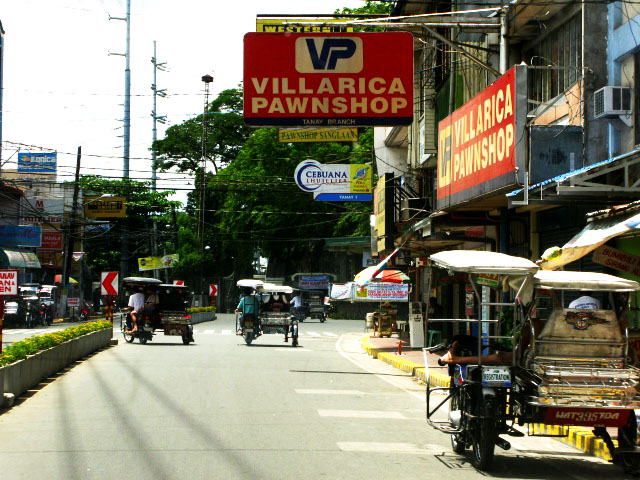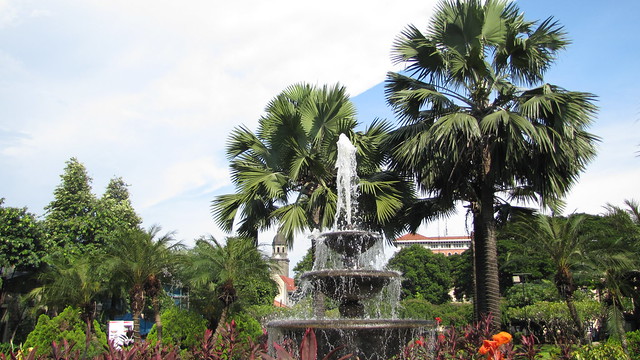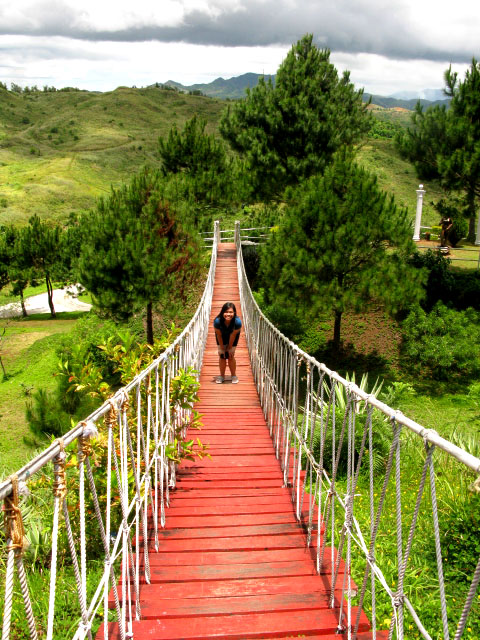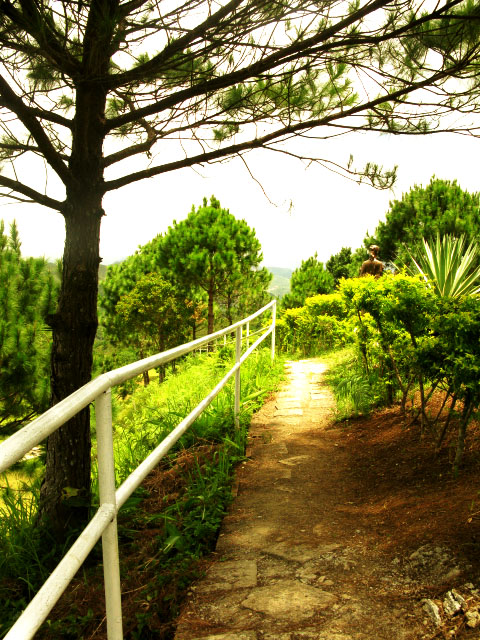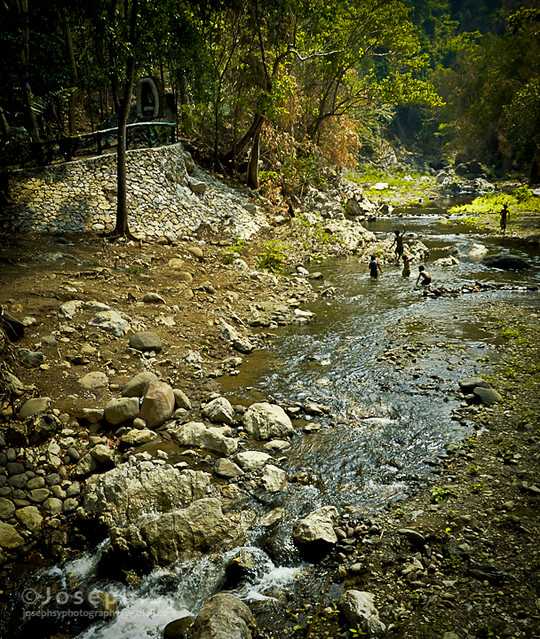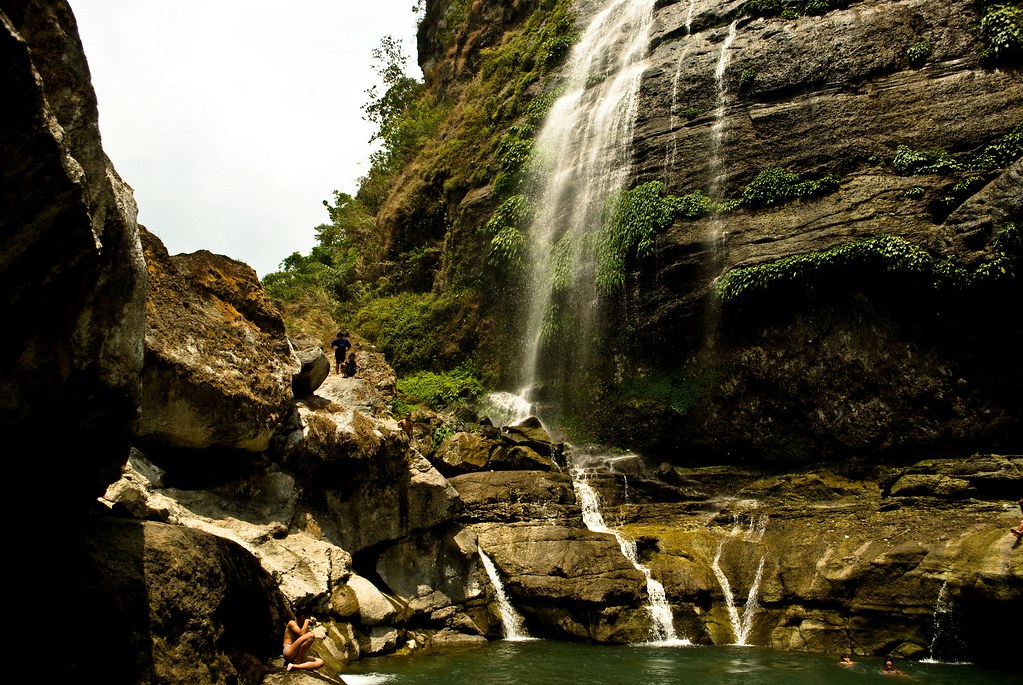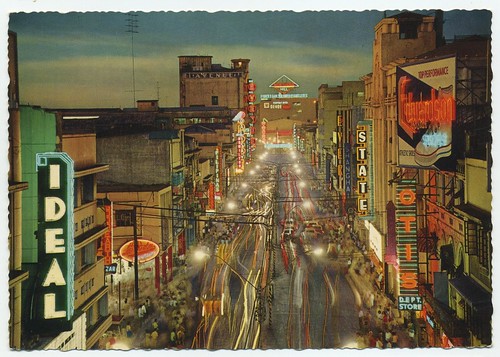A BOY’S MEMORIES OF MANILA
|
|  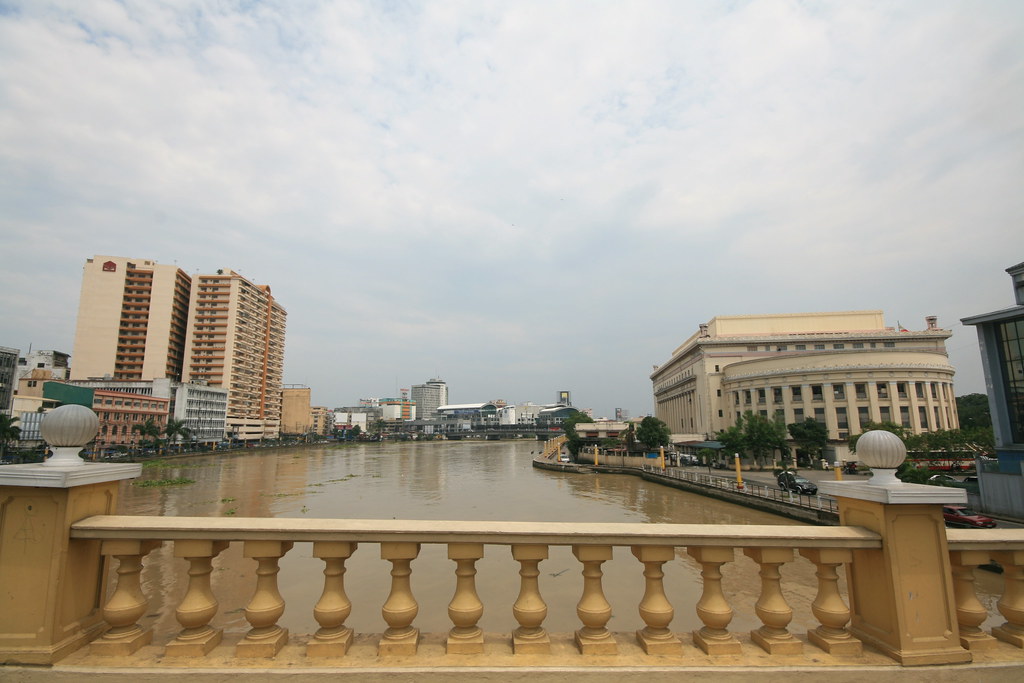 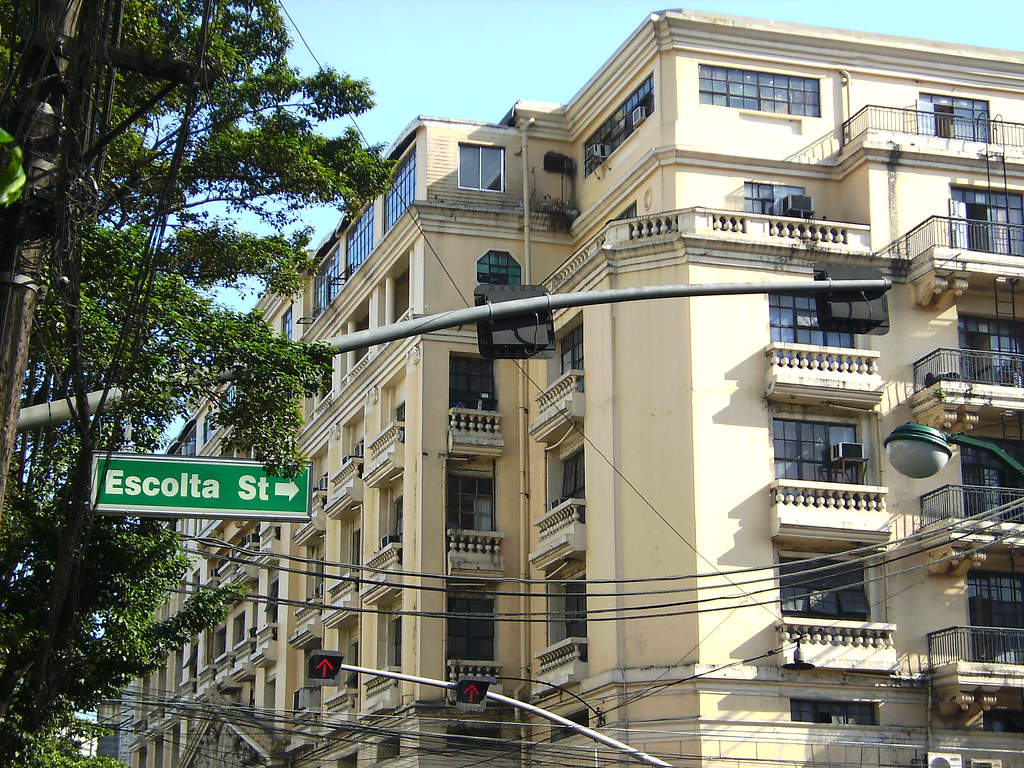 Taal Volcano Left Photo |
|
Manila ChinatownPrior to the arrival of the Spaniards in 1571, trade between ethnic Filipino Malays and Chinese traders was already established in pre-colonial Manila. Manila's Chinatown is one of the oldest in Asia, established sometime in the late 17th century. It is home to many ethnic Chinese who left the Chinese mainland for a home in the Philippines. Binondo is a stone's throw away from the District of Intramuros, which was the Philippine's administrative capital under Spanish rule. The district was within the range of Intramuros' canons to quell any uprising the Chinese could have started. Binondo became a center of commerce during the American colonial era of the Philippines, since the Chinese were known to be experts in trading and finance. Banks, department stores, restaurants, insurance companies, nearly all giant commercial establishments were built in Binondo, the most prominent of which are located in the Escolta Avenue, though these are somewhat out of vogue and dilapidated today. World War II destroyed much of Binondo's commercial establishments. After the war, most companies relocated to Makati, the current central business district of Metro Manila.
The Jones Bridge, initially named as the Puente Grande and later known as Puente de España, crosses the Pasig River and connects the districts of the Binondo, Chinatown and Escolta areas with the center of downtown Manila. This bridge is considered to be the oldest in all of the Philippines. | 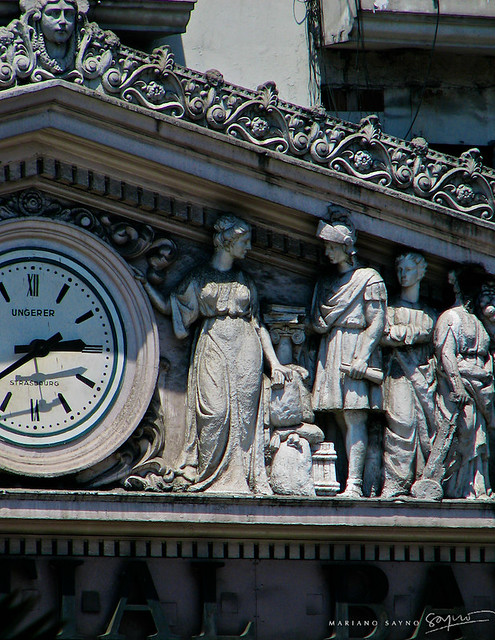
Manila Yacht Club, Roxas Boulevard across the Blvd. was our old quarters at the Manila Naval Station (MNS) |
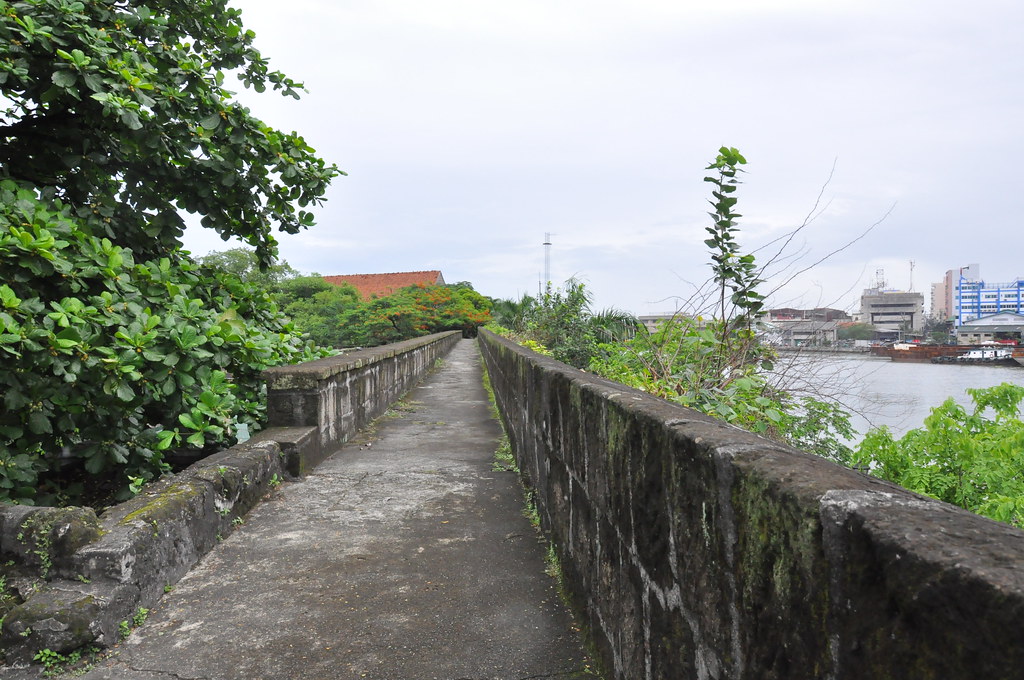
| My early recollection of the Legislative, Post office and the fortification near the Pasig River deserved some mention. Along these walls of Fort Santiago were a lot of Cogon grass that we use to clean and cut back in the mid 1950 as a civic duty and as a project for my cub scout den, designated then as Pack Number 1. During World War II, Fort Santiago was captured by the Japanese Imperial Army, and used its prisons and dungeons including the storage cells and gunpowder magazines for hundreds of prisoners who were killed near the end of the war.
| In the old days the walls were used as security and protection. Threats of invasion by Chinese, Japanese, Dutch and Portuguese pirates prompted the construction of defenses consisting of high stones walls, bulwarks and moats. The walls stretch to 4.5 kilometers in length, enclosing a pentagonal area aprrox. 64 hectares. The area consisted of residences, churches, palaces, schools and govt. buildings. Entry was made possible through gates w/ drawbridges, which were closed before midnite and opened at the break of dawn. |
|
Gen. Gregorio Del Pilar Shrine | 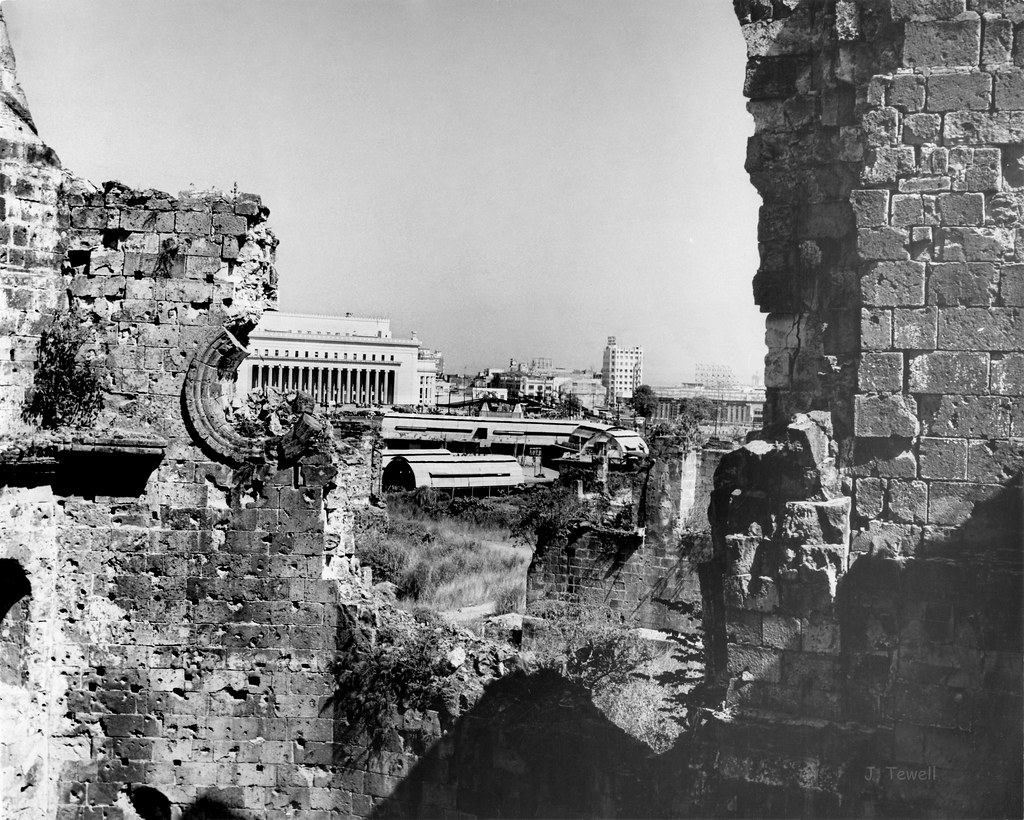 View from Old Intramuros prior to reconstruction, towards the Post Office Building and Santa Cruz Bridge from the ruins of Recolectos Church 1950s. Notice the grass and vegetation along the walls that we in our young days have to cut and clean. View from Old Intramuros prior to reconstruction, towards the Post Office Building and Santa Cruz Bridge from the ruins of Recolectos Church 1950s. Notice the grass and vegetation along the walls that we in our young days have to cut and clean. |
PMA was modeled after the United States Military Academy with officers from the Philippine Scouts and regularUnited States Army as instructors and members of the general staff. With the outbreak of World War II, training was disrupted at the PMA with Classes 1942 and 1943 being graduated prematurely and assigned to combat units in Bataan and other parts of the country. Many of these young officers perished in the war. After the war, the Academy was reopened on May 5, 1947, at Camp Henry T. Allen in Baguio City. But due to its increasing need for larger grounds, it was soon moved to its present location at Fort Gen Gregorio H Del Pilar, Loakan, some ten kilometers from downtown Baguio. During the 1960s, as a need for more well-rounded individuals was found to be desirable, socio-humanistic courses were added to the school's curriculum. |  |
|
Quezon Memorial Circle |
Dr. Jose Rizal MemorialPaco Park and Cemetery |
Andres Bonifacio EDSA cor. Rizal Avenue |
|
Andres Bonifacio's monument in Caloocan City, Andrés Bonifacio was one of the chief leaders of the revolution of the Philippines against Spanish colonial rule. The 1896 Philippine Revolution was the first revolution in Asia against European colonial rule. |
Dugo sa Magdalena. Kinalugmukan ng duguang katawan ni Emilio Jacinto sa simbahan ng Magdalena, Laguna | 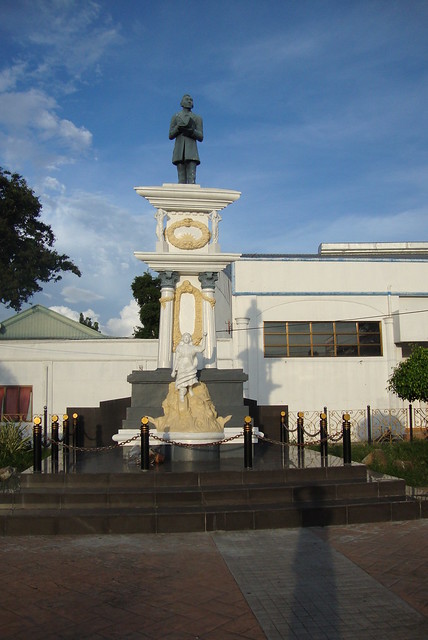 Mabini monument.This is Apolinario Mabini's monument located at the plaza fronting the city hall. Mabini, tagged as the "Sublime Paralytic", is a son of Tanauan. |
|
In my days we just call this place as Luneta. Manila is the site of the country's premiere park, Rizal Park, which was erected for the country's national hero, José Rizal. Besides having parks and green areas, Manila is the home to several plazas, such as the Plaza Balagtas and Plaza Miranda, the site of the1971 politics-related bombings. Within Manila lies notable parks and green areas, such as the Cultural Center of the Philippines, the Rajah Sulayman Park, Manila Boardwalk, Liwasang Bonifacio, Mehan Garden, Paco Park, Remedios Circle, the Manila Zoological and Botanical Garden, Pandacan Linear Park, and the Malacañang Garden.
National Press ClubLegaspi Urdaneta Monument right photo | 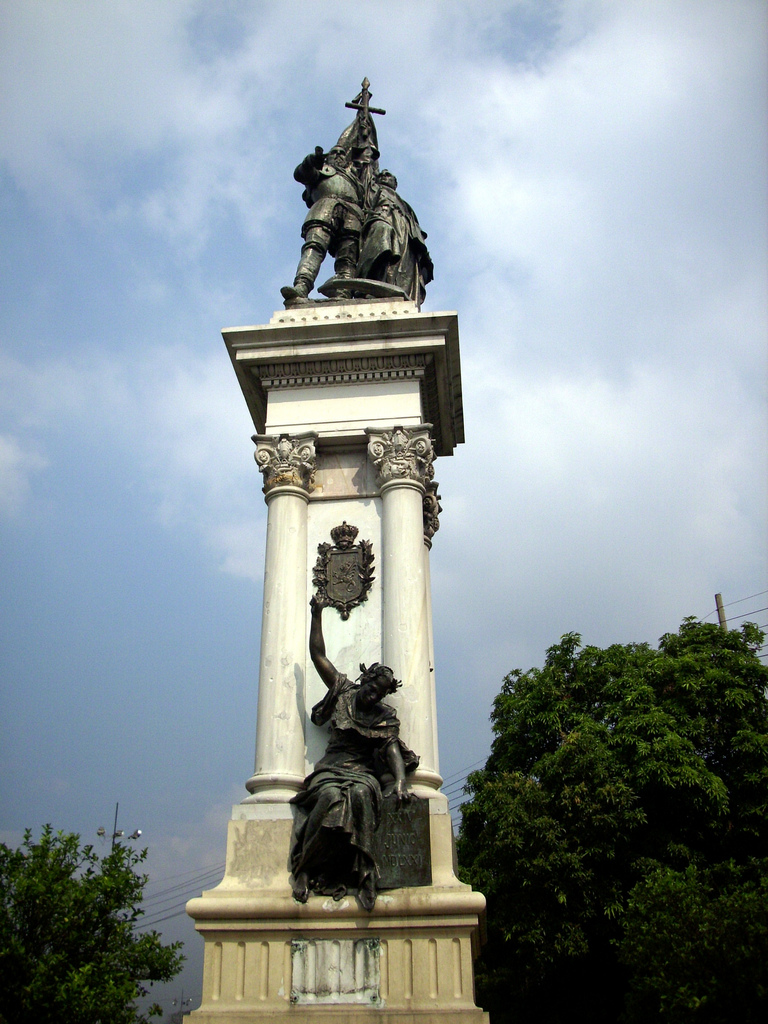
Intramuros – Manila This was the place where as a child, I watched young men in fatigues with rifles. Later in college, I would be here, ROTC drills right there at the back of San Ignacio Church ....beside Ateneo ....on the Western side of Sta Lucia |

Rojas Civilian Shipyard -1956-photo Located on Sangley Point Navy Base, in background, looking across Canacao Bay is the Philippine Navy Base |
|
Fort San Antonio Abad in Malate, Manila, Philippines, from the south looking northwest. Fort Abad is of significant historical importance and a Philippine national treasure. It is strange that so few know about it. It is great that it survives today in good condition and is being protected. It has so much history behind it. The British invasion of Manila in 1762 took this fort first then the American invasion in 1898 did the same. It is located behind the Metropolitan Museum of Manila on Roxas Boulevard. This was the site of the old Manila Naval Station our old military quarters, across the Cultural Center of Imelda.
Sangley Point Main Street-1956-photo Papa became CO of this base in the 1970. |  Going Home | I remember my father on the bridge of RPS 1133, like the ship on the right. I was a pre school kid then, looking at a young Lt. taking his ship out to the open seas, out of Manila Bay. 1960: I became aware of my heritage in my junior year at UP Prep and began preparation for my appointment as a cadet at the PMA at Fort Del Pilar. This was a period in my teen years that I remember fondly, memories in my High School, of the hectic days, dashing thru the corridors catching my schedule of classes at Rizal Hall. I recall my bag loaded with books, eager, wide eyed, and quick to learn the tenets of math, the arts and sciences. I remember past friends and stormy situations that most teenagers weathered through. As in life surviving the unspoken pecking order among bigger classmates and the so called in crowd was the rule. That lone wolf streak that kept me apart, which peers seemed to see as a weakness was a measure of heritage that set me off from the current teenage precepts of the day. Later, when of age and after further studies, having ever spurred curiosity, whetted my appetite for a life of adventure, of soldiering and foreign lands. Dewey Blvd: The jetty potruding out to Manila Bay is the future Cultural Center, on the other side of Dewey is the Manila Naval Station (MNS) where we lived from 1965 to 1966. the headquarters of the Philippine Navy was relegated to a small block of land south of the Manila Yacht Club. The original plan was to reclaim the site of the cultural center(CC) to replace the location of the MNS by the Central Bank. Imelda Marcos, saw this valuable real state and confiscated the plan for her project the now CC. The yacht club remained, the Navy base (MNS) was transferred to Fort Bonifacio. |
|
Fort San Antonio Abad Malate; Manila
Fort San Antonio Abad • Manila |
The old Navy base inside Manila Naval Station at Dewey Blvd. adjacent to the Manila Yacht Club. The Manila Cultural Center foreground/below |
| Dean of Academics National Defense College, Command General Staff First Command RPS 1241 Aboard the old PT boats(Thorneycroft Q boats) | Papa aboard a Cyclone. A modified design from Vosper Thorneycroft of England who built the first modern warships for the Philippines before WW2. The Thorneycroft company built the Philippine Commonwealth's Off-Shore Patrols 40 knot torpedo "Q" boats. These were the Coast Motor Boat (CMB) 55 foot and 65 foot designs. Picture Circa 1947 at Cavite Naval Base. Guam Naval base in the late 40’s
|
Ramparts of Fort San Antonio Abad where the old HQ of MNS was an addendum perched on top. The old building is gone but the fort remains in its original grandeur. |
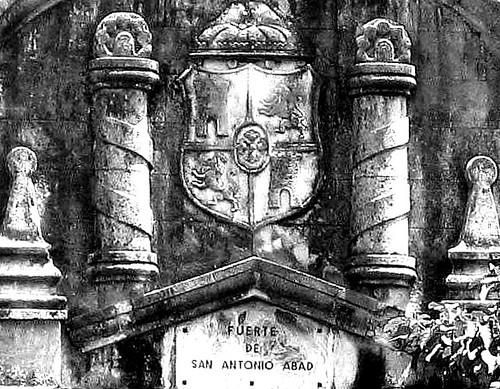 |
| 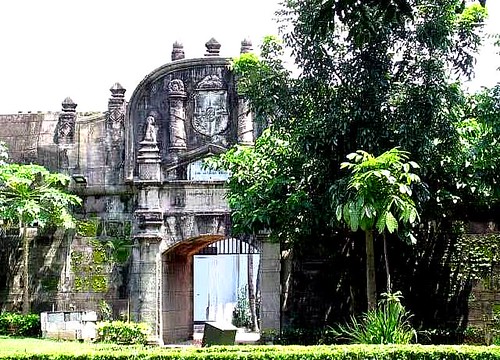 FORT SAN ANTONIO ABAD |
|
|
|
Defense Secretary Ramon Magsaysay overseeing the capture of William Pomeroy, an American ideologist and leader of the Nueva Ecija Huk Propaganda Corps. Prior to assuming the presidency, RM was Defense Secretary in Pres. Elpidio Quirino’s Cabinet. For more information on the capture of William Pomeroy
Atty. Diosdado Macapagal raises the Philippine flag at Turtle IslandsAtty. Macapagal got his first break as a public figure in 1948 when Vice President Quirino, then concurrently Secretary of Foreign Affairs, appointed him as Assistant Chief of its Law Division and assigned him to negotiate the return of the administration of the Turtle Islands from the United Kingdom to the Philippines. He succeeded and [Vice President] Quirino gave him the privilege of raising the Philippine flag over the islands.
Ruins at Corregidor
Ferry Dock | I remember this building pretty well. When I was a child, my mother and I would collect the salary from the cashier’s office, while my father was away on missions. Then later on, lived across Roxas Blvd. when father was the CO of the Manila Naval Station. Above is the Philippine Navy headquarter building in Metro Manila. This was also the venue of my High School graduation ball at the officer’s club in 1961.
Hospital Jabidah Grafitti. There is another story of Corregidor that is much less well known. Back in 1968, there was a slaughter of muslim Filipino soldiers training on the island by then Philippine President Ferdinand Marcos which became known as the Jabidah Massacre. To make a long story short for my American friends think of it in these terms: It's as If President Kennedy during the Bay of Pigs had killed all the Cubans he trained to invade Cuba because they changed their minds and refused to go through with it. Having a large force of disgruntled, well trained and armed revolutionaries on Corregidor, Marcos decided to have them liquidated. On 18 March 1968, all these specially trained soldiers meant to invade the Malaysian island of Sabah were murdered at Kindley Airfield. As the story is told from the Corregidor guide, these soldiers that were killed apparently wrote their names on the walls of the hospital in the days preceding their deaths. | I missed this early morning and late afternoon call to the colors at (MNS), this bugle call melody is used to accompany the raising of the Flag (the national colors). It's used when no band is available to render honors. "When it's played on military bases, all uniformed personnel are required to come to attention and present a salute, either to the flag, or in the direction of the music if the flag is not visible".
When World War II began, the Philippines had no significant naval forces after the United States withdrew the Asiatic Fleet following the Attack on Pearl Harbor by the Imperial Japanese Navy. The ThPhilippines had to rely on its OSP with headquarters located at Muelle Del Codo, Port Area, Manila which composed of a high-speed Thorneycroft Coast Motor Boat (CMB) 55-foot (17 m) and 65-foot (20 m) PT boats, to repel Japanese attacks from the sea.During the course of the war, surviving personnel of the Offshore Patrol conducted guerilla hit-and-run attacks against the occupying Japanese forces.
Corregidor on the horizon. Between December 24, 1941 and February 19, 1942, Corregidor became the temporary location for the Government of the Philippines. On December 30, 1941, outside the Malinta Tunnel, Manuel L. Quezon andSergio Osmeña were inaugurated respectively as President and Vice-President of the Philippines Commonwealth for a second term.
The Tail of Corregidor Island with Hooker's Point at the farthest end |
|
Church at the Campo Santo de La Loma. Today it is All Saints' Day. Filipinos observe this day by visiting their dead relatives in cemeteries and memorial parks and columbariums, go to church and light candles in commemoration of this day
La Loma Cemetery, memorable for its vegetation and semi rural setting that attracts the youth for adventure specially at twilight and even at pitch dark on a moonless night. Every year in the last week of October, Filipinos take a Roman Catholic inspired holiday to remember the dead. Cemeteries all over the country come alive during these days, as relatives of the dead spruce up the graves of their ancestors. |
Walls of La Loma Cemetery, Late 1940s post war Manila,
La Loma Cemetery, Late 1940s post war Manila,
|
|
 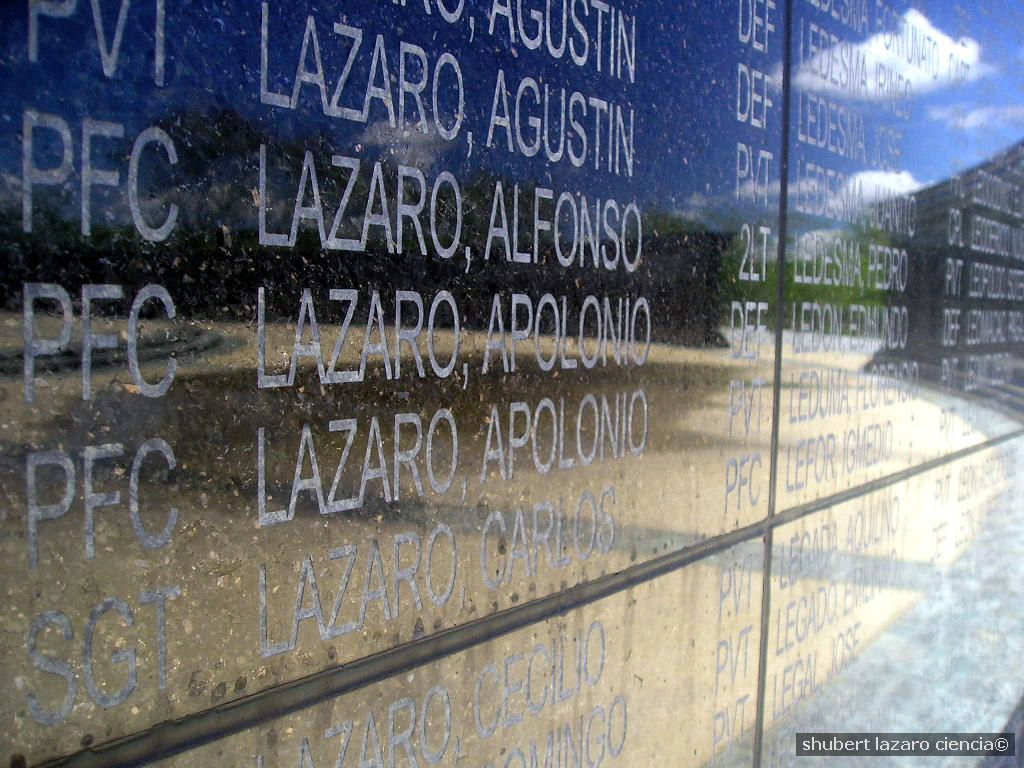
Japanese Sentry Tower - Camp O'Donnell, Capas, Tarlac |
Libingan ng mga bayani. Fort Bonifacio. |
| Although La Loma was not a haunted Cemetery, to my belief, there was a time I got stranded after an afternoon play with a classmate. It became a different setting when darkness fell, I felt so alone and just walked fast to get away from the surrounding concrete fence of La Loma. I have been there in 1953 to 1957 and many stories of the ghost of recent burials and internments were circulating around. The image of a young Japanese artillery officer with a close beard haunted the outside graves. Walking in short pants with his samurai sword slung at his side wearing his soldier’s tunic, or seen sitting alone smoking. The description is aptly backed, by the presence of canons, field pieces in the cemetery. He just walks up to visitors and usually asks for a light. Many startled mourners say he will attend a funeral and walk up at the end of services tap you on the shoulder ask for a light. Simply it has been said that, you turn and he's not there.
The Cement Cross In wishing to honor our comrades who died so far away from home the battling bastards of Bataan Death March commissioned the construction of this Replica of the “Cement Cross” in the hope that all those who may pass by to view this memorial will remember the many young Americans who gave their lives in defense of their country and of the Philippines. In June of 1942 the Japanese authorities at the American side of the Prisoner of war enclosure at Camp O” Donnell, two kilometers north of this site presented the prisoners with some Cement. The American Prisoners decided to build a Cement Cross to honor the memory of their dead comrades. Completed later that month. The cross remained hidden amidst tall grass until was discovered by returning American Forces in 1945. Left where it originally stood unknown to most and battered by the elements. The cross was again forgotten. Rediscovered by Bataan Veterans visiting the area in 1961. The cross became the historical symbol of the American Prisoner of war enclosure and its dead. When American military presence ended in the Philippines in 1992. The cross was brought to the National Historic Site Andersonville, Georgia, USA. Where it is now kept and displayed. This Replica stand as a reminder of America’s unprepared ness before the outbreak of World War II. | 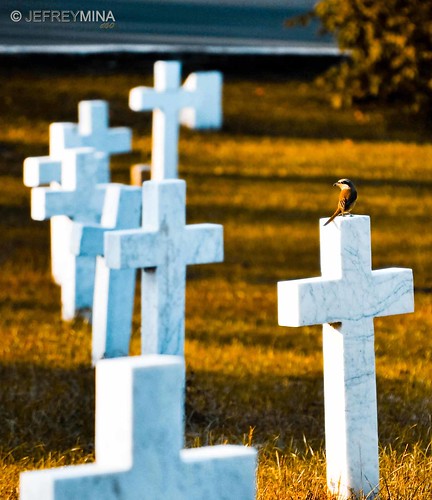 Libingan ng mga BAYANICoast Guard At Port Area Manila left photo, La loma Cemetery next above, Libingan ng mga Bayani (heroes cemetery) Fort Bonifacio close to where we live at the Navy Village, Fort William McKinley then (Fort Bonifacio)It was the final stage of the tragic death march and a concentration camp with an open field which served as the dumping grave site of Filipino and American soldiers who died with debilitating diseases. It has witnessed the endless sufferings of the sick and the neglected only to die, then dropped in mass with three and half feet depth and those who survived the darkest moments of their lives, they narrated with tears clouding their eyes, the traumatic experiences encountered during their detention, as they gasped with depression and sadness and said CAMP O” Donnell, that was.
| 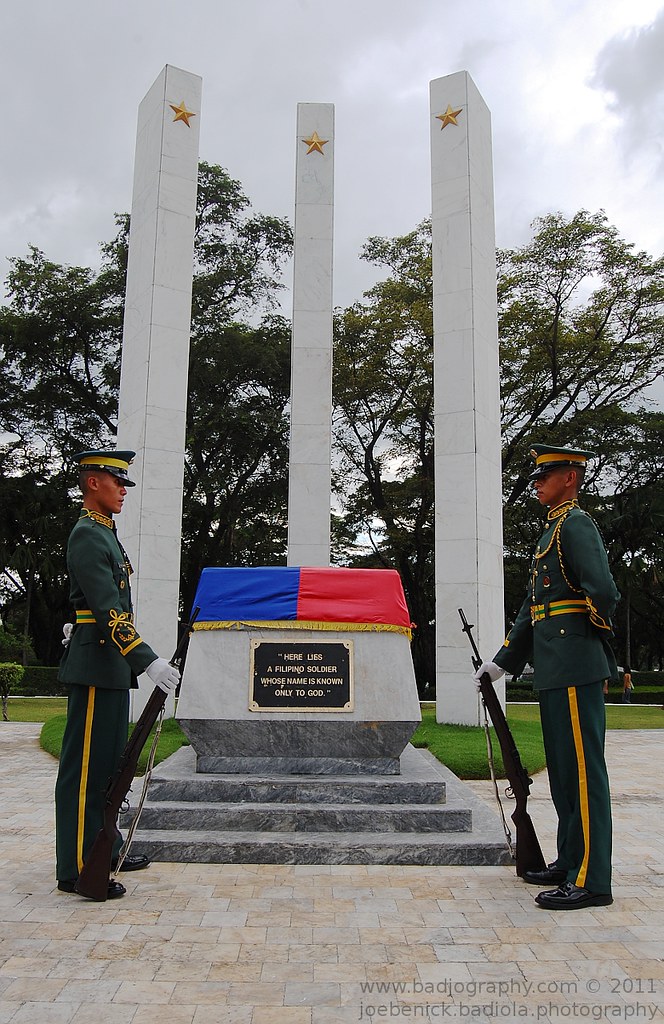
Camp O'Donnel (Capas Tarlac). the American sector of the war memorial.In San Fernando the POW’s where loaded on the trains bound for Capas, Tarlac, The Boxcars normally carried 50 persons, but the Japanese packed them up 100 to 115 Prisoners. At each stop, The Boxcars were open to give the Prisoners fresh Air. The POW’s got off the train at Capas and marched the final kilometer to Camp O” Donnell. |
|
Remnants of Daniel Burnham's stamp in Manila - the old Dewey Blvd. - now Roxas Blvd. Driving through the boulevard feels like driving through Chicago's Lake Shore Drive ... This picture of the boulevard feels like it was taken from a highrise on Chicago's Lake Shore Drive near Goethe and Inner Drive. The US Embassy is situated along this boulevard around the area of the lights jutting into the bay.
Remnants of Daniel Burnham's stamp in Manila - the old Dewey Blvd. - now Roxas Blvd. Driving through the boulevard feels like driving through Chicago's Lake Shore Drive ... Actually Burnham designed plans for Manila (1905) before he designed Chicago (1909). Parts of the design, based on the City Beautiful movement were implemented - like this boulevard along Manila Bay. He also designed Baguio City, the summer capital of the Philippines, situated up in the mountains of Northern Philippines.
|
|
On the foreground (right bottom) is one of the American colonial style buildings in the city of Manila ... that was a part of Daniel Burnham's plan for the Manila and most probably designed by Burnham's proteges. (This may be the old Finance Bldg.)Escolta, Bergs on your right, Lyric movie theater further out to the right. Lyric Theater- a theater house that I used to get in and watch Splendor in the Grass, From Moment to Moment located in Escolta, Manila. It was owned and operated by Eastern Theatrical, Inc. At the far end of Escolta is one of the most beautiful streetscapes in the city with two breathtaking pre-World War II buildings facing each other: the Regina Building and the Perez-Samanillo. Historic Quezon City. Manuel Quezon's burial monument located at Quezon City Circle, Quezon City, Philippines. Left Photo |
|
|
|
The place where the parish church of Espiritu Santo stands now was an old cemetery, officially closed by the Sanitary authorities already in 1913 due to the growing population in the vicinity. (There was a tree that served as an improvised belfry; on its branch hanged a bell. The two young seminarians studying at CTS, Juan Tugadi and Tomas Pacano, used to climb it to ring the bell. The two later became SVD priests.) In January 1926, Archbishop Michael O.Doherty of Manila blessed the place where a church dedicated to the Holy Spirit was soon to rise. His Excellency gave a substantial donation for the construction of the church in the amount of P20,000.00. In 1928 our SVD missionaries started the construction of a church building. When Fr. William Finnemann was consecrated Auxiliary Bishop of Manila in 1929, Fr. Philip Beck took over as parish priest in December of 1931 - to him fell the burden of continuing the construction of the church. A crypt which contained 444 niches was built underneath the altar. The niches were sold to local residents and the proceeds used for the completion of the church. After much sacrifice and support from generous benefactors, parishioners and friends, the church was finally finished. It was blessed on the occasion of the parish fiesta on May 14, 1932 by Bishop William Finnemann himself - the first parish priest of Espiritu Santo Church. |
| February 9, 1946, the Capuchins obtained the official authorization from the government to restore the church of Lourdes in Intramuros. An official letter indicating the approval of the church and its condition, a plan of the church building was approved and signed on February 17, 1946. However, the Capuchins decided to build a beautiful and wide church in Quezon City, Retiro St. because Intramuros was a deserted place, abandoned by people and nobody’s land. The property of Intramuros where the Church of Lourdes and the Central House was sold to support the building of the new church at Quezon City. |
|
Altar at Our Lady of Lourdes retiro , Q.COne cannot mention the devotion to Our Lady of Lourdes in the Philippines without citing the people behind the devotion. It was a layman Don Regino Garcia who ordered the Filipino sculptor Manuel Flores to make a statue of Our Lady of Lourdes, which was placed at the side altar of the church of the Capuchins in 1892. March of the same year, the capuchins with the help of Fr. Mc Carthy, an Augustinian priest, brought the image of Lourdes to the University of Santo Tomas. During Palm Sunday of the same year, the image of saints are covered with veils by the Dominicans including the image of Lourdes and handed it over to the Capuchins and carried it to the chapel of Santa Teresita for the celebration of Flores de Mayo.
Mass at Lourdes Shrine |
the cloisters of Sto. Domingo Church / Convent complexIt was during the Novena at Our Lady of Lourdes when the Japanese ordered all residents of Intramuros to go out of their houses and gather together at the four (4) main places of Intramuros: the Hollywood Theater, the San Agustin Church, the San Francisco Church and the Cathedral. Our Virgin of Lourdes and all the most necessary things were transferred from to altar to the receiving room of the convent of San Agustin Church. On February 11, the Feast of the Virgin of Lourdes, the capuchins and devotees appealed to the Japanese for permission to say 3 masses in the sacristy. The permit was granted, allowing 3 Superiors celebrating 3 masses for the feast: Franciscans, Augustinians and the Capuchins. How was the image of Lourdes was saved during the war? Many people especially the devotees of Lourdes cried out to the capuchins to see the beautiful Virgin of Lourdes wondering how it was saved. According to history, when the capuchin brothers abandoned the church of Lourdes, Intramuros and the central house, they carried with them the image of Lourdes. Some days later, the Capuchin Custos, ,Fr. Florencio of Lezaun, gathered all religious articles: chalices, ciboriums, monstrances, relics and the treasure of the Virgin of Lourdes: crowns, rosaries and jewels. All together they put in iron box at the bank of D. Raimundo Salonga in Binondo. For the refuge of the Capuchin brothers, they were ordered by their superior to go to San Agustin and placed the images of Lourdes in the wide sacristy of the church. They continued on the daily novena exercises together with the religious of other orders and devotees including Doña Martina Azucena who was miraculously cured in 1896 before the image of Our Lady of Lourdes. |
the facade of Sto. Domingo Church
Lourdes Church FacadeOL of Lourdes Fiesta 2010, OL of Lourdes Shrine, Amoranto Ave., Q.C., Philippines
Portal to Old San Lazaro Hospital RuinsShrine of St. Lazarus, Avenida Rizal cor. Tayuman, Manila, Philippines |
|
San Beda Church (Manila) A Swedish architect, George Asp, designed the church that was completed in 1925. Fr. Peter Celestine Gusi (OSB) later added the side chapels and galleries between 1947 and 1958 |
San Beda Church (Manila)The church is reknowned for its paintings that were done by Fr. Lesmes Lopez (OSB) and Bro. Salvador Alberich (OSB) from 1930 until 1939.Right Photo San Beda Church (Manila) A closer view of the main altar. |
|
|
Old San Lazaro Hospital Ruins. Shrine of St. Lazarus, Avenida Rizal cor. Tayuman, Manila.The Manila Jai Alai Building was a building designed by American architect Welton Becket that functioned as a building for which jai alai games were held.[1] It was built in the Streamline Moderne style in 1940 and survived the Battle of Manila. It was considered one of finest Art Deco buildings in Asia. It was demolished on 2000 upon the orders of the Mayor of Manila Lito Atienza amidst protests, to make way for the Manila Hall of Justice, which was never built | Summer of 1950 sparked the beginning of the Korean War. As a police action the United Nations sent 16 member nations to uphold peace and democracy in South Korea. One of these countries was the Philippines who arrived in September of 1950. Very little is known about the Philippines' participation in the Korean War, let alone the soldiers who fought for democracy. These are their memories, the memories of the Forgotten. Jai Alai structure on Taft Avenue, photo at the right and below. |  |
|
Old San Lazaro Hospital Ruins Shrine of St. Lazarus, Avenida Rizal cor. Tayuman, Manila |
|
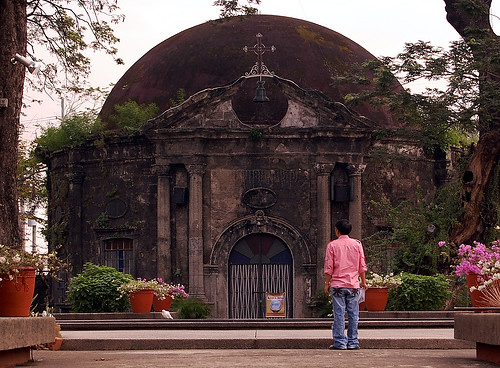 Paco Park ( Manila). Visita Iglesia during vacation in the Philippines. Paco Park's Chapel of San Pancratius is where the remains of Spanish colonial Governor General Ramon Solano was interred. The park was originally designed by Nicolas Ruiz as a cementery of the Spanish colonial elite. It was built in the later years of the 1700s making it one of the oldest, if not the oldest, cementery in the Philippines. The GOMBURZA martys- Fr. Mariano Gomez, Fr. Jacinto Zamora, and Fr. Jose Burgos- were buried here after their execution in 1872. Twenty-four years later in 1896, the executed Dr. Jose Rizal was also secretly buried in the cemnetery. His remains were later exhumed in 1912 and moved to what his now his grand monument at the Luneta. Interment in the cementery was probihited in 1912 and most of the remains of those who were buried were moved out. The cementery became a national park in 1966.
Paco Park, Manila. A cross now marks the burial site of the GOMBURZA martys inside the park.
Paco Park (Manila) Dr. Jose Rizal was secretly buried in the park after his execution. His remains were later exhumed and interred beneath the Rizal Monument at the Luneta.
|
San Lazaro Leisure Park Race Track
San Lazaro Leisure Park RaceThe Jesuits built the first Roman Catholic Church in the area where the present Santa Cruz Parish stands on June 20, 1619. The Jesuits enshrined the image of the Our Lady of The Pillar in 1643 to serve the pre-dominantly Chinese residents in the area. The image drew a lot of devotees and a popular cult grew around it. On June 24, 1784, the King of Spain gave the deeds to about 2 km² of land that was part of the Hacienda de Mayhaligue to the San Lazaro Hospital which served as a caring home for lepers in Manila at that time. At the Santa Cruz Parish, a small park was built that linked the area into the headquarters of the Spanish cavalry, the building that once was the College of San Ildefonso, operated by the Jesuits. The district in the Spanish times also had a slaughter house and a meat market and up north was the Chinese cemetery. The Franciscan fathers were given the responsibility to care for the lepers of the city and specifically the San Lazaro Hospital. A Fr. Felix Huertas developed San Lazaro into a refuge for the afflicted and it became a famous home for those afflicted in the north side of the Pasig River.
47 Lincoln 76H Sedan with it's 292c.i. 2BBL 125 H.P. Flat Head V-12, 3 Speed Manual Transmission, Stock Rear Axle & Gear Ratio. The video above is the same as my first car. Like any boys yearning to have his wheels and freedom, I learned to drive at the age of 14 barely reaching the gas pedal and my head above the dashboard. Later I bought the car from my father at the measly sum of 100 pesos. The Philippine General Hospital located on Taft Avenue beside my High School at Padre Faura was a public hospital but regardless was fortified by the Japanese in violation of the Geneva Convention. Inside there were many Filipino patients and several thousand Filipino refugees that were seeking what they thought would be safe shelter. On the roof on both ends there were large white circles with large red crosses. From Feb. 14 to Feb. 17, 1945 the Americans shelled the area. Some of the shells hit the buildings and many innocent Filipinos were injured and many lives were lost. Notice that the right end of the building was hit with an exploding shell. And notice a hole through the roof on the left end of the building in the white circle area close to the red cross where a shell hit but did not explode. Tutuban Railroad Station When the PNR began its operations on November 24, 1892, Tutuban Station became a place of business. It opened its doors to businessmen coming from different parts of Manila. Commerce played a large role in awareness about Tutuban, and it served as an important trading complex due to its very strategic location in Divisoria. Produce coming in by bulk from several provinces are unloaded in the station, and then distributed to retailers awaiting at the station. The etymology for the name “Tutuban” was believed to have come from the sounds made by the locomotives stationed in the area. However, the word actually comes from “tuba,” the name of the local alcoholic drink made from coconuts, since previously Tutuban was the center of production of this beverage. Natives referred to the place as Tubaan ... meaning a place where the "tuba" (native alchoholic beaverage) came from. Tutuban Station is also famous for being the birthplace of the revolutionary Andres Bonifacio. In commemoration, a monument stands in the current mall's plaza.
Tanay Lighthouse |
San Lazaro Leisure Park Race Track
Hauling Manila hemp fiber to market,
Binondo Church is located in Manila's Chinatown at the western end of Ongpin Street, Binondo. This church was founded by Dominican priests in 1596 to serve their Chinese converts to Christianity. The original building was destroyed by a bombardment by the British in 1762 during their brief occupation of Manila at that time. The current granite church was completed on the same site in 1852 and features an octagonal bell tower which suggests the Chinese culture of the parishioners. Binondo Church was greatly damaged during the Second World War, although fortunately the western facade and the octagonal bell tower survived.
Tanay, lake meets the mountain |
|
Sampaloc, Tanay My Grandfather’s Homestead sold for a measly sum gave me a strong lesson about the intrinsic value of land. Moral lesson gained….Accumulate and never to sell unless to exchange for a bigger valuable parcel. |
|
Tanay Church in Rizal
Tanay Church in Rizal |
|
|
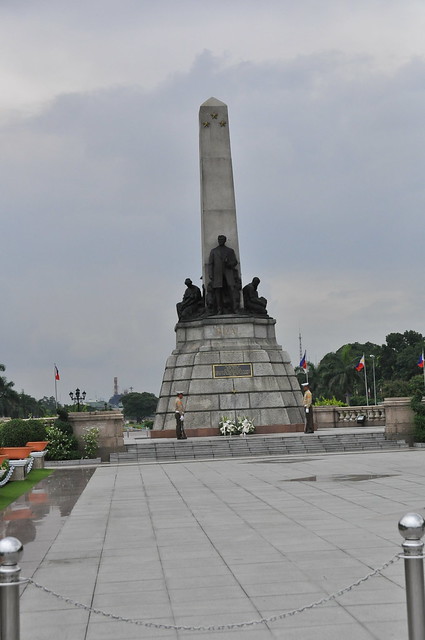
The Heritage Bells, the bigger one cast in 1832, the other one fifty years later, were once used to signal the start and end of classes at the Ateneo de Manila campuses in Intramuros and Padre Faura St. During my High School days, the basket ball court at Ateneo was always our venue, most probably due to the trees which shaded the court. The Padre Faura campus continued to house the professional schools until 1976. Fr. Francisco Araneta, S.J. was appointed as the Ateneo de Manila's first Filipino Rector in 1958. In 1959, its centennial year, the Ateneo became university.  |
Manila Harbor, and Intramuros, Philippines, late 1950s or early 1960s. Notice that this photo was taken before much rebuilding in Intramuros and there is lots of empty land showing just how much of the city was cleared after WWII. |
|
Customs Building, Port Area, Manila
Port Area Manila |

|
 |  |
|
|
|
|
|
|
Altar at Sanctuario de San Antonio, Forbes Park |
 |  |
| 1960: Pasig River still alive then, now heavy polluted and black in color. The Pasig River was a clear, flowing body of water that served as the center of commerce in Spanish colonial Manila. Stretching 27 kilometers, it connects Laguna Lake to Manila Bay and was the major source of water and livelihood of the many communities along its banks. People washed clothes in the shallower waters and fisher folks’ daily catch were always bountiful. The passenger boats that plied the river from the nearby province of Laguna to Manila and back served as the primary means of transportation. Today’s generation, however, has no recollection of the Pasig River in its heyday. Sunset at Manila Bay where the Pasig River empties. In my late sixties, I begin to see the value of childhood memories, as a legacy worth sharing it to my family and that I, hopefully, will not be forgotten when I leave this physical world. My consciousness started on a bright November day in 1946 at the age of two. I experienced my new relation with my sister Aleta newly arrived from the hospital the night before. On this early morning, while waking from deep sleep in the bedroom, I saw my mother and the new born baby. I stood up watched my sister take my place as the new “baby” supposed with the jealousy of a child wondering what his new status is.
At a distance I could see my mother's pretty face nourishing my little sister, as I ran toward her. I can only imagine her smiling face filled with assurance to know how I felt, tinge with a fear of rivalry, little legs running toward her. Right photo, one month before Aleta was born, bottom photo further down taken at graduation from Grade 7, March 17, 1957. | 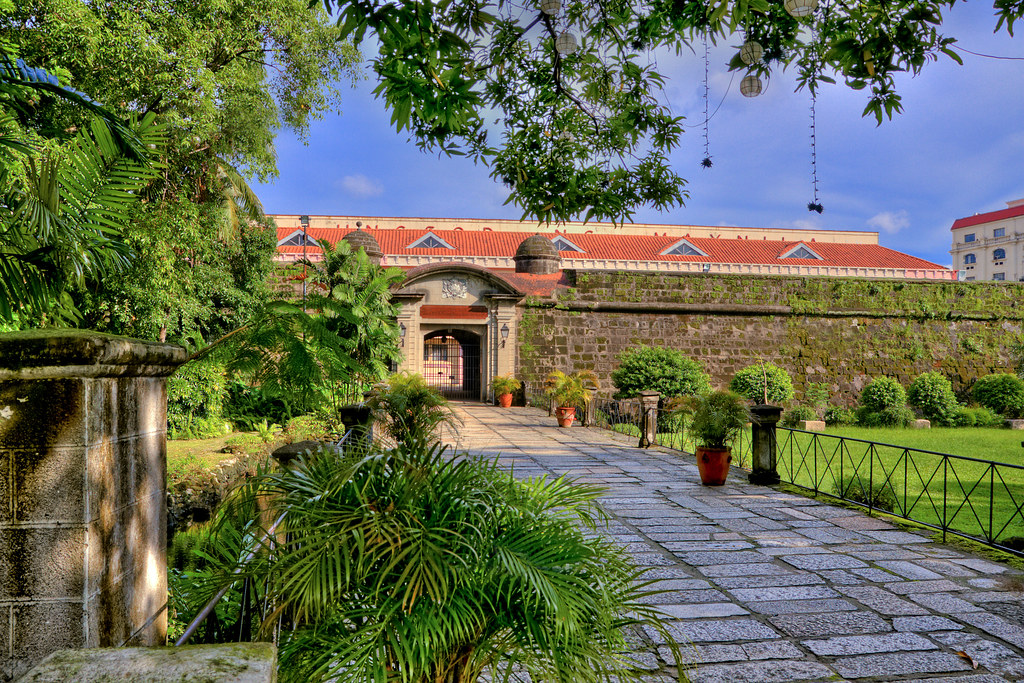
Angeles del Pilar ……..1919-1994
I have always regarded my mother as the most patient, gentle and beautiful person in my life. She was my model during my search for my future wife. As a little child I loved her most of all, now that I am old, my love for her has grown beyond this world. I terribly miss her presence and tender care. |
|
Chapel Sculpture Facade of the 60-ft tall chapel of the American Cemetery in Fort Bonifacio, Taguig City. The sculpture represents, from bottom to top, the young American warrior symbolized by St George, fighting his enemy, the dragon, in the jungle. Above them are the ideals for which he fought: Liberty, Justice, Country. Columbia, with the child symbolizing the future, stands at the zenith. Information sourced from the Manila American Cemetery and Memorial pamphlet.
High Noon at the BatttlefieldRight hemicycle of the Manila American Cemetery, viewed from the entrance of the left hemicycle. The gap between the gray pebbles is the path to the memorial's chapel. For more information, please see
In Memoriam
OppositesShot at the Manila American Cemetery. The brownish smooth hardness of the limestone tablets against the dark, disordered patterns of the tree's foliage. Order and disorder. Life. Gone, and the living.
Wall of the Missing. Continuing with the B&W project. Shot at the Manila American Cemetery in Fort Bonifacio, Taguig City. As the sun gently sinks, the shadows slowly draws across the names of the missing valiant - exactly 36,286 American and Filipino servicemen are recorded in these limestone tablets.
Manila American Cemetery and MemorialManila American Cemetery and Memorial is located in Fort Bonifacio, Taguig City in Metro Manila, Philippines.
Manila American Cemetery and Memorial
Nave Chapel of Our Lady of the Miraculous Medal, Philippine Women's University, Manila, Philippines
Puerta de Isabel Gate through the old Spanish Wall, Intramuros, Manila
Puerta Postigo del Palacio Gate, Intramuros, Manila, Philippines
|
|
|
Bomod-ok Falls. Sagada, Mt. Province, Philippines
Curvy Road over Mt. ProvinceSagada, Mt. Province
Taal Volcano
Pasay City, Roxas Blvd. at Aristocrat (Barbecue Plaza)
Plaza Miranda-Quiapo 1950's-1970's Metro Manila
Quezon Blvd.- Quiapo1950's-1970's Metro Manila,
Rizal Theater-Makati 1950's-1970's Metro Manila, Philippines
Palm Sunday
Benediction every Monday afternoon. Our ritual at Espirito Santo Parochial School
|
Before I left for the US we visited Tagaytay for the last time. From the ridge, a magnificent view of Taal can be seen, and Taal lake as the picture above can be accessible by car from the main road.
Taal volcano as seen from Picnic Grove on a cloudy day.Taal Volcano is a complex volcano. Historical eruptions are concentrated on Volcano Island, an island near the middle of Lake Taal. The lake partially fills Taal Caldera, which was formed by powerful prehistoric eruptions between 140,000 to 5,380 BP. Viewed from Tagaytay Ridge, Taal Volcano and Lake presents one of the most picturesque and attractive views in the Philippines. It is located about 50 km ( 31 miles ) south of the capital of the country, the city of Manila. |
Sangley Point Main Street-My father became the CO of Sangley Point Cavite Naval Base in the 70’s.1956-photo
I would be remiss if I do not mention my favorite swimming hole in Tanay, Daranak Falls. Remembering fondly, cherishing memories of early summer vacations spent at this place. This 14-meter high falls is truly a refreshing site. A short walk over the top of Daranak are smaller, cascading streams known as Batlag Falls. It is located at Bgy. Tandang Kutyo in the town of Tanay. The place has been transformed into a public park/resort operated by the government.
Aurora Blvd.-Cubao1950's-1970's Metro Manila,
Old Capitol Movie TheaterCapitol Theatre Art Deco in Escolta, Manila. Capitol used to be one of the finest movie houses in the Philippines until the 1960s.
A smile shines thru. The Philippine Santa Cruzan celebration is held each month of May. It highlights a religious procession participated in by beautiful ladies, among them a "Reyna Elena." They depict the historic search of the Holy Cross by Queen Helena and her son Constantine the Great. Typical corner cafe and street vendor up front
Manila hemp arriving in cart loads at a Manila warehouse
Carabao cart hauling lumber the old energy efficient Filipino way, Manila
Ayuntamiento Building, Intramuros, Manila |
|
My early socialization with non relatives of my age started within the elementary School from Grade 1 to 7. It was 1950, 5 years after the war, when I started schooling. The limited amount of classroom space was clearly evident then for the newly established Parochial School. It did not bother me about the location, maybe of my innocence about the specter of death, as we have our class inside the catacombs at the basement of Espirito Santo Church. I can recall the names of my favorite girl classmates, just like yesterday. To me, they seem to be much nicer, more intelligent than what I feel about the boys. My early perceptions of the bullies in the class, that they were probably motivated by competition for attention, and reminder of who rules among the boys. Those who feel superior though, was never given any quarter, as I have that early sense of justice given to the underdog. So it follows in the years, how many scraps I have to go thru. This is the same all through High School. It is also a lesson to know about myself, as my motivation to study depends on who my teacher was. The more attractive she was the more studious I became. What I remember about Espiritu Santo Parochial School: it was formally established in 1947 by Rev. Fr. William J. Duschak, SVD, former Vicar Apostolic of Calapan, Oriental Mindoro. Initially, classes were held in the parish hall. Due to the unprecedented increase in student enrolment, the high school department, the Annex 1 and the Annex II buildings were constructed in succession. The following years, Fr. Antonio Albrecht, SVD, the Holy Spirit Sisters and the Secular Clergy efficiently administered the operation of the school. In 1973, the Religious Missionaries of St. Dominic took over its management. Our song…… E.S.P.S. all praise to thee Glad the song we raise to thee. Down the years we’ll love thy name. Thy renown we’ll all acclaim. Thy love and truth will ever be Stars to guide our loyalty A light to shine . . . . on life’s high sea Alma Mater ESPS. Sons and daughters sing to thee, Worthy gifts we bring to thee. Hearts we give thee loyal truth To those rare gifts we owe to you. |
|
| Rizal Hall, University of the Philippines Independent Philippines and the Third Republic (1946-1972). In April 1946, elections were held. Despite the fact that the Democratic Alliance won the election, they were not allowed to take their seats under the pretext that force had been used to manipulate the elections. The United States withdrew its sovereignty over the Philippines on July 4, 1946, as scheduled. During the Roxas administration, a general amnesty was granted for those who had worked together with the Japanese while at the same time the Huks were declared illegal. His administration ended prematurely when he died of heart attack April 15, 1948 while at the US Air Force Base in Pampanga. Macapagal’s administration was marked by efforts to combat the mounting rise that had plagued the republic since its birth; by attempted alliances with neighboring countries; and by a territorial argument with Britain over North Borneo (later Sabah), which Macapagal claimed had been leased and not sold to the British North Borneo Company in 1878.
intramuros, manila cathedral
The natives and Chinese were not permitted to live inside the walled fortress and were resigned to live outside the great walls of Intramuros. Intramuros was designed with 51 blocks within the vast walls, the only access in or out of Intramuros was via seven fortified gates. A moat around the walled city was added in 1603. Spread throughout the 51 blocks of the city were 12 churches, hospitals, domestic accommodation, military barracks, Governors Palace and schools.
My Church in the town of my birth:Tanay, Built in 1778, the church was named after the Archbishop Ildefonso of Toledo, Spain, who was consecrated during the year 657 AD; revered for his spiritual vitality and deep writings contained in “ The Book of the Virginity of Maria”. Behind the heavy stone edifice decorated with Hispanic, archetype windows and stone sculpture of its saint, are legends that found its way to this generation. Tradition has it that an image of the Lady of the Immaculate Conception, was found among the belongings of our fleeing forefathers on the onset of the Spanish Invasion in 1573; the same image found among the remnants from the fire that gutted the first church in 1620- a lone survivor! During the Chinese Uprising in 1639, Father Geronimo de Frias hid it in the fields but was later on found by the Chinese rebel who tried to destroy the image, instead to themselves befell violent death.
Cross at Bukal, in Tanay This was always sang to me by my grandmother. Presented in this video are the vintage photographs of the following colonial and historical religious edifices: Television was introduced in the Philippines in 1953 with the opening of DZAQ-TV Channel 3 of Alto Broadcasting System in Manila. The station was owned by Antonio Quirino, the brother of the incumbent Philippine president, who was set to run for re-election the following year. The station operated on a four hour-a-day schedule (6 - 10 p.m.) and telecast only over a 50-mile radius. This television station was later bought by the Chronicle Broadcasting Network which started operating radio stations in 1956. CBN was owned by the Lopezes who were into various business concerns. The acquisition signalled the birth of ABS-CBN Broadcasting Network, now considered one of the major broadcasting companies not only in the Philippines but also in Asia. The Lopezes also owned The Manila Chronicle, a leading daily at that time. ABS-CBN therefore became not only the first radio-TV network in the Philippines but also the first cross-media entity owned by a family --- a situation which remains until today. Subsequently, the Lopez group added a second station, DZXL-TV 9. By 1960, a third station was in operation, DZBB-TV Channel 7 or Republic Broadcasting System, owned by Bob Stewart, a long-time American resident in the Philippines , who also started with radio in 1950. The first provincial television stations were established in 1968 in Cebu, Bacolod, and Dagupan by ABS-CBN. The network is supplemented by 20 radio stations located nationwide. Economic constraints during these early years of television forced a dependence on imported programs from three U.S. networks – ABC, CBS, and NBC. Importing programs was cheaper than producing them locally. In addition, canned programs appeared to be more popular among local audiences, even though initiatives were made in educational programming. The commercial thrust of Philippine broadcasting has made it unique among other East Asian countries, where the electronic media are controlled and operated by the government. While this free enterprise environment made local broadcasting globally competitive, the same environment made it difficult to produce and broadcast public service and "development" oriented programs. Philippine television's early dependence on US programs may be partly responsible for "colonial mentality" that has continued to afflict Filipinos during the past several generations. The commercial orientation of TV also engendered a "that’s entertainment" mentality in both the advertisers and the general public. |
Bomod-ok Falls |
| Below photo of Sarmiento building is Roxas Boulevard at twilight. Beyond is the breakwater protecting the harbor basin of the Navy and the Manila Yacht Club. This was the seaside Avenue at the MNS where we lived and most enduring, yet natural, attraction was the sunset across Manila Bay which I took for granted. This truly beautiful sight served a fitting backdrop for the many hundreds of families and lovers who still flock there each evening to enjoy the cool breeze and precious moments together. The garish artificial illuminations of Luneta take over at dusk, but it surely pale in comparison to the grandeur of the setting sun, nature’s own design for Roxas Boulevard, as it slowly descends behind the Bataan peninsula. |
 Sarmiento Bldg, Makati, where I worked at Procter & Gamble; ARISTOCRAT. The closest restaurant to our place at MNS. 432 San Andres St. cor. Roxas Blvd., Malate |
Top, movie houses, City Hall, Right Photo Bagiuo, the terraces and the Lost highway bontoc-mainit (mountain province). A mountain trail in the Cordillera, Philippines. Rizal Avenue the street was named after Rizal, it was referred to as Calle Dulumbayan. I watched movies at the Ideal, State, Dalisay and Avenue Theaters. Later on ... the Universal Theater and Odeon and Galaxy. And Scala, Apollo, Alegria and Opera House. | When I was seventeen |
In the twilight of age all things seem strange and phantasmal,
As between daylight and dark ghost-like the landscape My heart goes back to wander there,
And among the dreams of the days that were,
I find my lost youth again.
And the strange and beautiful song,
The groves are repeating it still:
"A boy's will is the wind's will,
And the thoughts of youth are long, long thoughts."
I should not be withheld but that some day
into their vastness I should steal away,
Fearless of ever finding open land,
or highway where the slow wheel pours the sand...RF

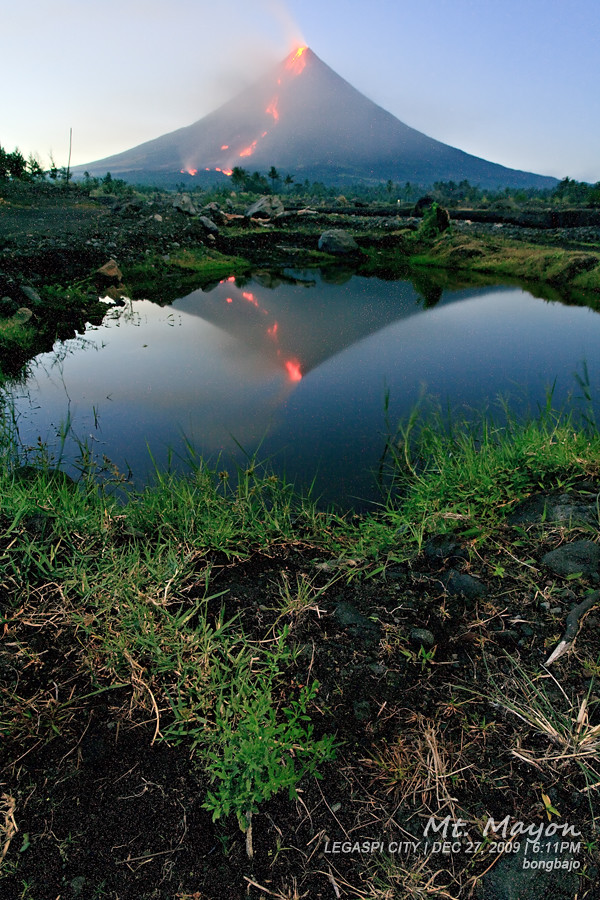
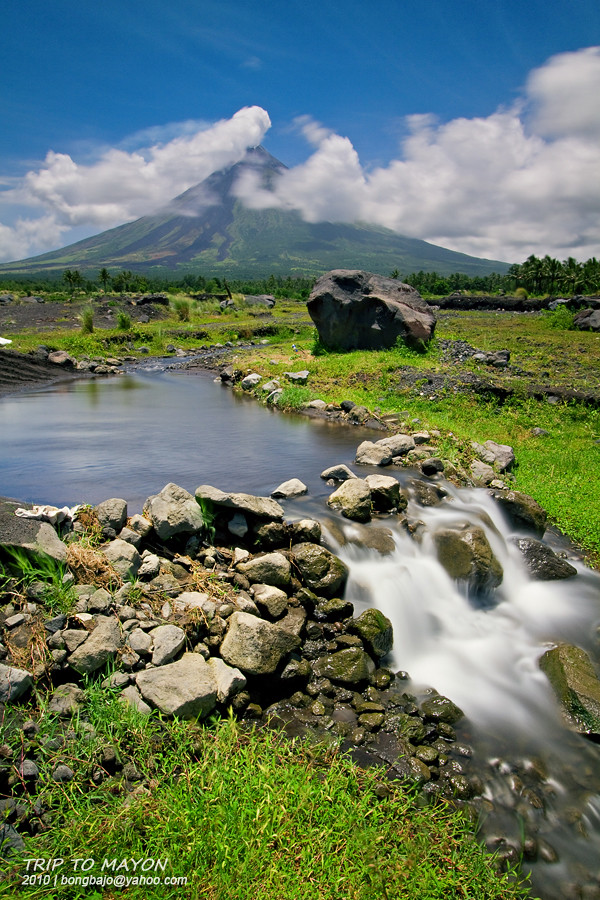
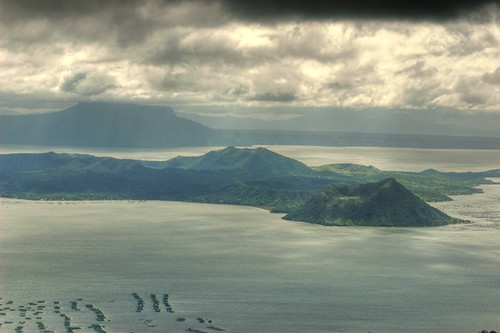

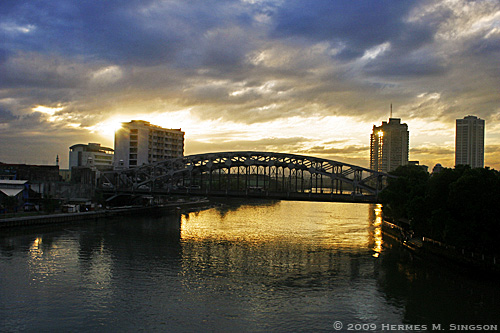
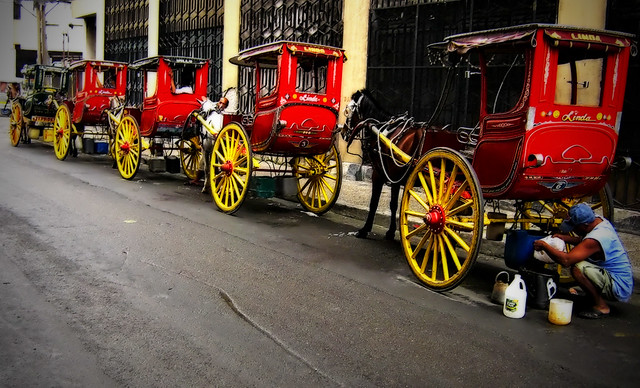 calesa terminal. Kalesa (sometimes called a karitela) is a horse-driven carriage used in the Philippines. The word predates the Spanish conquest and descends ultimately from an Old Church Slavonic word meaning "wheels." This was one of the modes of transportation introduced in the Philippines in the 18th century.
calesa terminal. Kalesa (sometimes called a karitela) is a horse-driven carriage used in the Philippines. The word predates the Spanish conquest and descends ultimately from an Old Church Slavonic word meaning "wheels." This was one of the modes of transportation introduced in the Philippines in the 18th century. 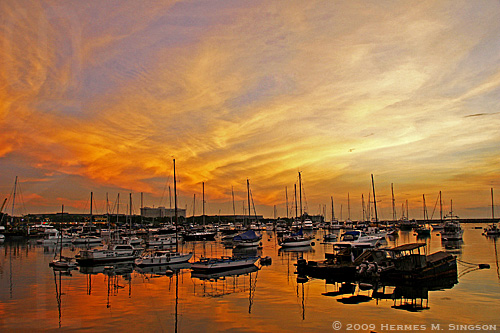



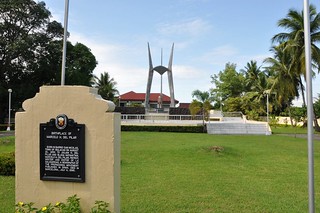




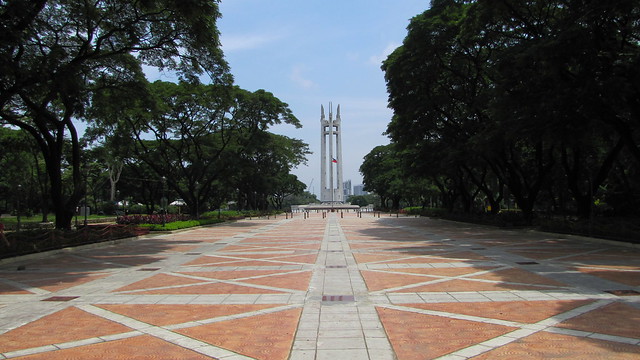
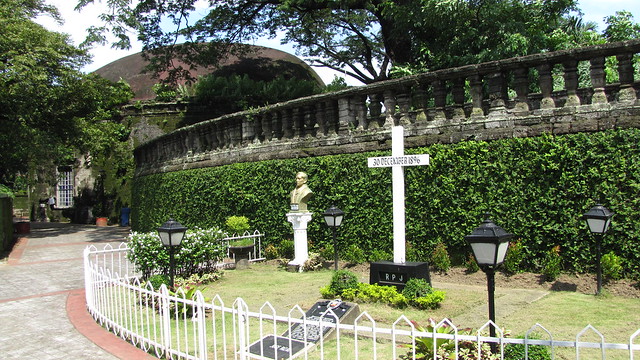

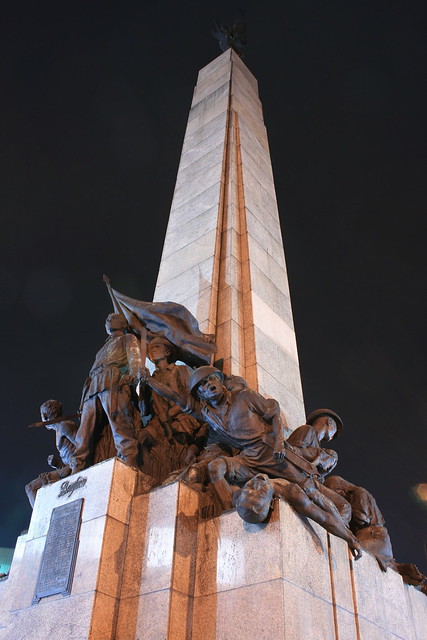
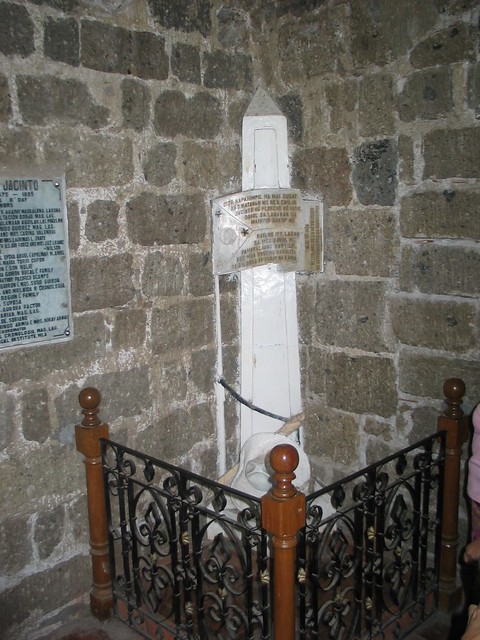


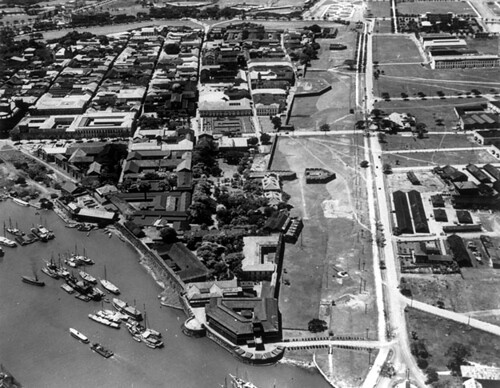



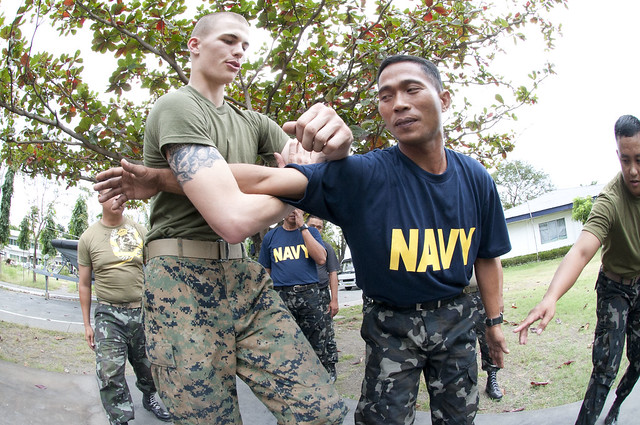







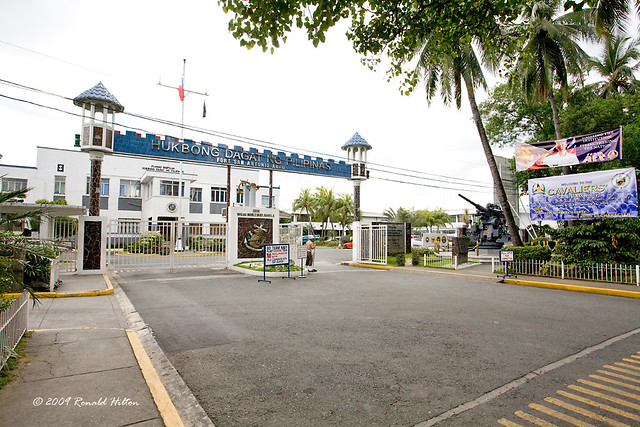
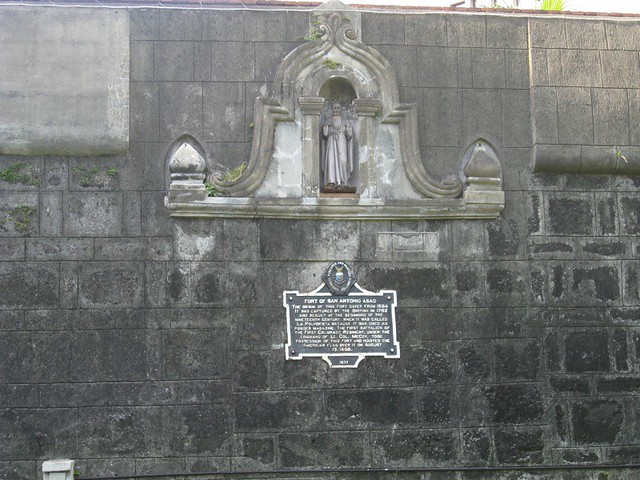
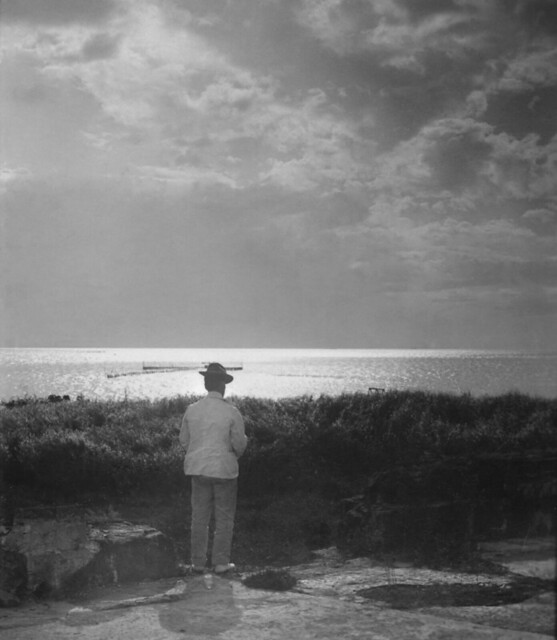
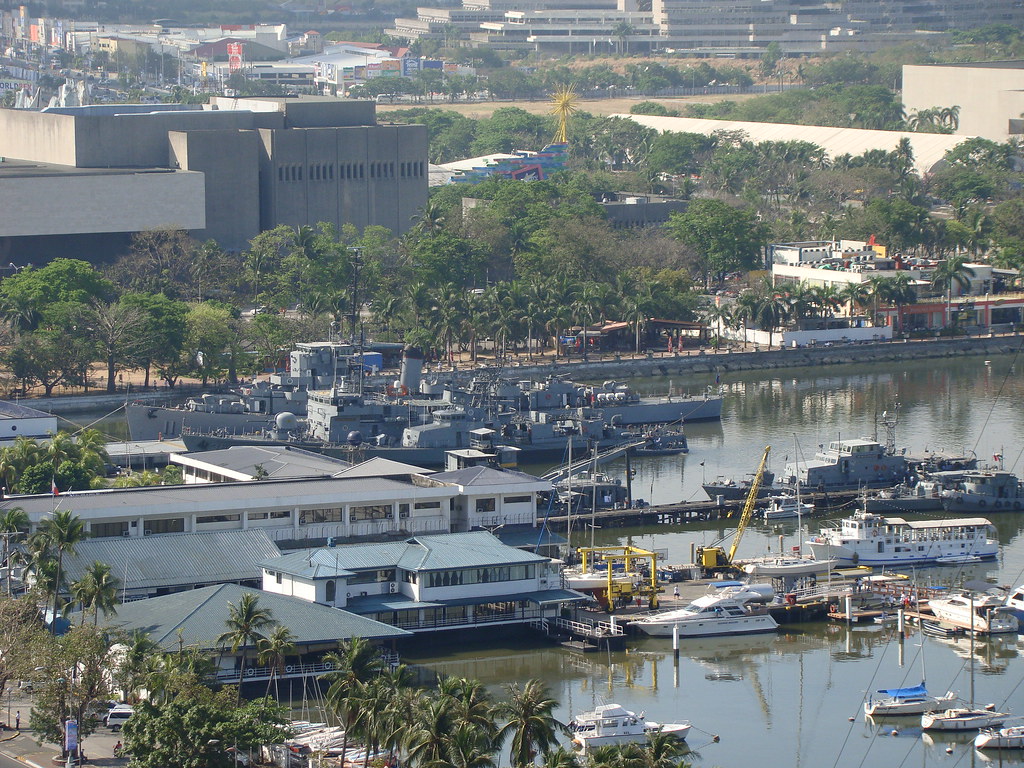
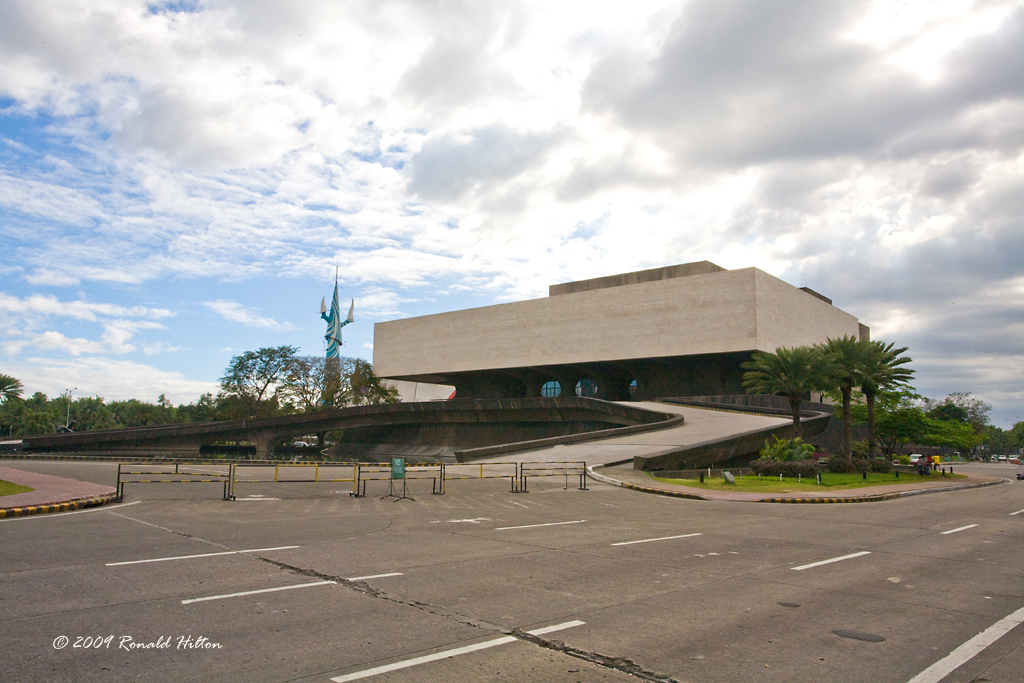




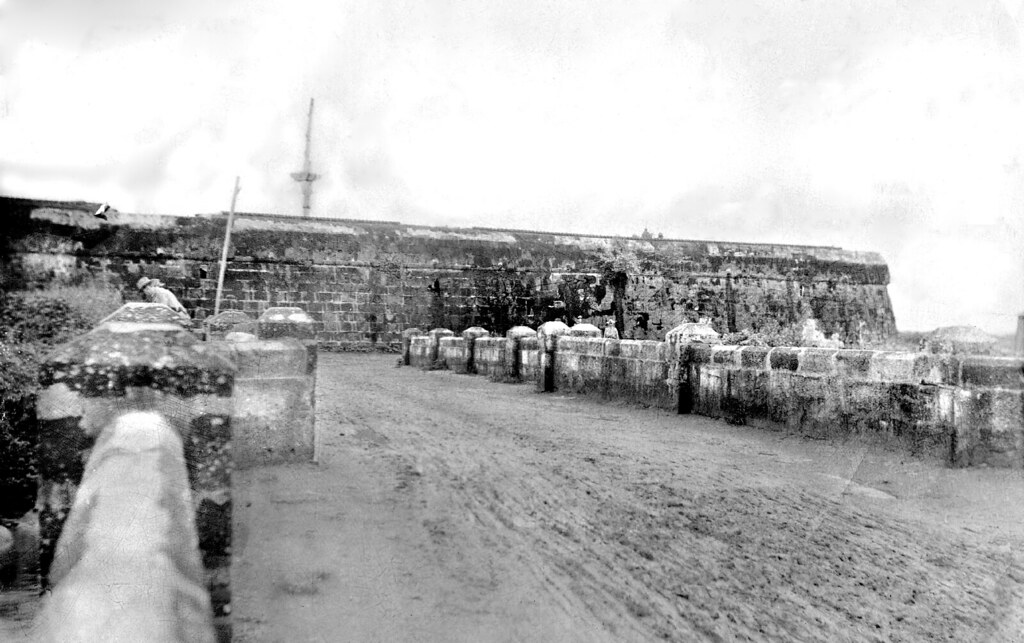
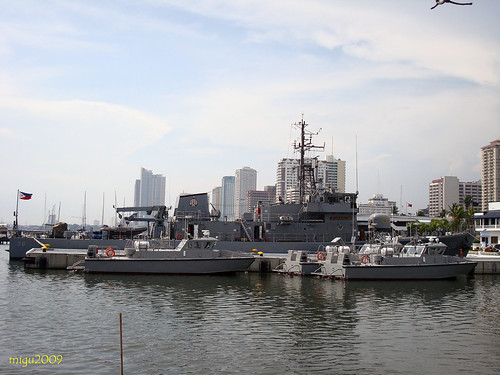 MNS nowJose V. Andrada Naval Station Manila, Philippines.
MNS nowJose V. Andrada Naval Station Manila, Philippines.

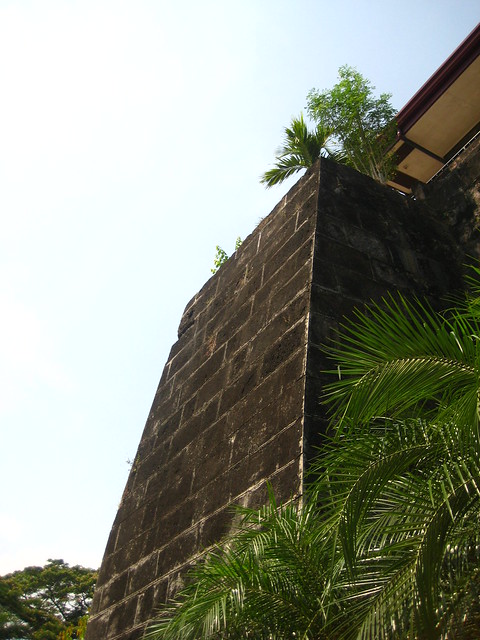

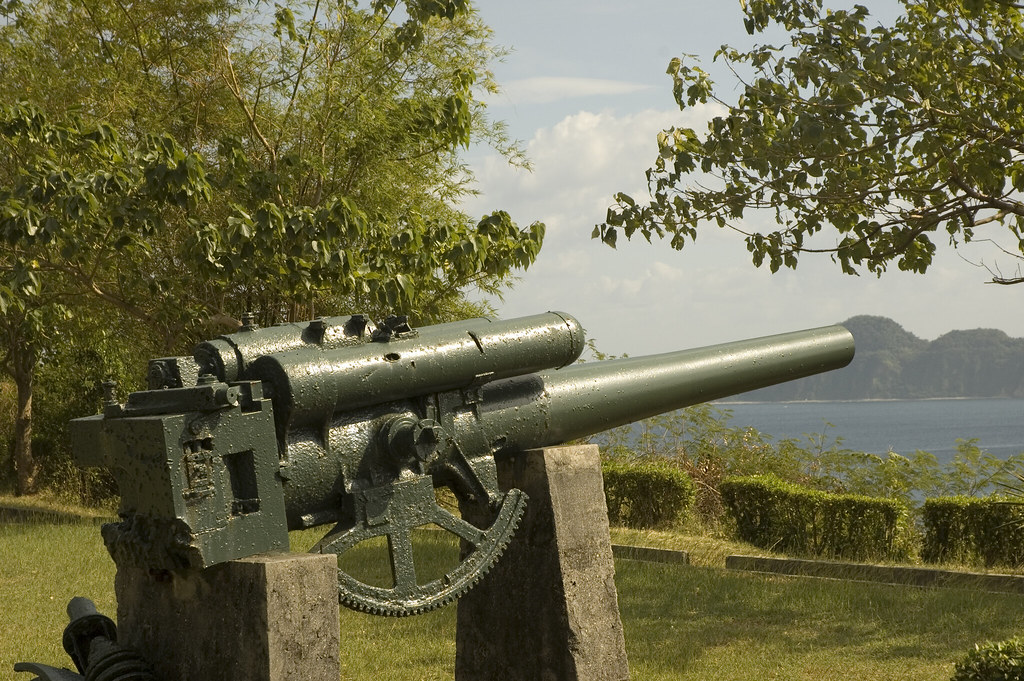




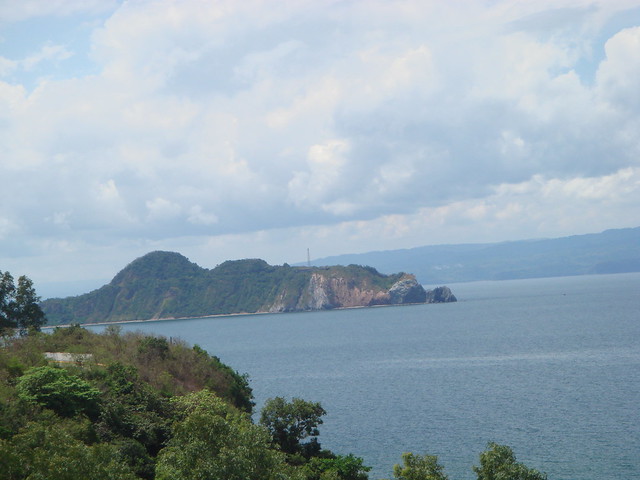
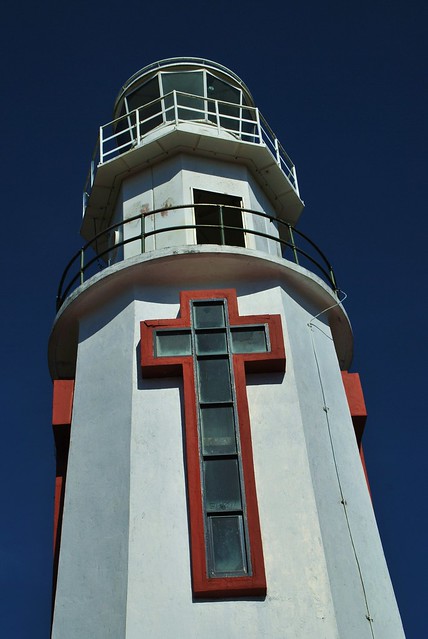



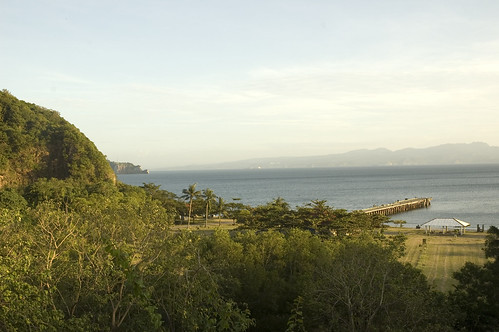

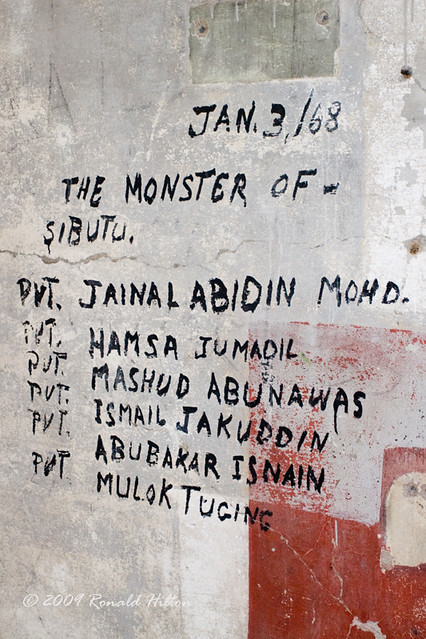
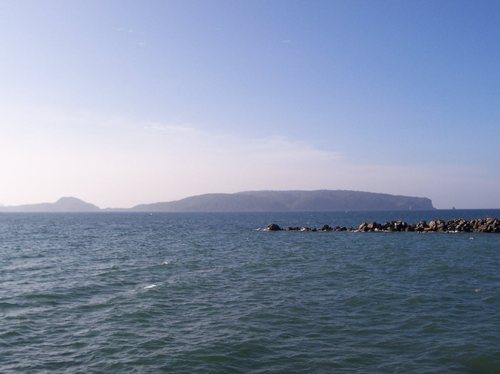

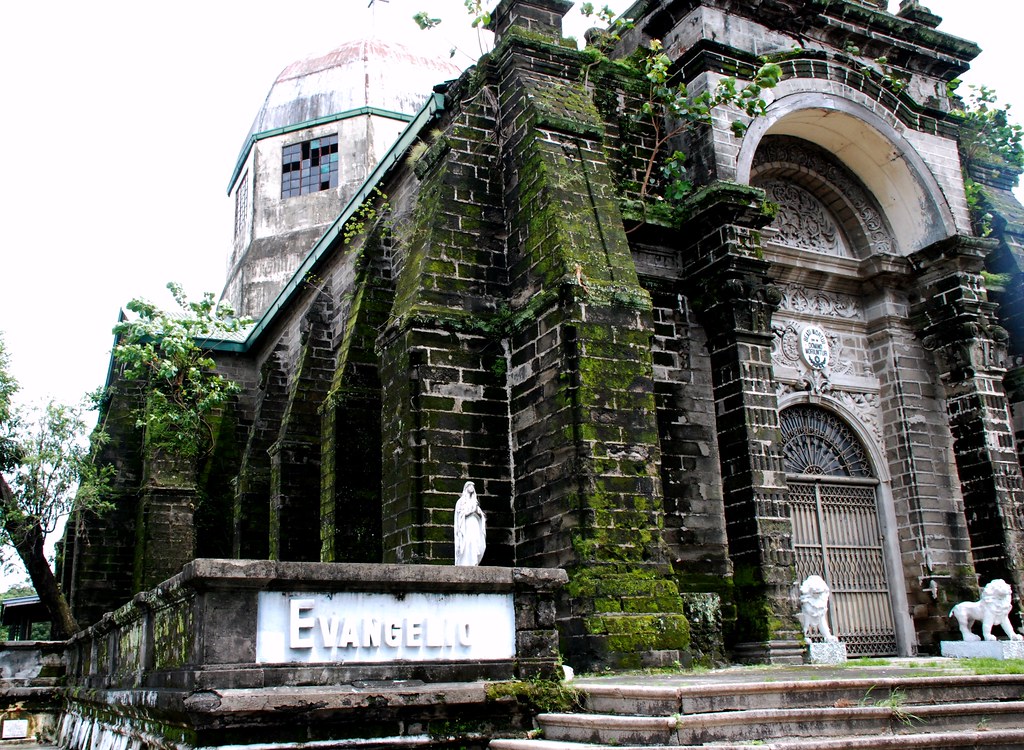
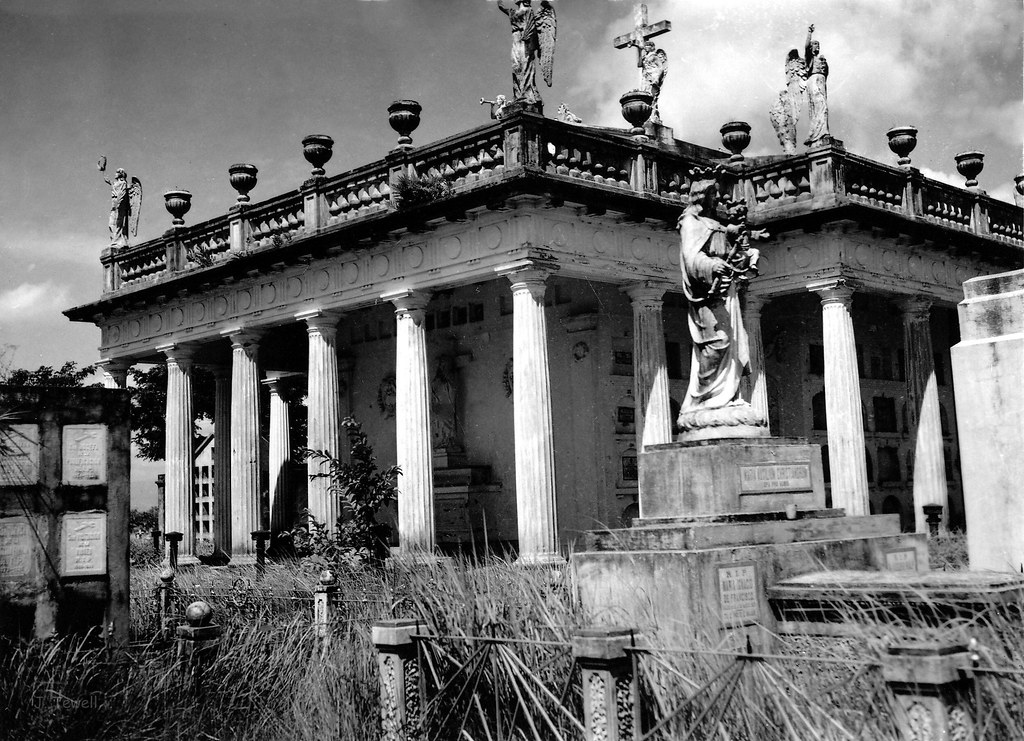
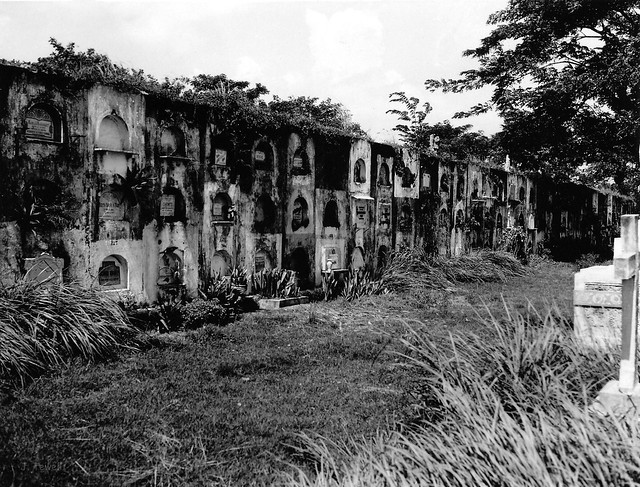
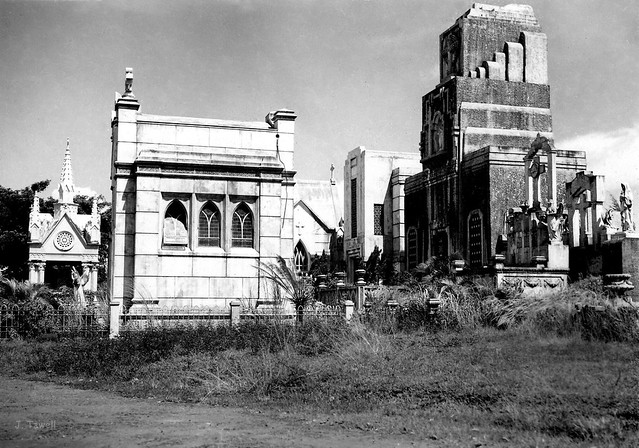



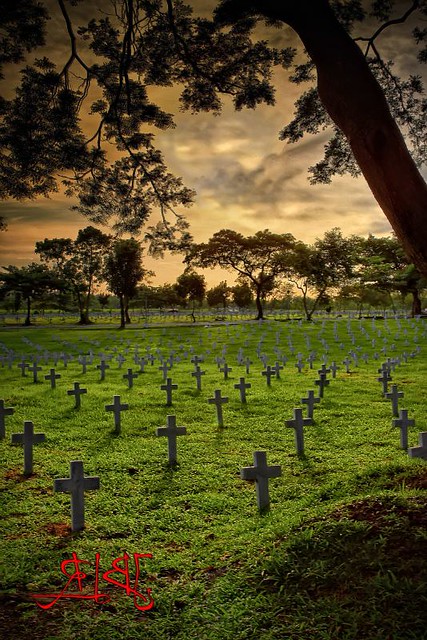
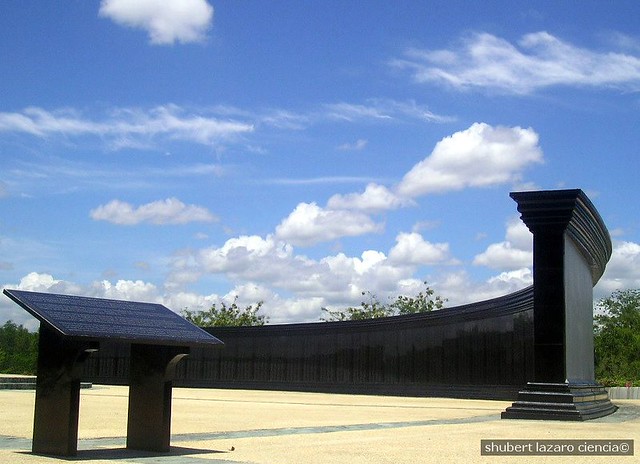

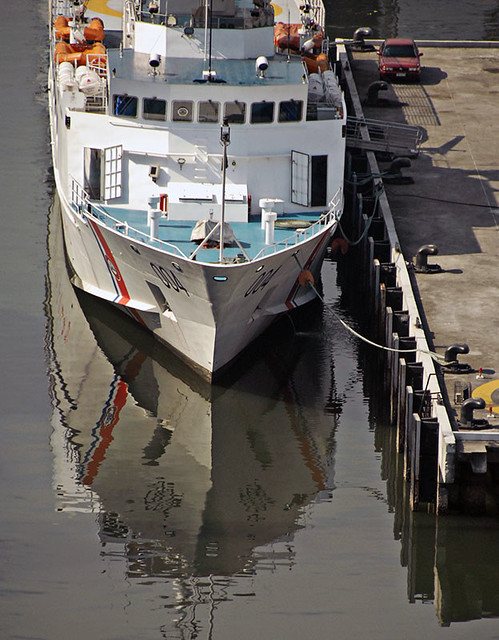



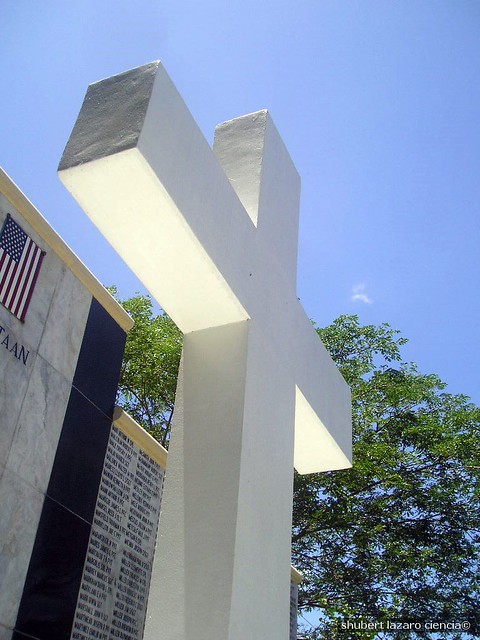
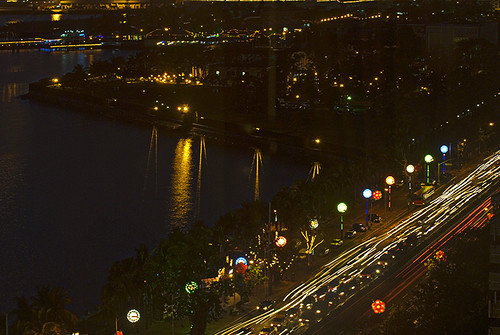
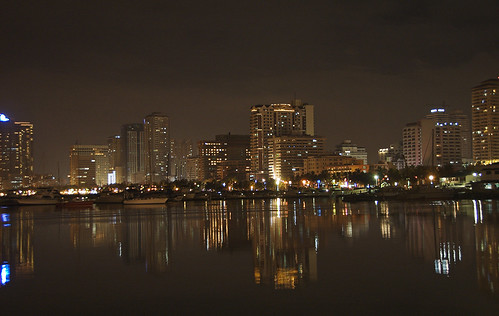
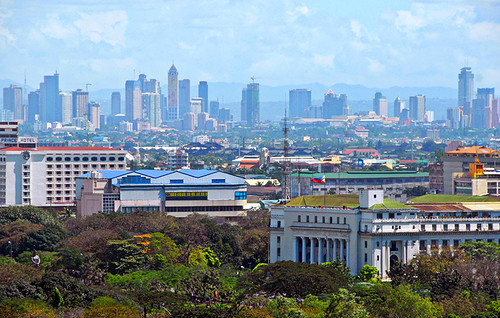
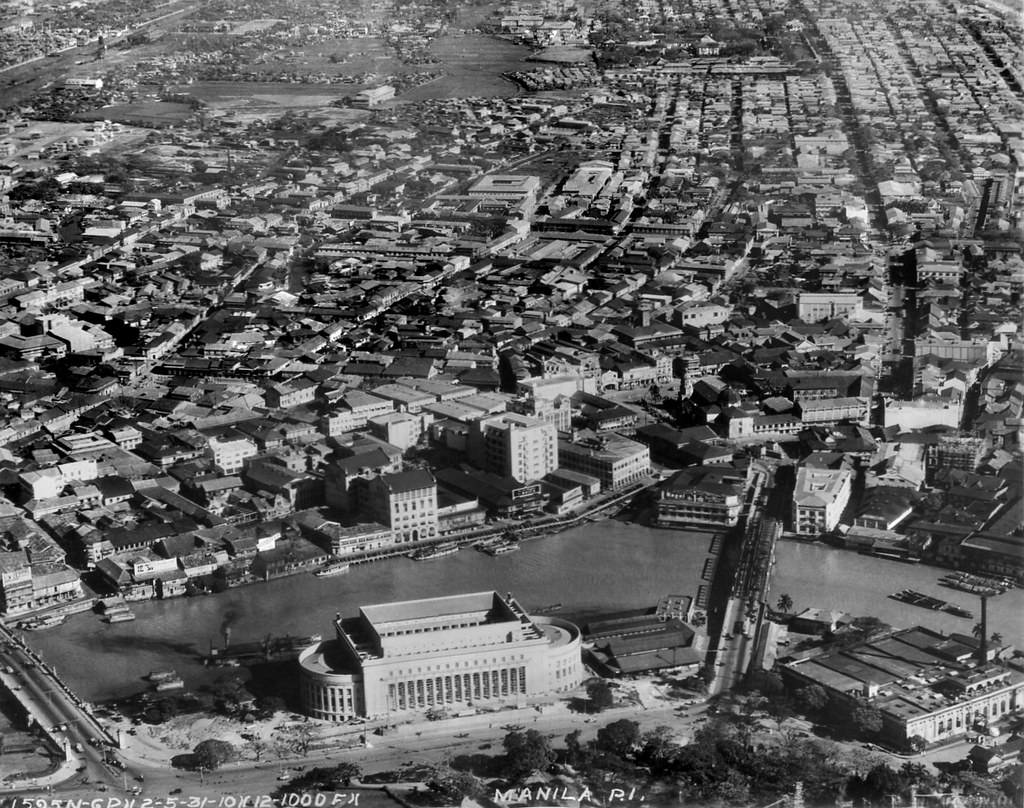
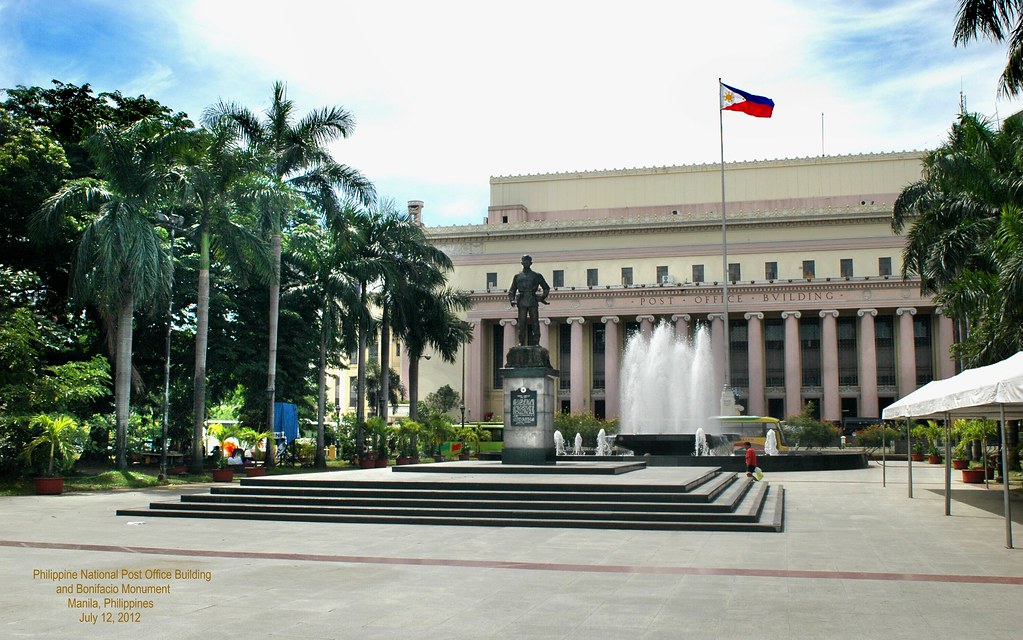
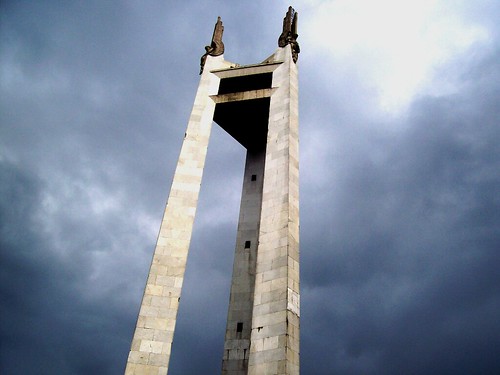

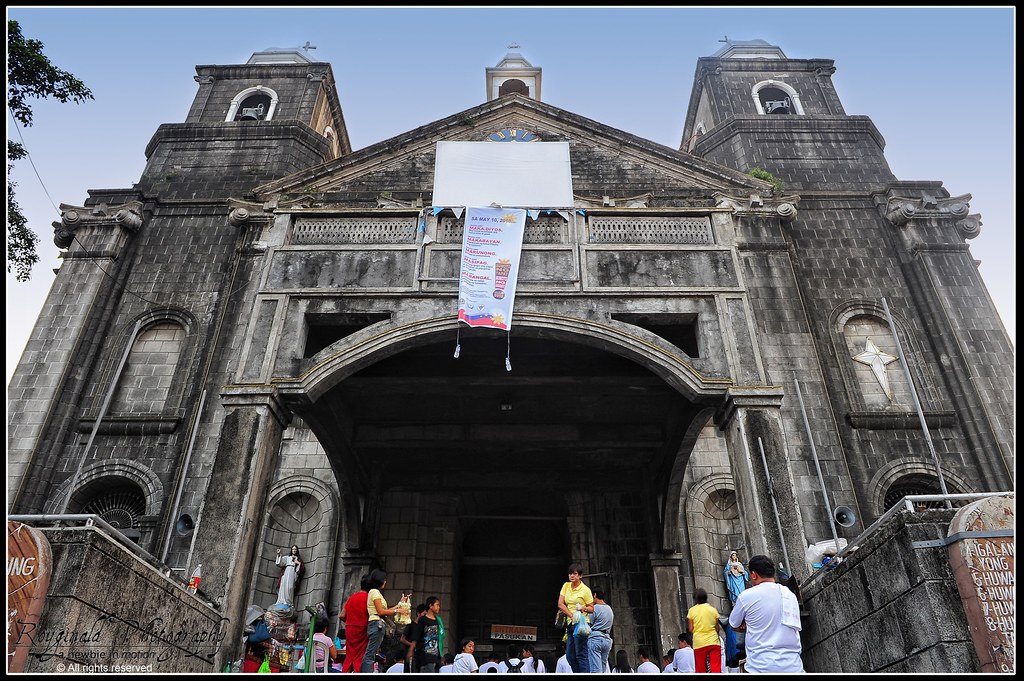
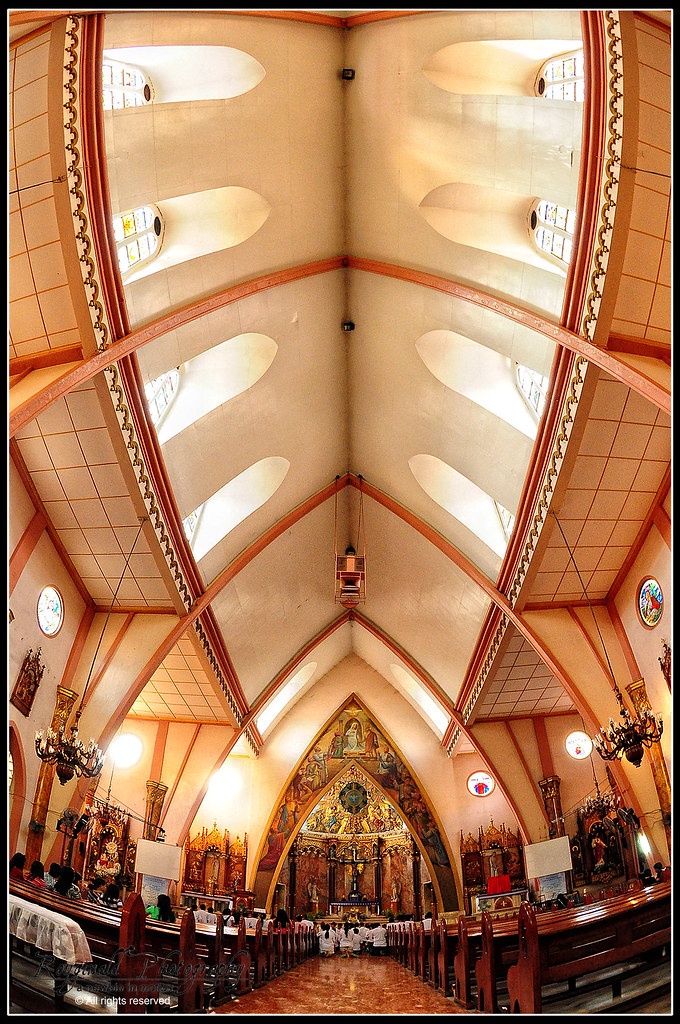



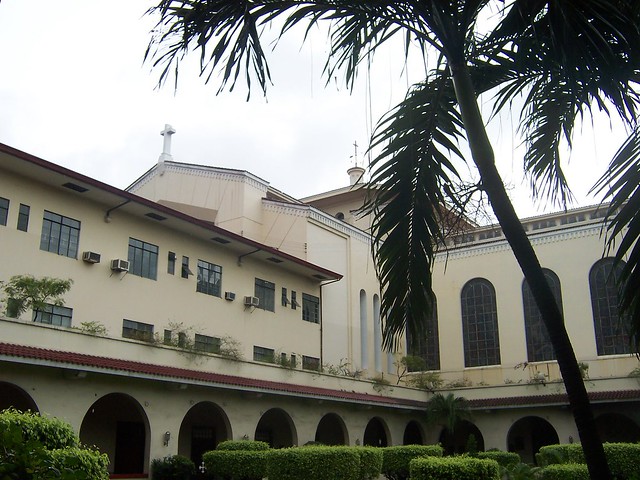
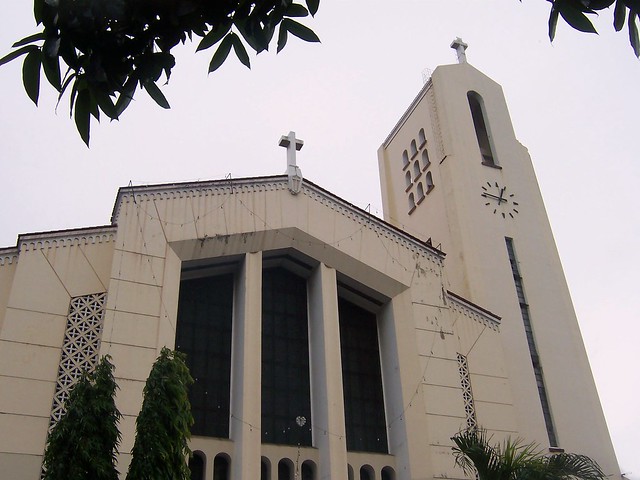
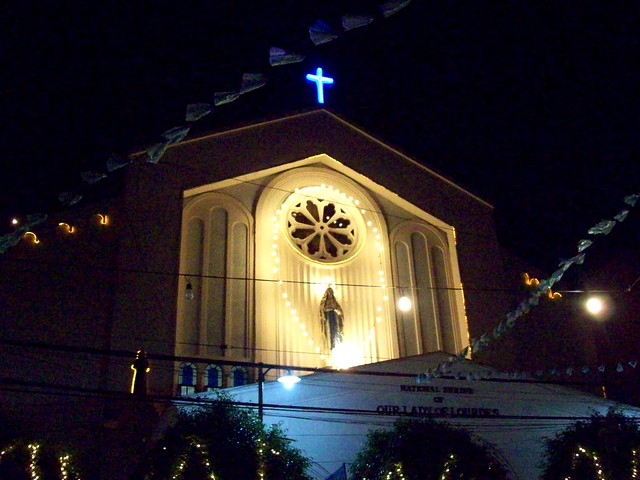
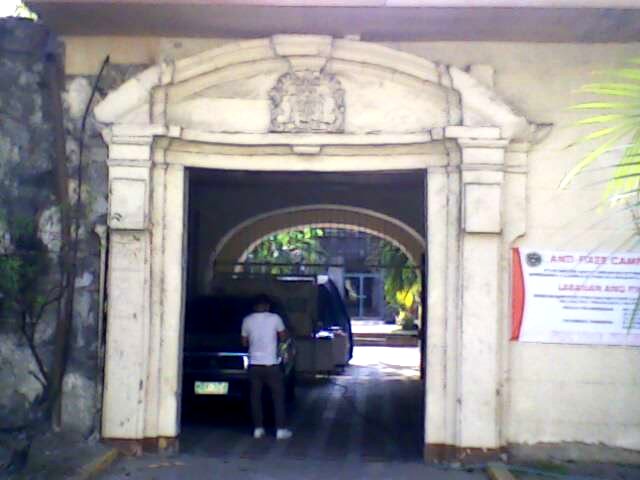
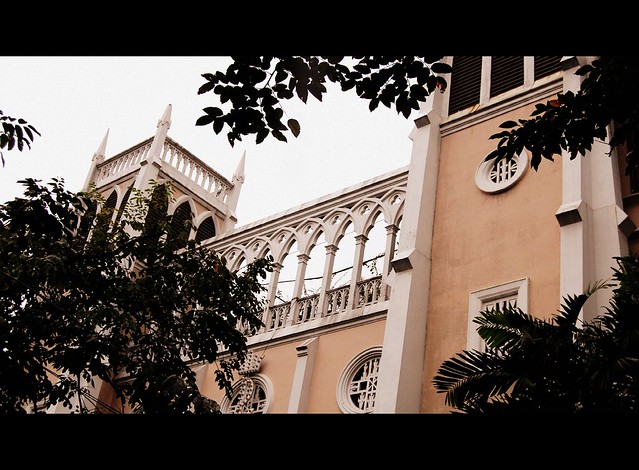
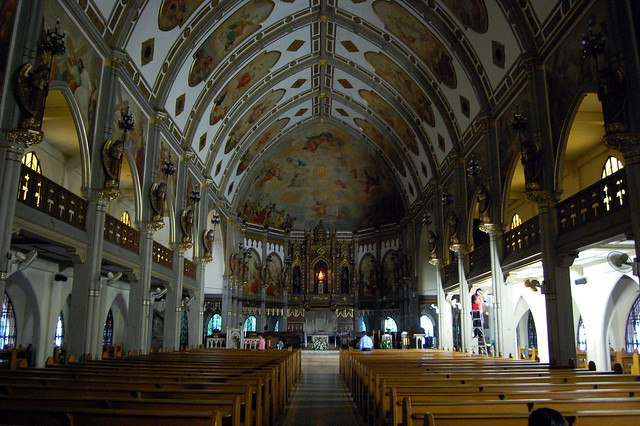
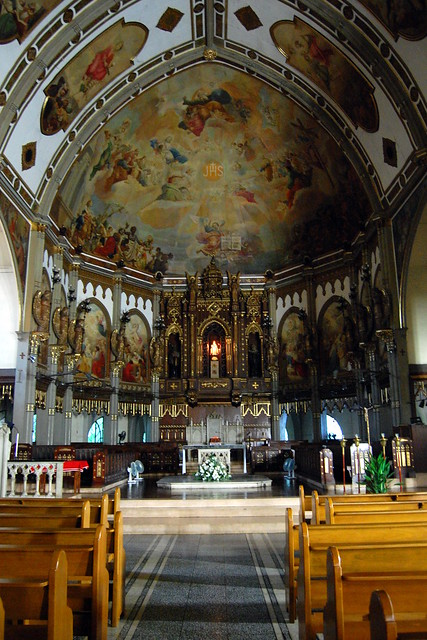
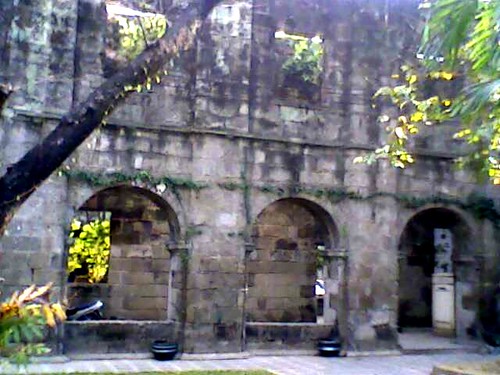

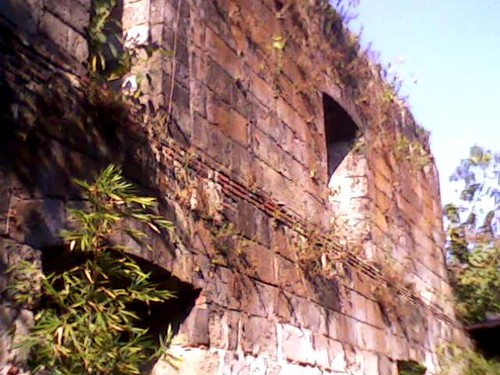


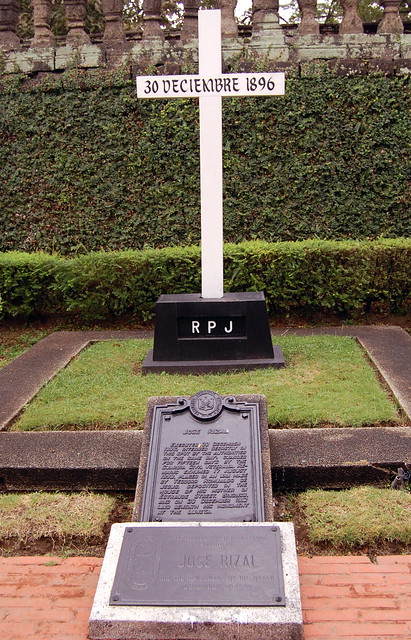
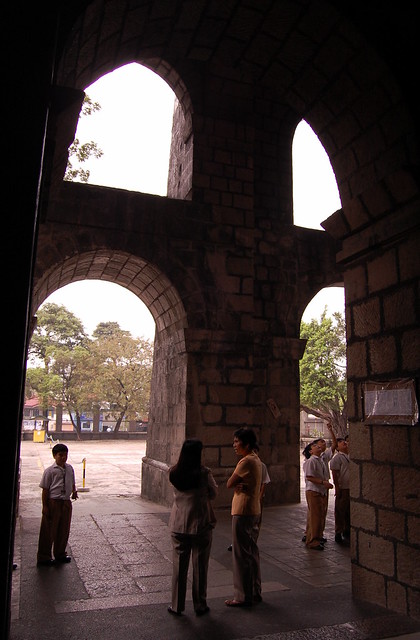
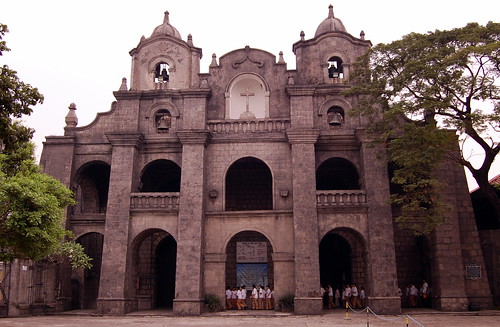
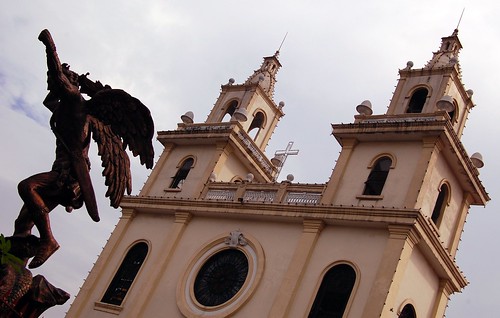


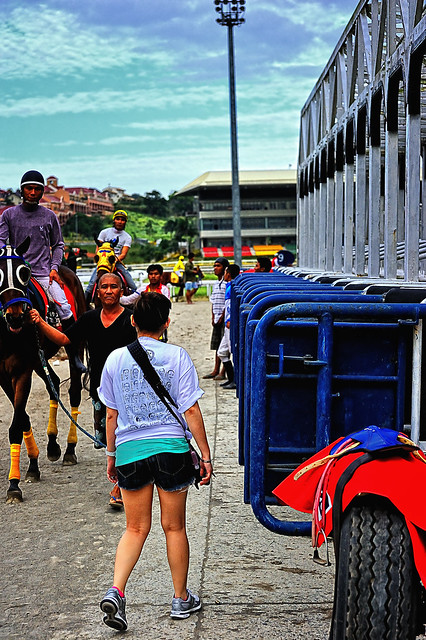



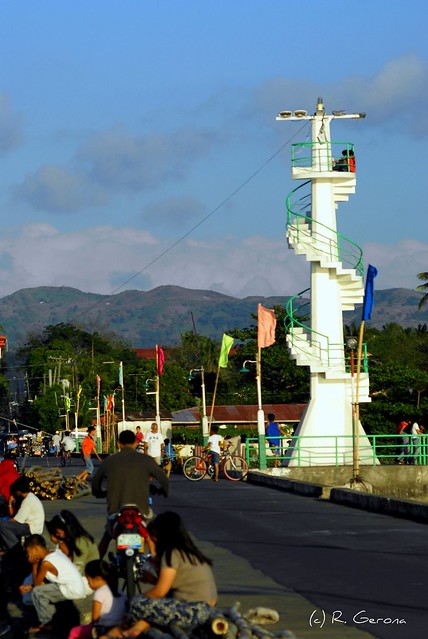
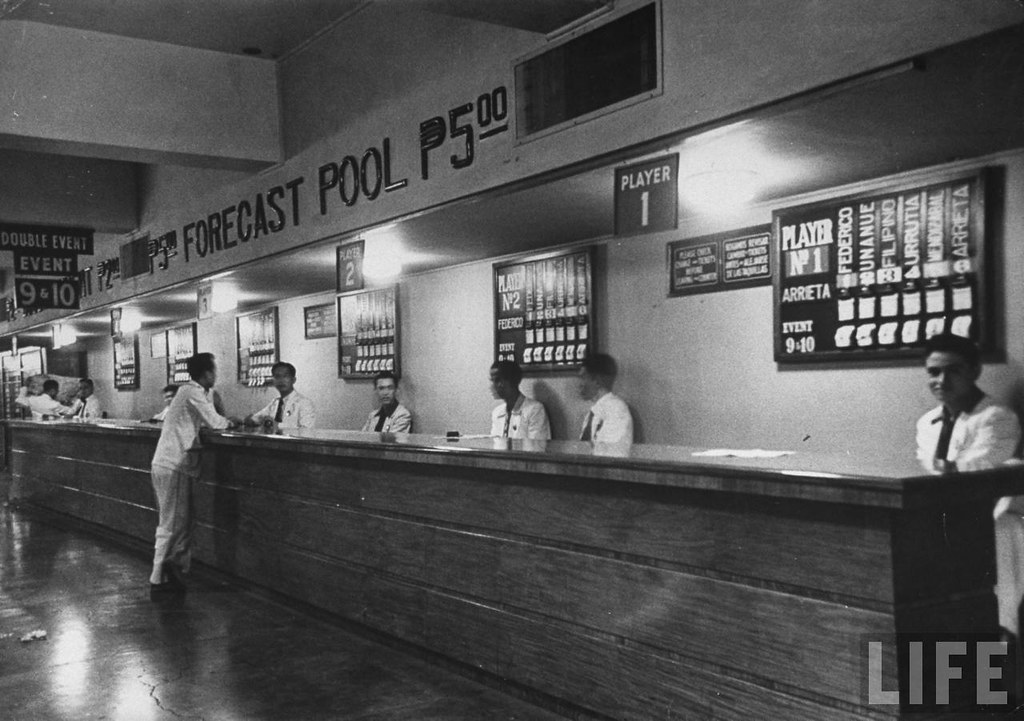 Jai Alai
Jai Alai
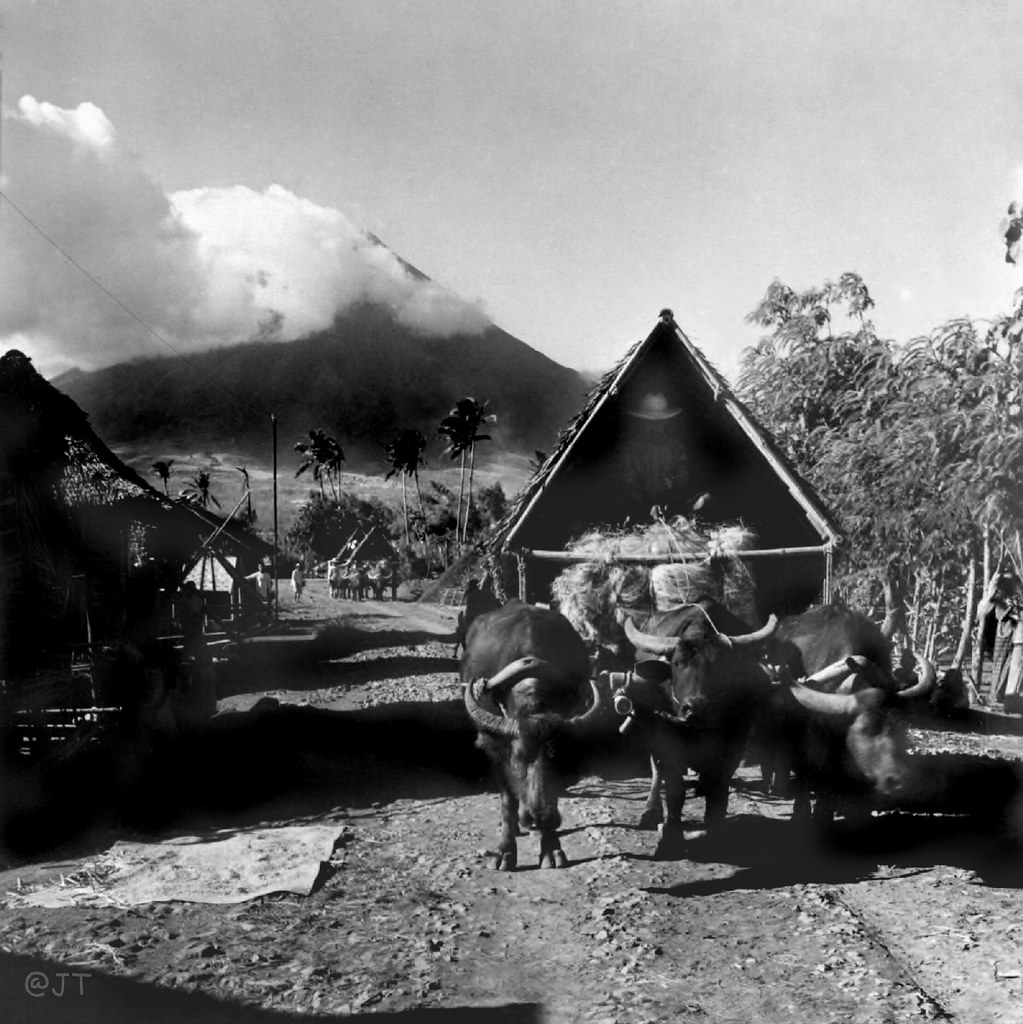
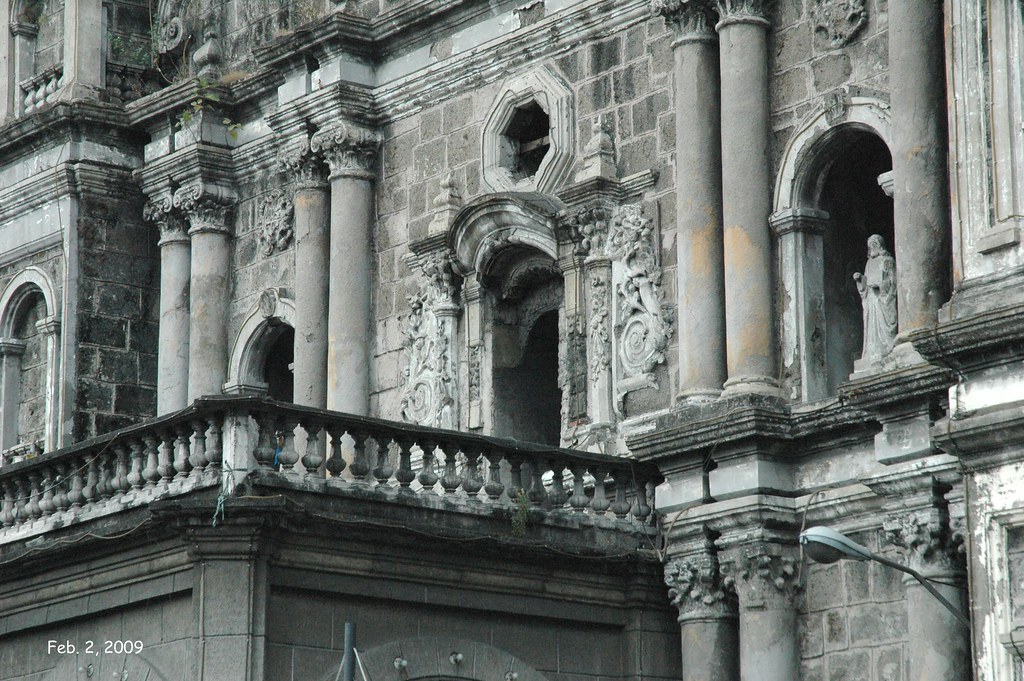

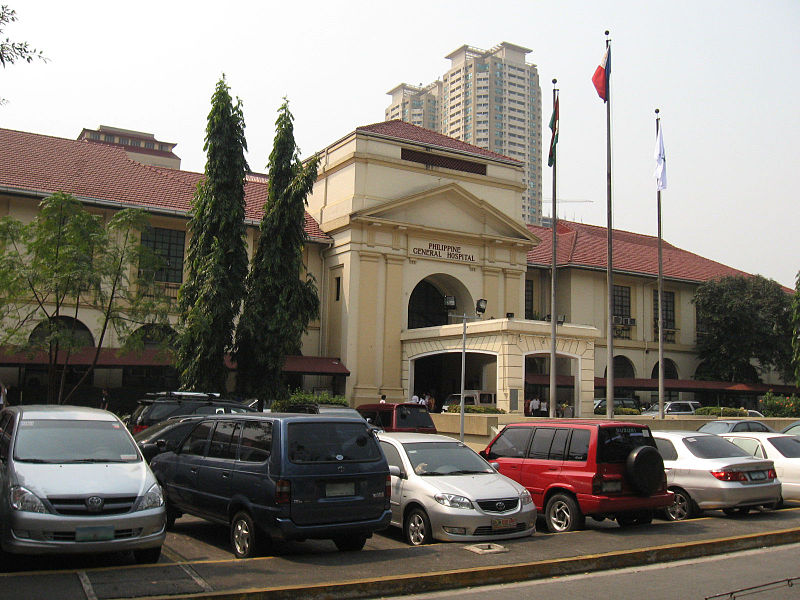

 Old Tutuban Railway Station
Old Tutuban Railway Station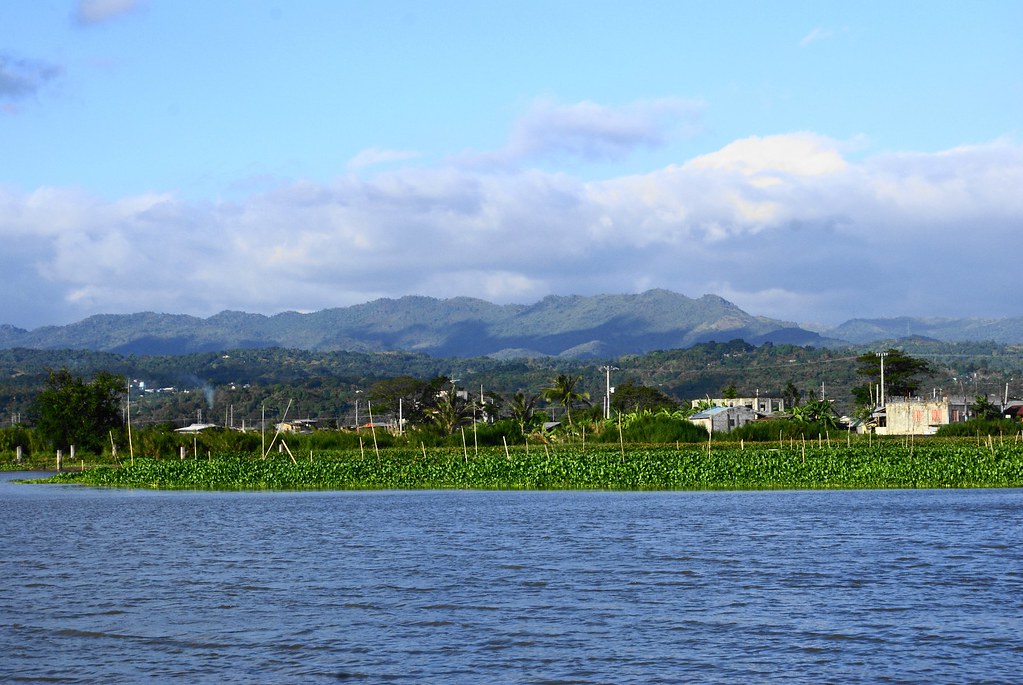
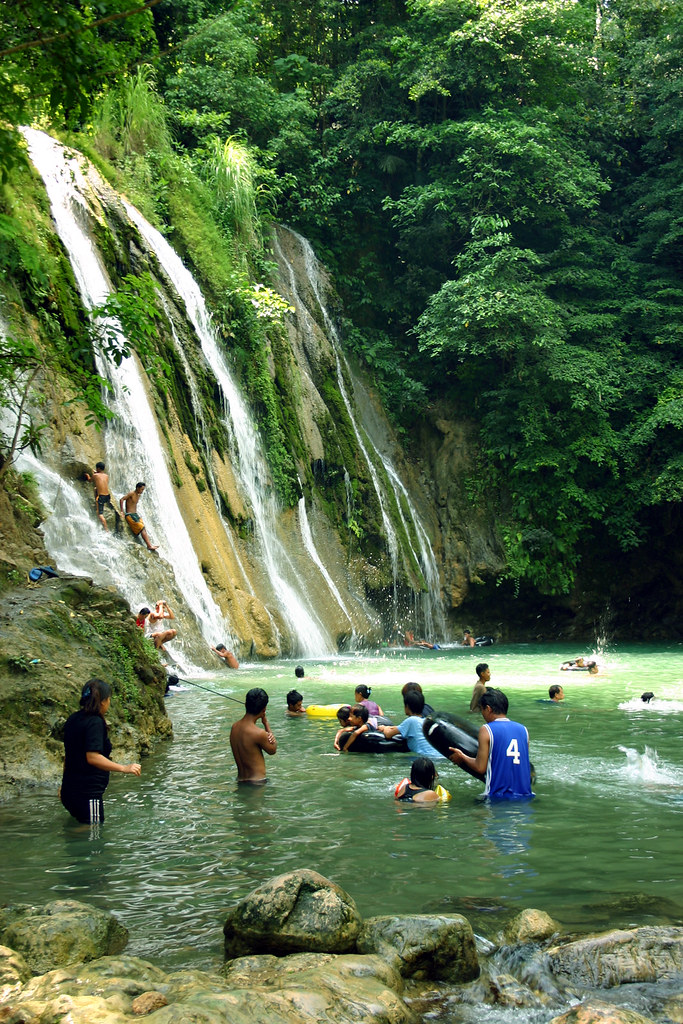

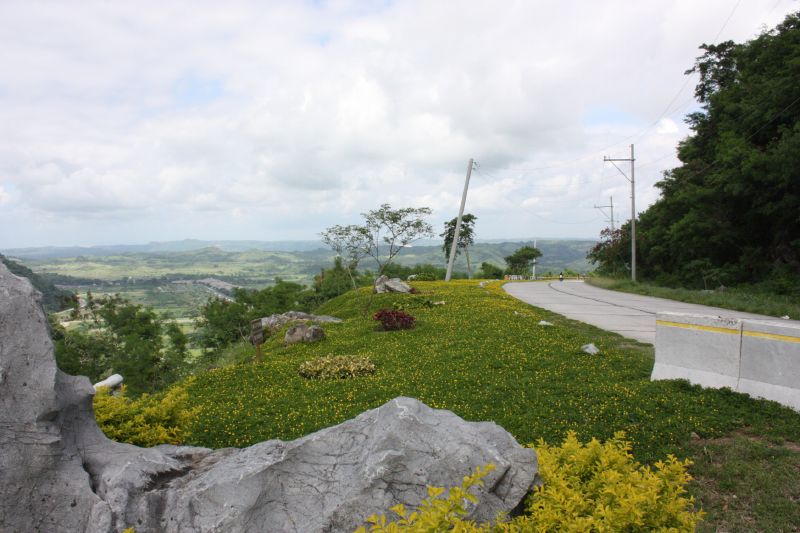
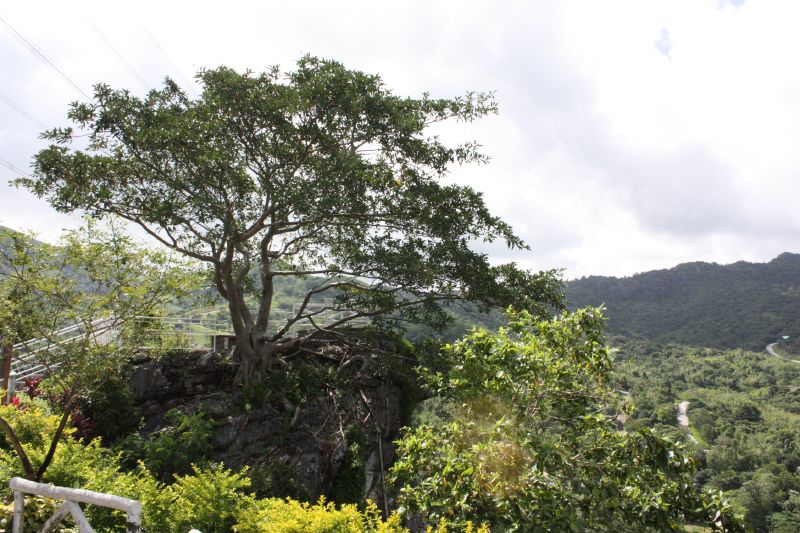




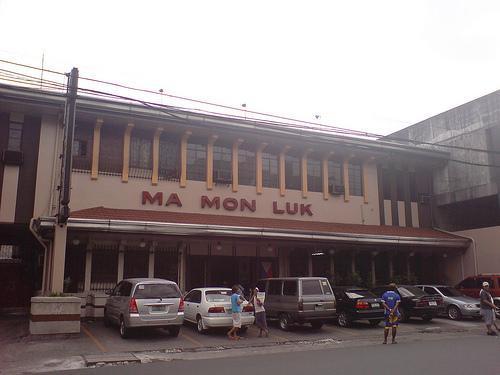



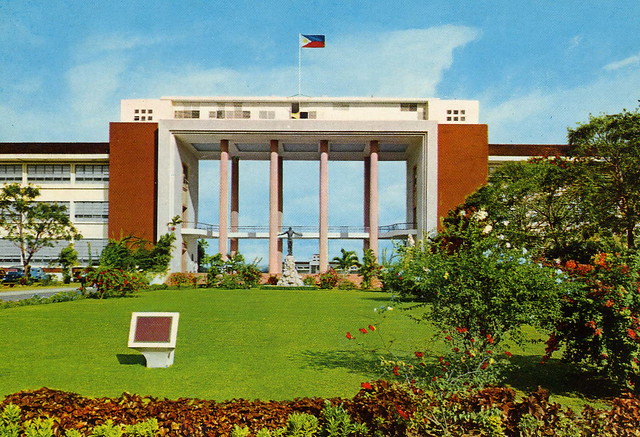
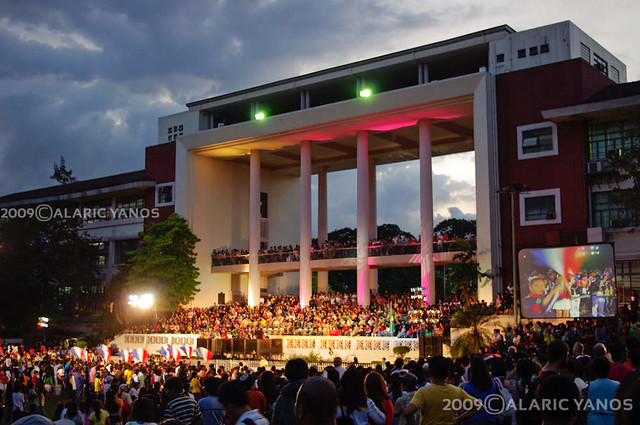 University of the Philippines at Diliman
University of the Philippines at Diliman

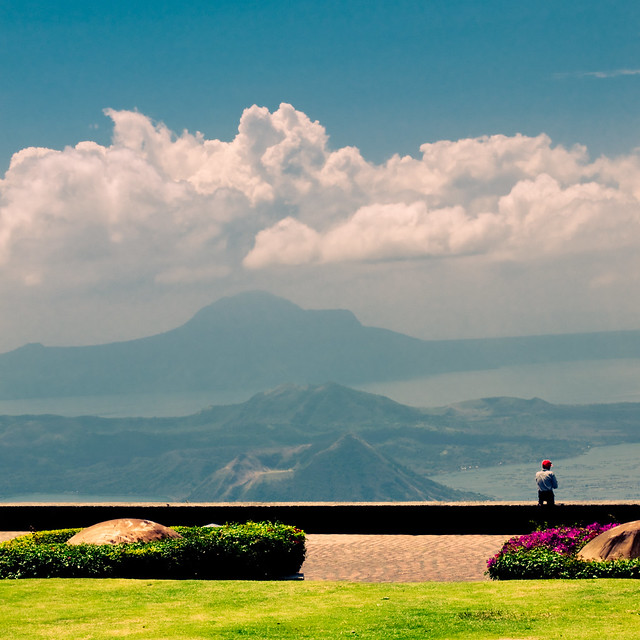
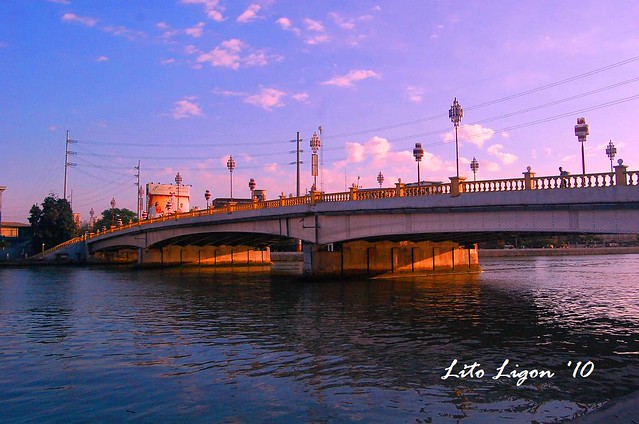
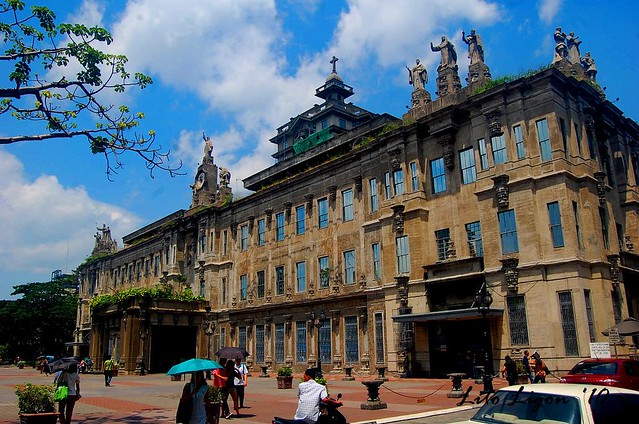 ……………
…………… 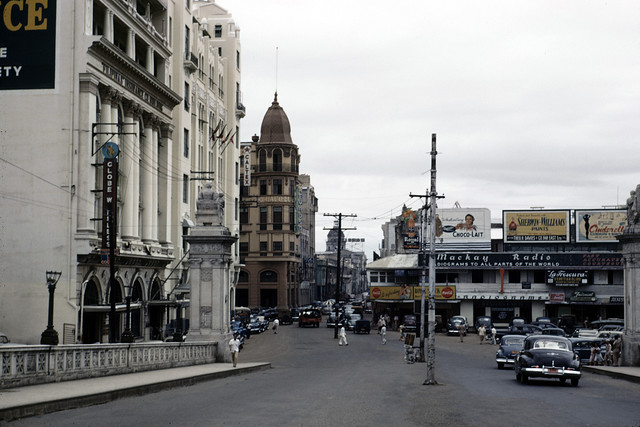
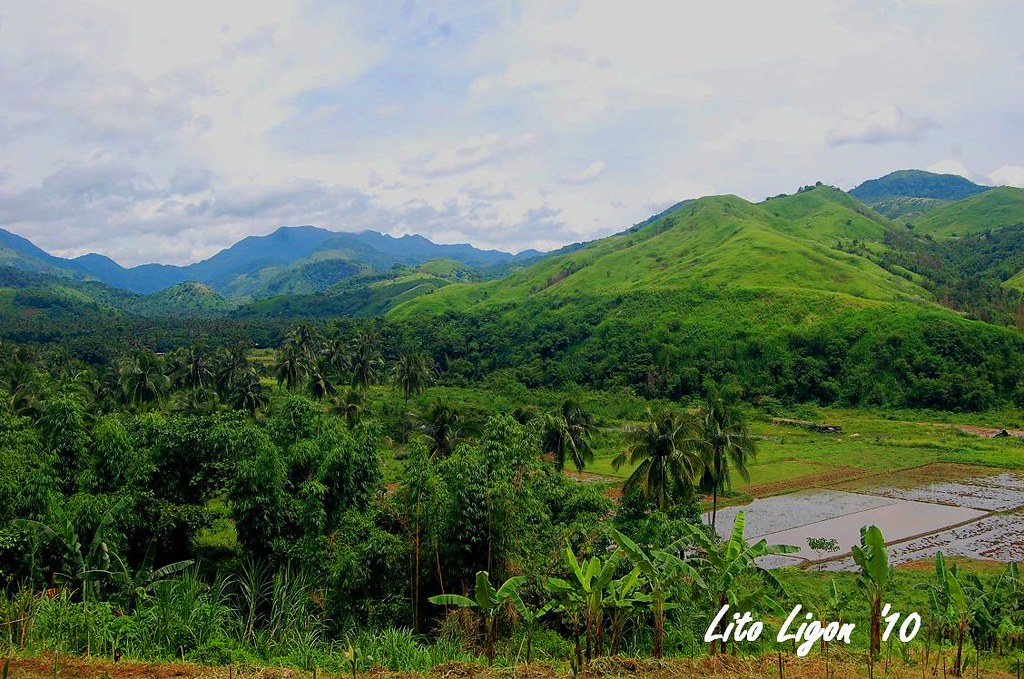
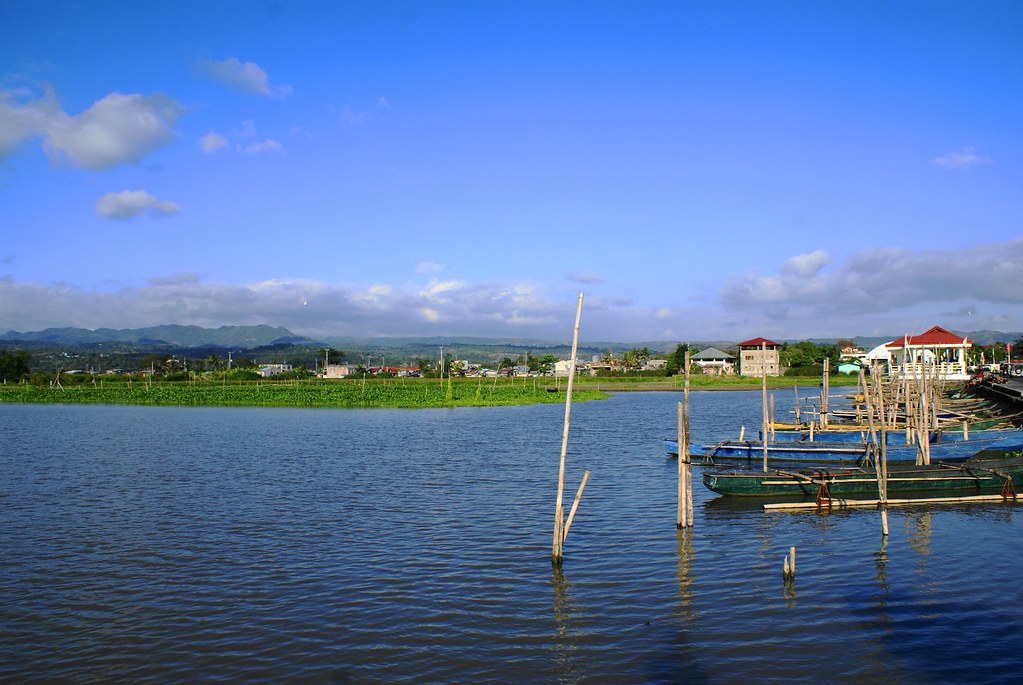

 The fort has a perimeter of 2,030 feet ( 620 m ), and it is of a nearly triangular form. The south front, which looks toward the city, is a curtain with a terreplein, flanked by two demi-bastions - the Bastion of San Fernando, on the riverside, and the Bastion of San Miguel, by the bay side. A moat connected with the river separates the fort from the city. Near the beginning of the north face, instead of a bastion, a cavalier called Santa Barbara was built with three faces of batteries, one looking seaward over the anchorage place, one facing the entrance, and the third looking upon the river. The latter is united with a tower of the same height as the walls, through which there is a descent to the water battery placed on a semicircular platform, thus completing the triangular form of the fort.
The fort has a perimeter of 2,030 feet ( 620 m ), and it is of a nearly triangular form. The south front, which looks toward the city, is a curtain with a terreplein, flanked by two demi-bastions - the Bastion of San Fernando, on the riverside, and the Bastion of San Miguel, by the bay side. A moat connected with the river separates the fort from the city. Near the beginning of the north face, instead of a bastion, a cavalier called Santa Barbara was built with three faces of batteries, one looking seaward over the anchorage place, one facing the entrance, and the third looking upon the river. The latter is united with a tower of the same height as the walls, through which there is a descent to the water battery placed on a semicircular platform, thus completing the triangular form of the fort.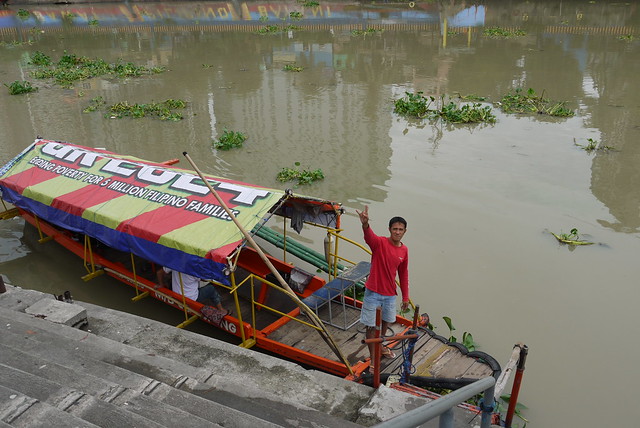
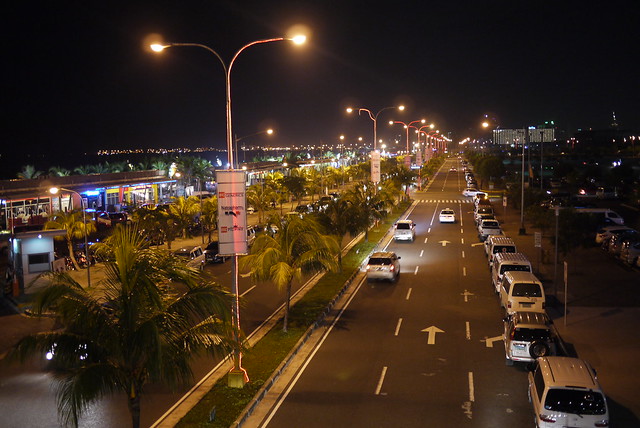
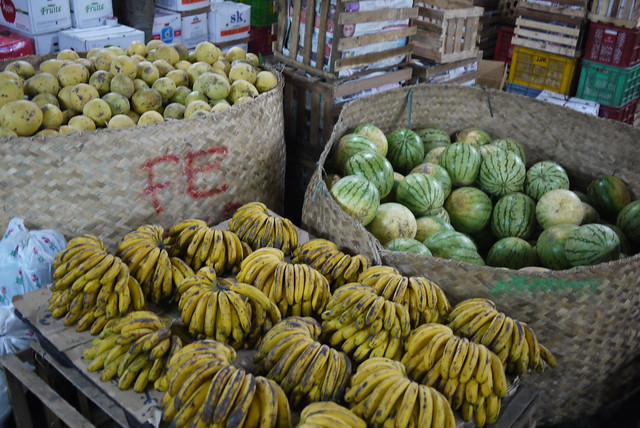
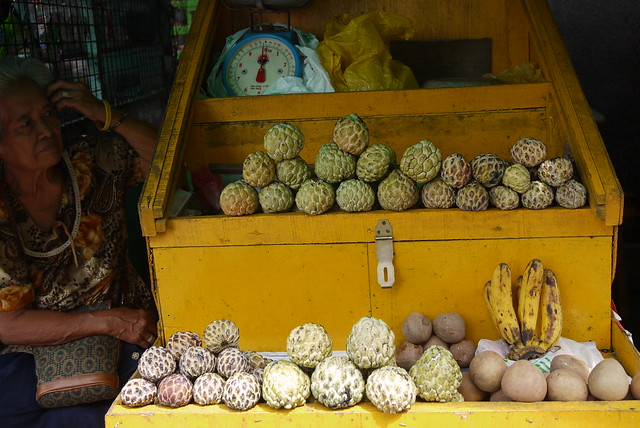

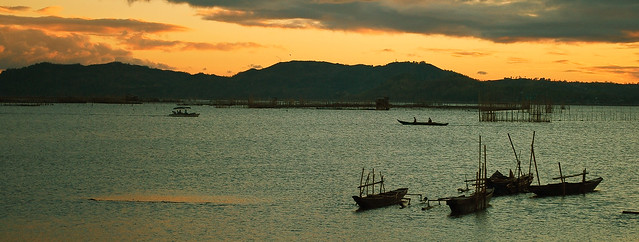
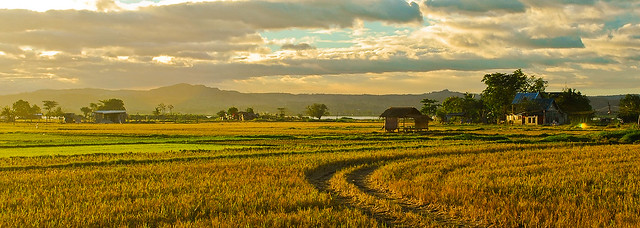

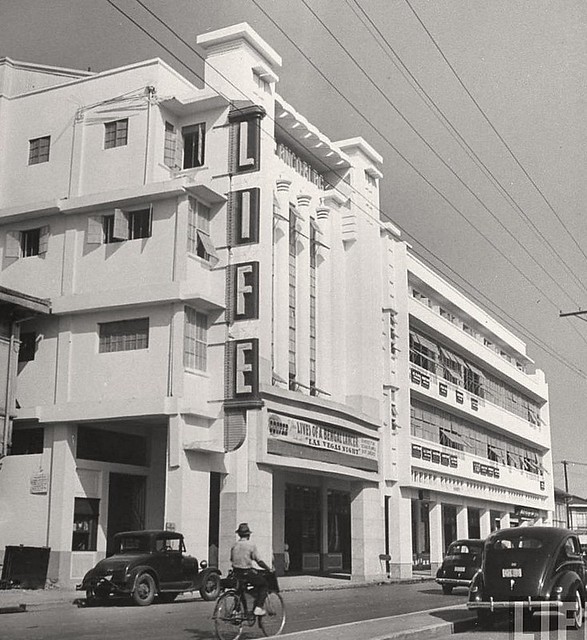
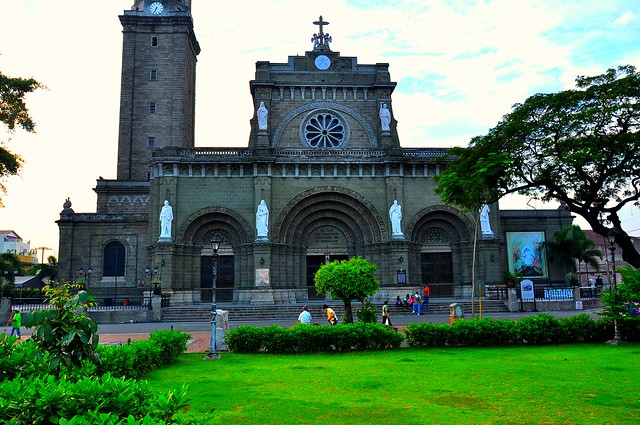 Manila Cathedral
Manila Cathedral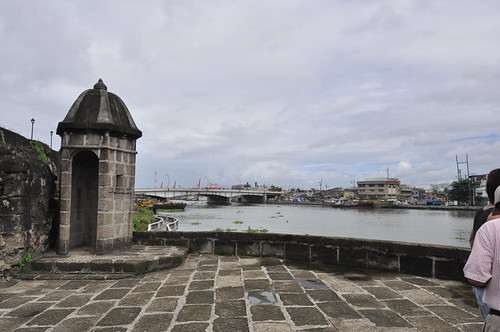
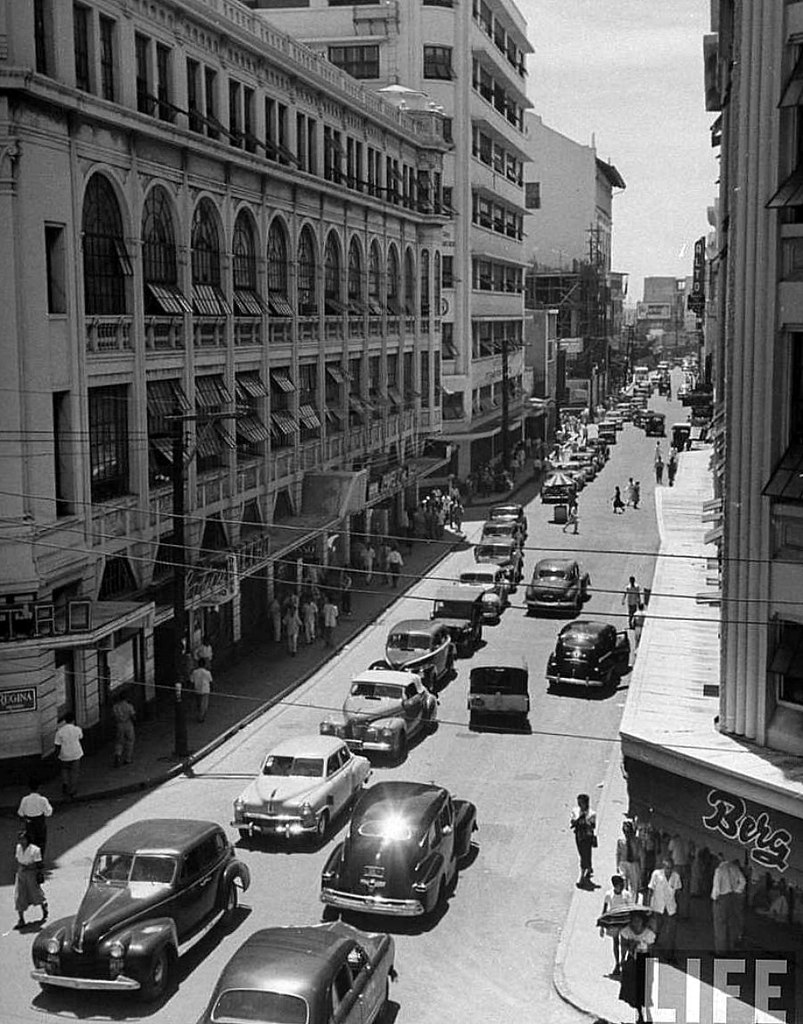
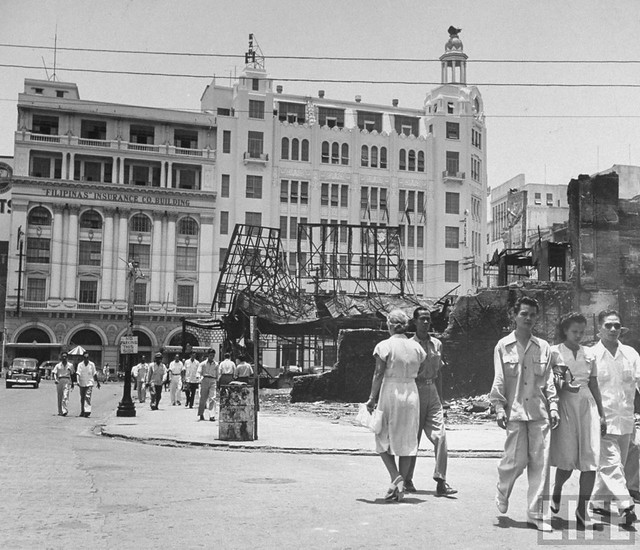
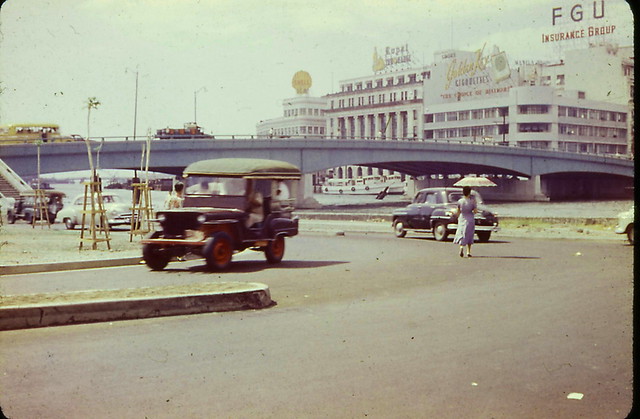
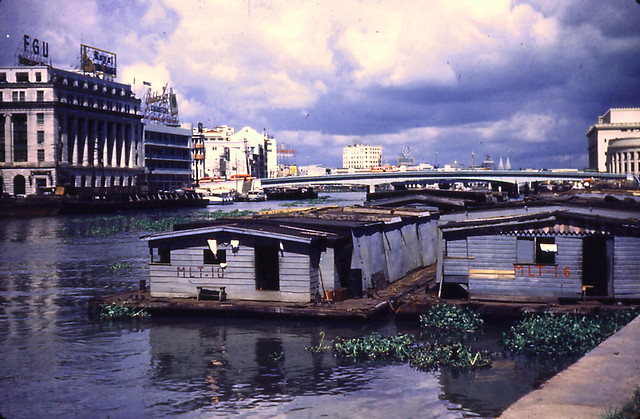
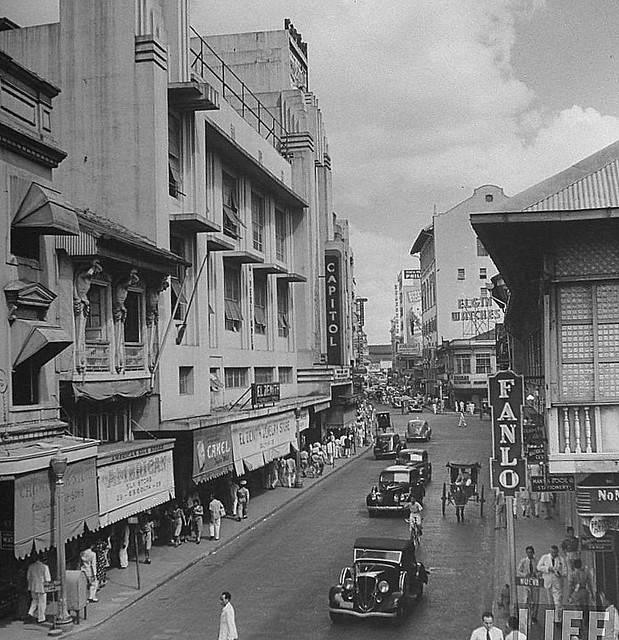
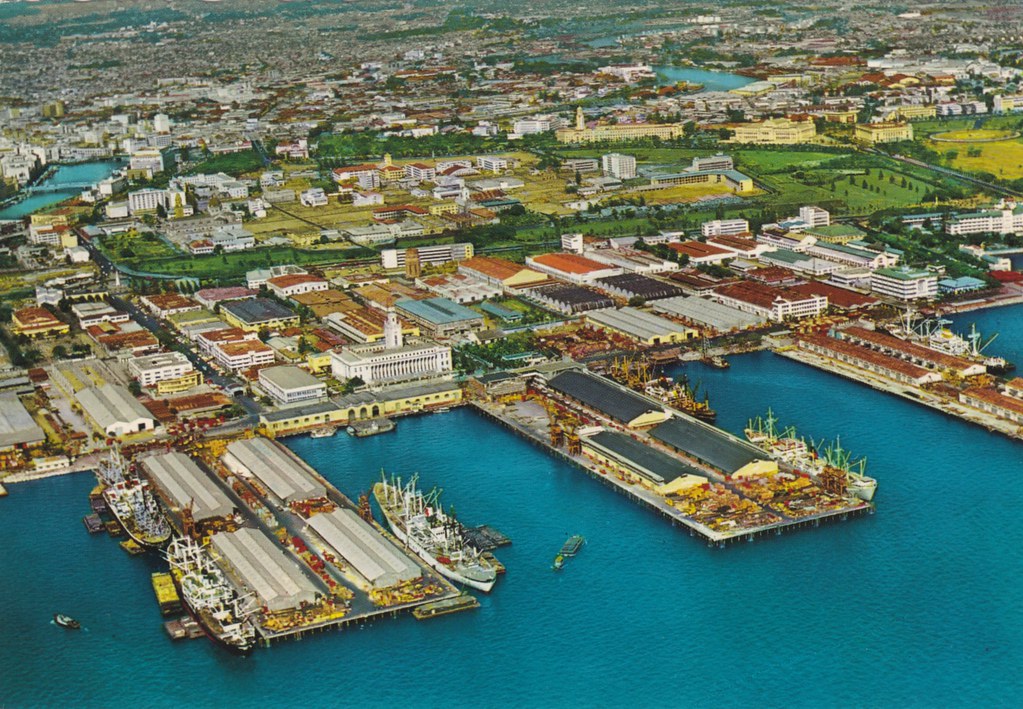
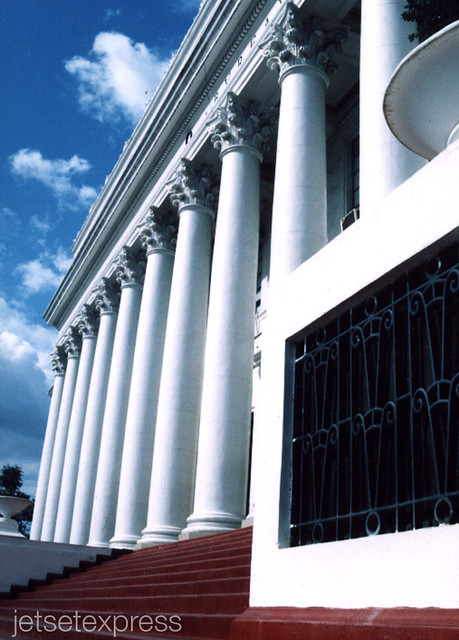
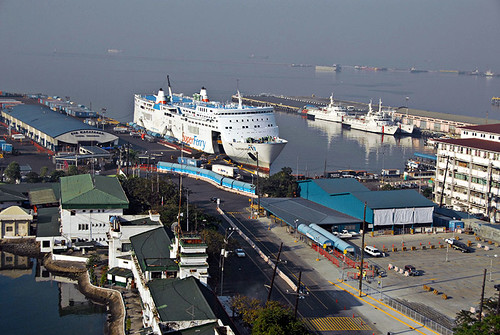
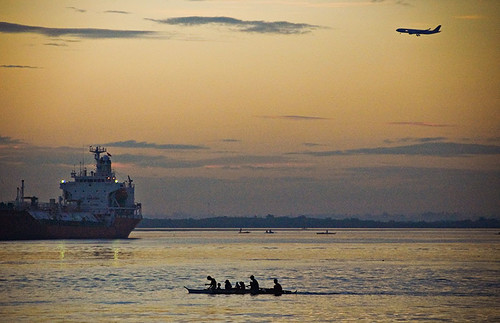
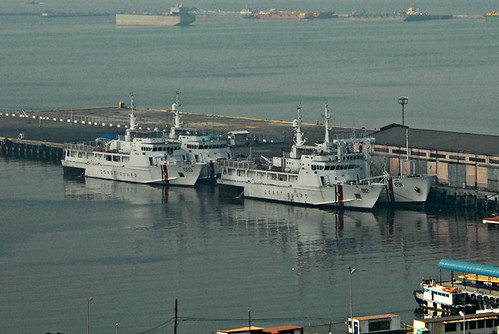
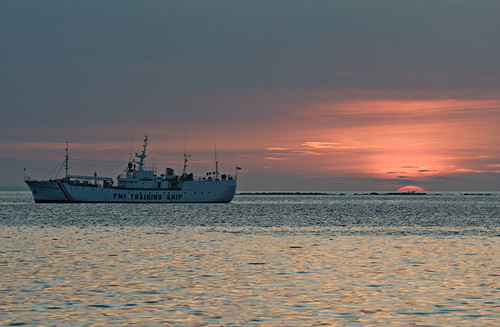
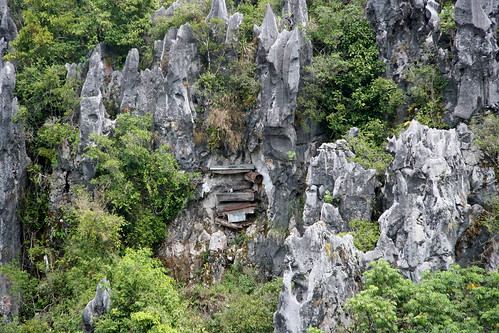

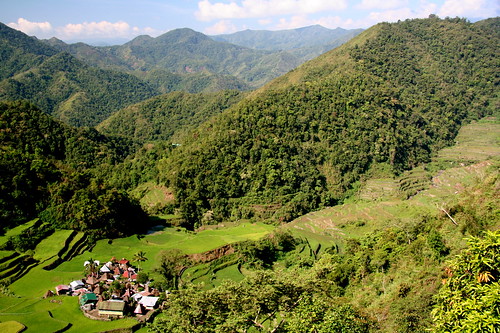
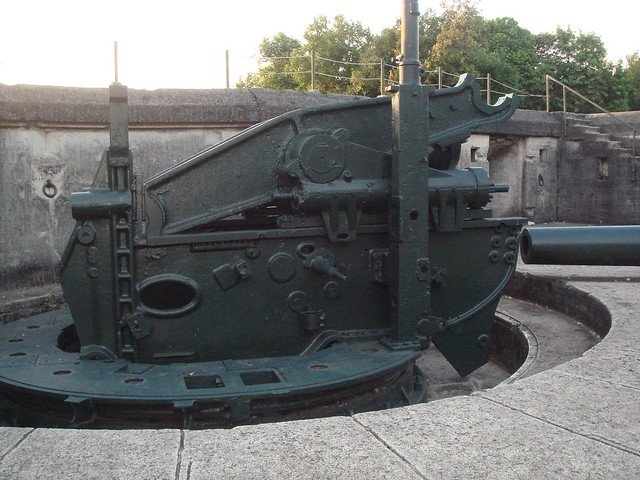
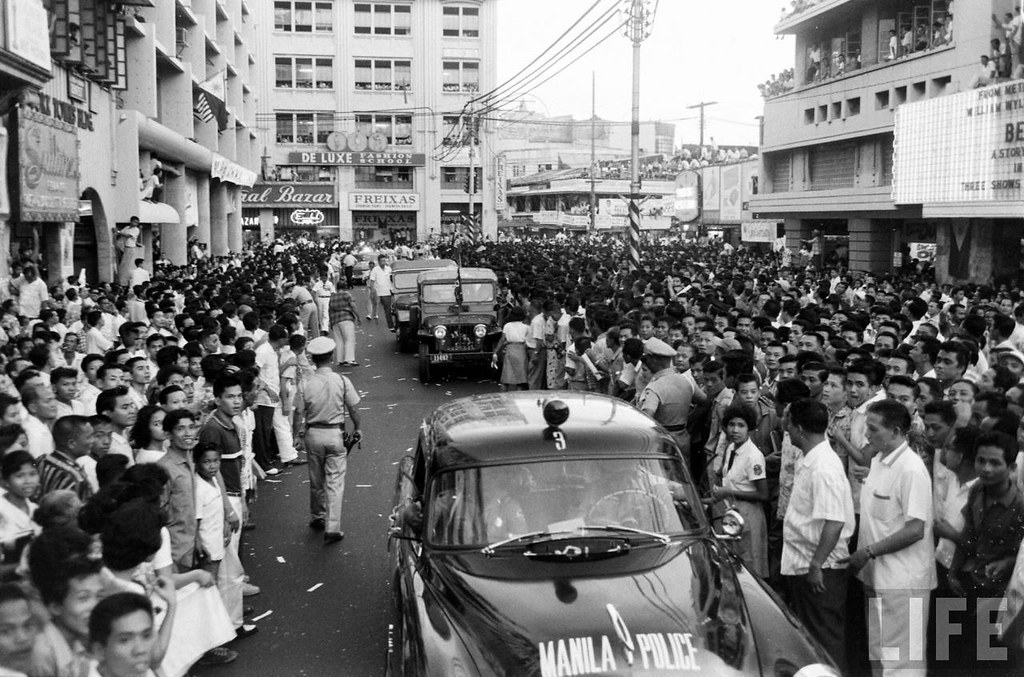 Eisenhower visit. I was there observing the motorcade as a sophomore at U.P. Prep. Luneta below. This was the Luneta I remember ... I was in my 2nd year High School at the University when "Ike" visited the Philippines. ... of course Ike used to live here before the 2nd WW when Philippines was a Commonwealth of the United States and was aid to the Field Marshal ...now President of the USA.
Eisenhower visit. I was there observing the motorcade as a sophomore at U.P. Prep. Luneta below. This was the Luneta I remember ... I was in my 2nd year High School at the University when "Ike" visited the Philippines. ... of course Ike used to live here before the 2nd WW when Philippines was a Commonwealth of the United States and was aid to the Field Marshal ...now President of the USA.
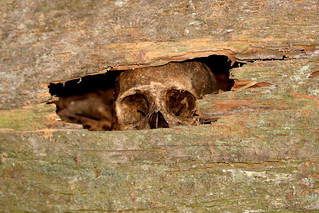
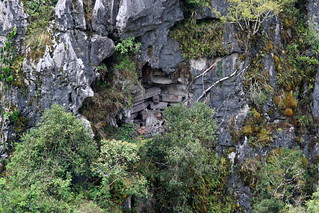



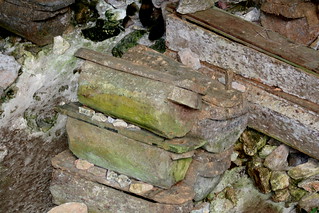
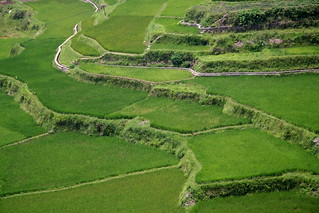
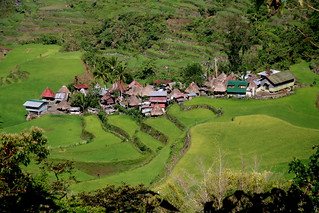
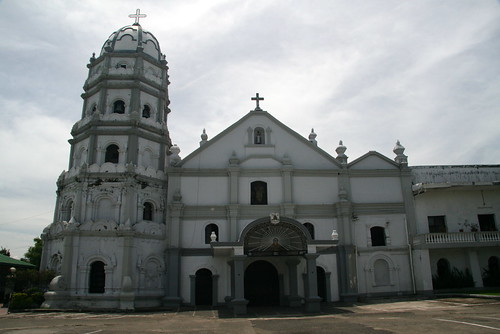

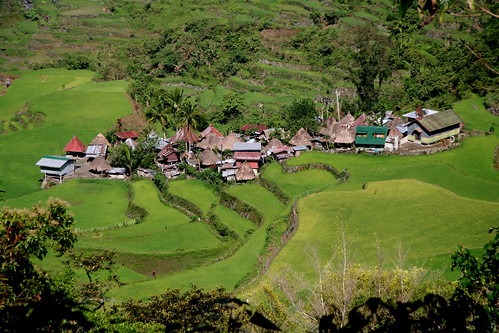
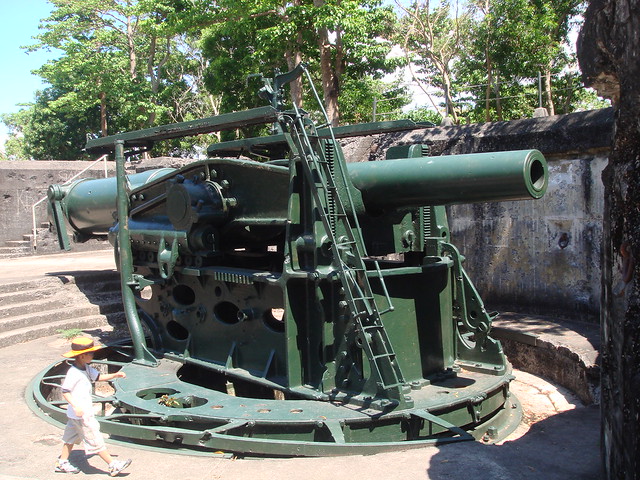
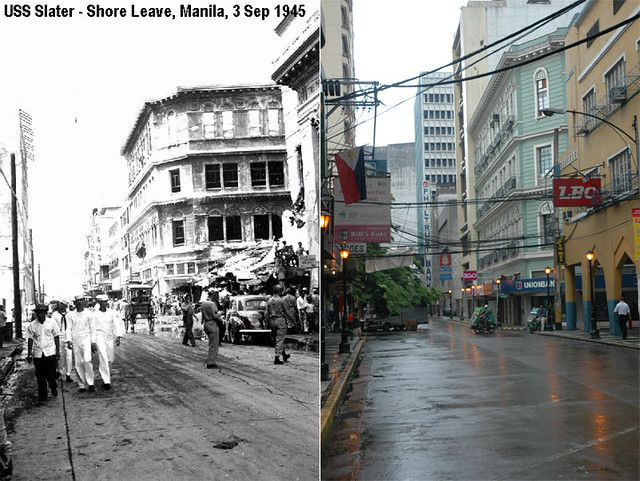
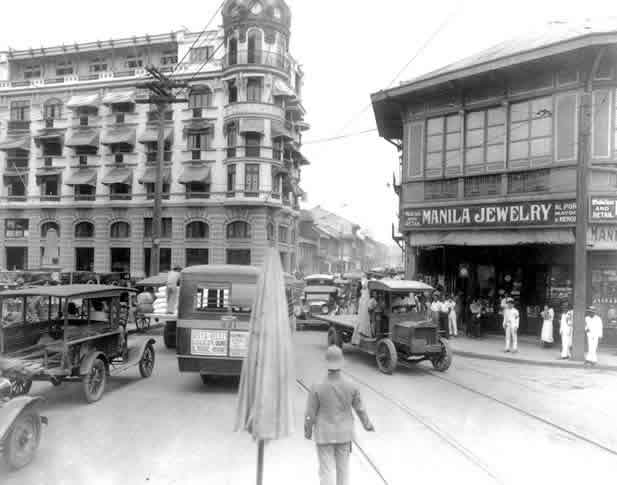 CHINA TOWN
CHINA TOWN
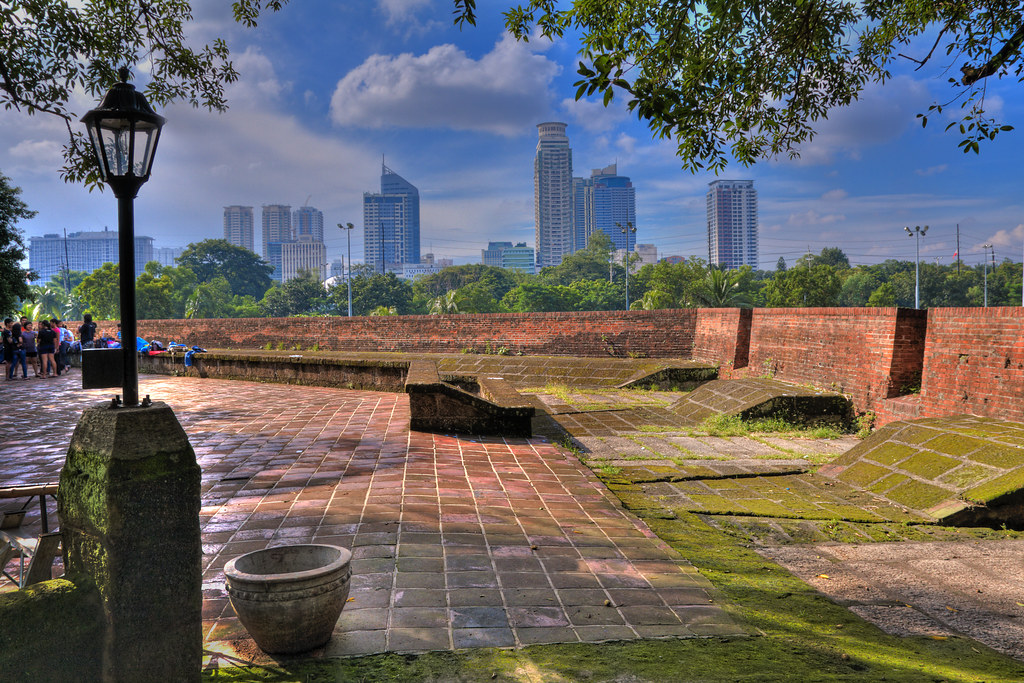
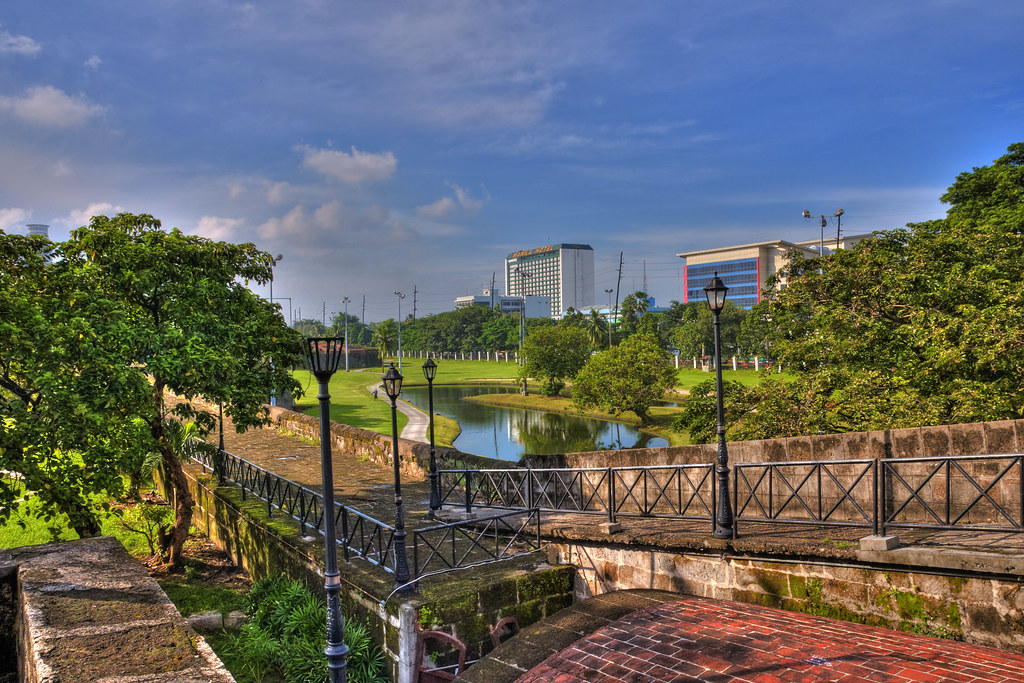
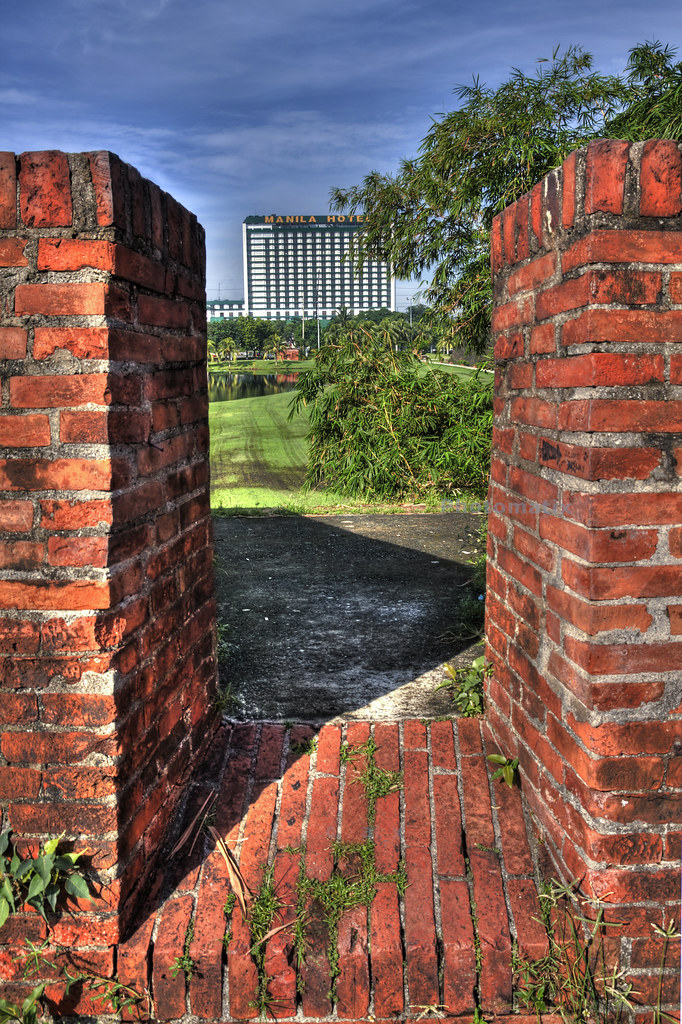
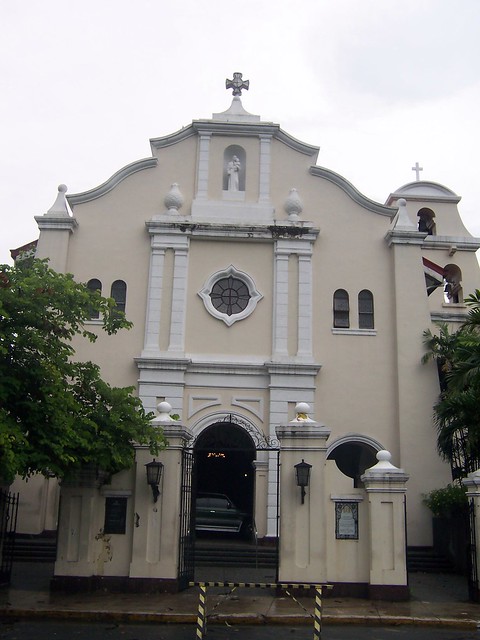 Makati ... the facade of Sanctuario De San Antonio Church in Forbes Park ( Makati, Rizal ). My parish church at Fort Bonifacio back in the 1960s
Makati ... the facade of Sanctuario De San Antonio Church in Forbes Park ( Makati, Rizal ). My parish church at Fort Bonifacio back in the 1960s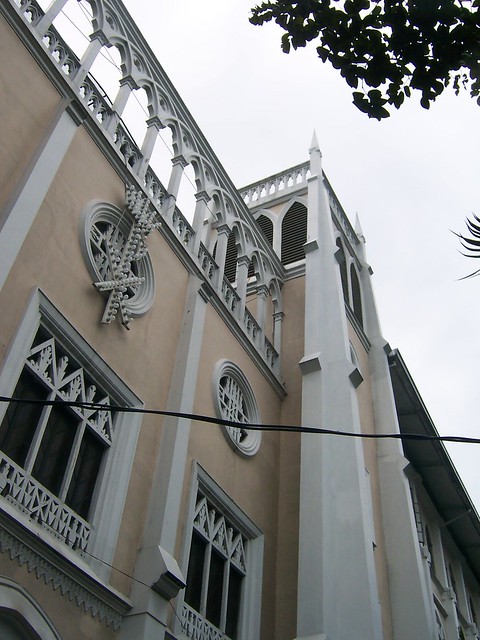 San Beda College The facade of the Chapel of Our Lady of Montserrat ( San Beda College ) ( Mendiola Street, Manila )...... the primary institution of the Benedictine Order in the Philippines
San Beda College The facade of the Chapel of Our Lady of Montserrat ( San Beda College ) ( Mendiola Street, Manila )...... the primary institution of the Benedictine Order in the Philippines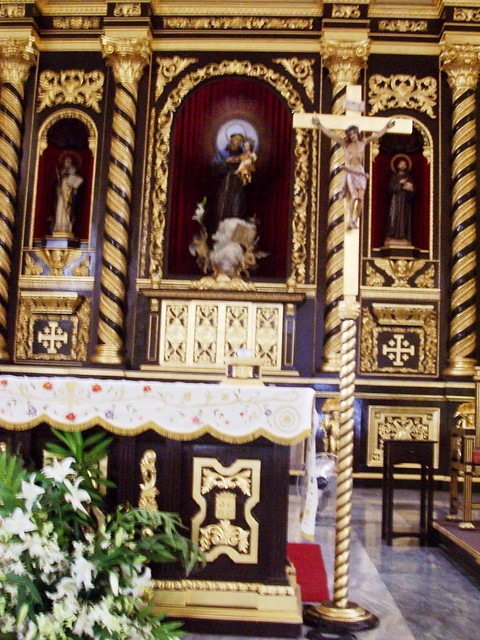



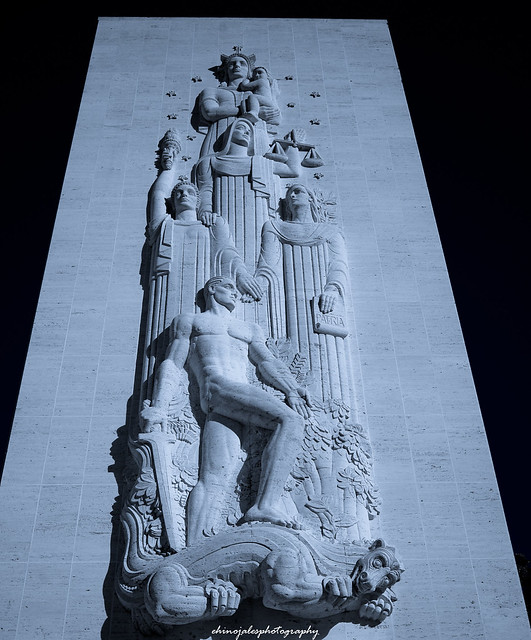
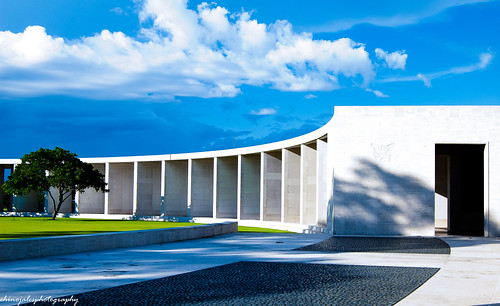
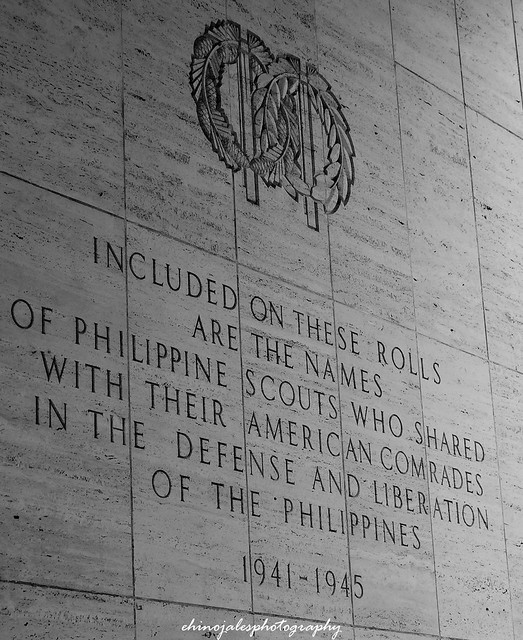
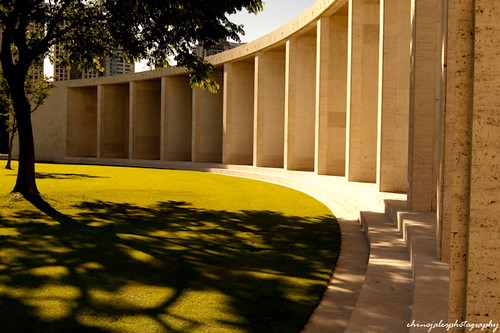
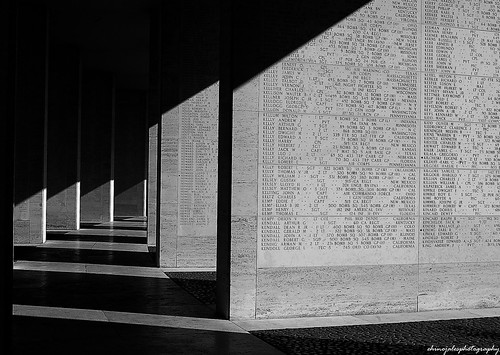
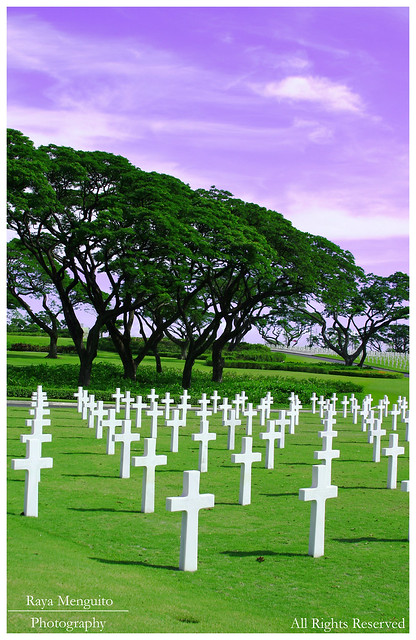
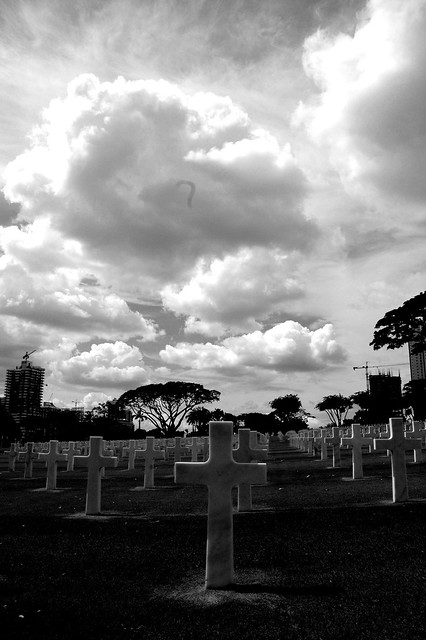
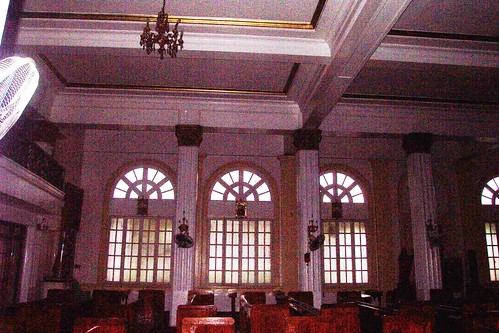


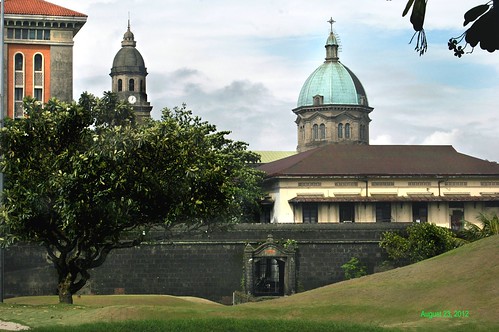
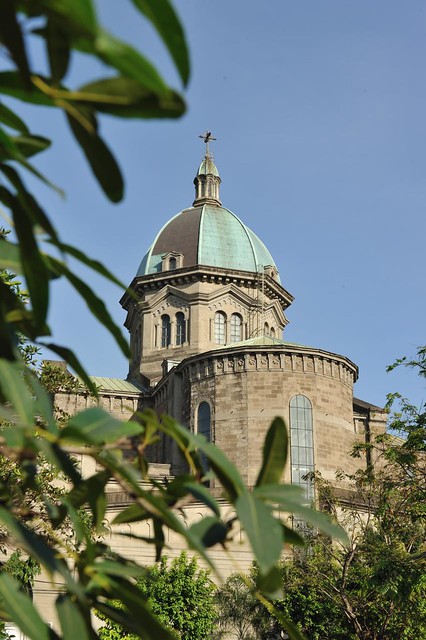
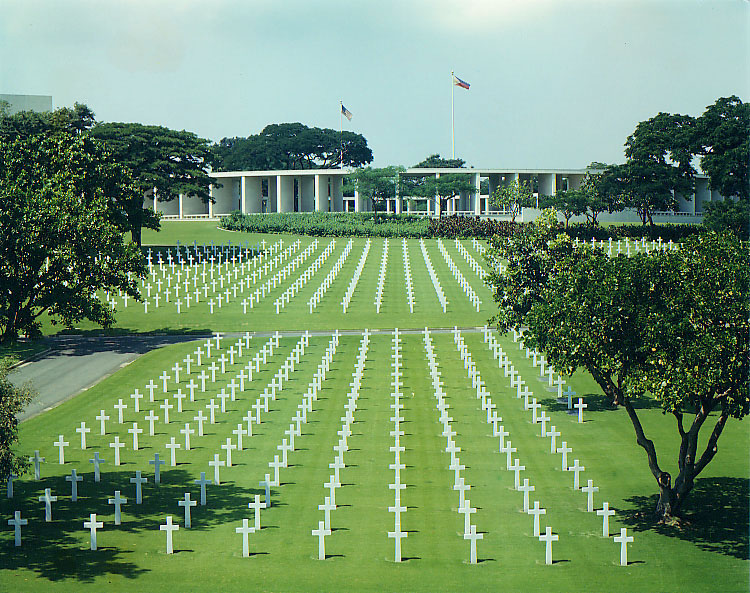


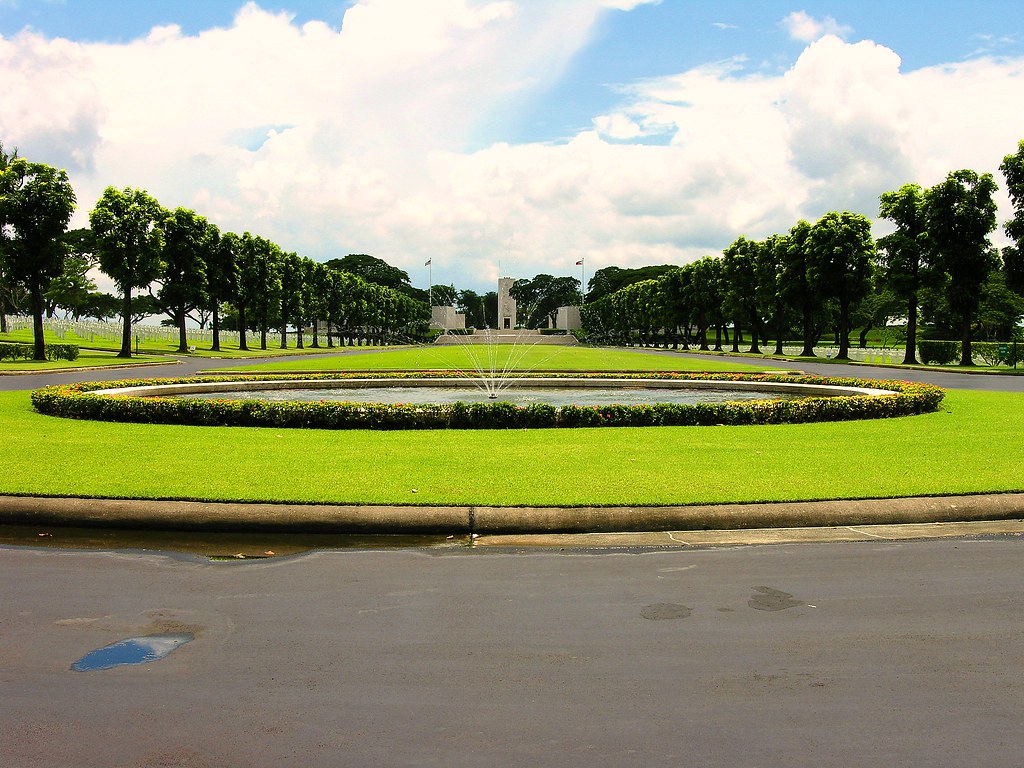
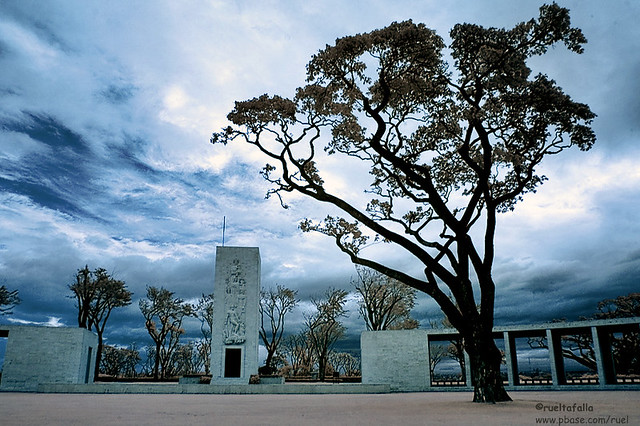
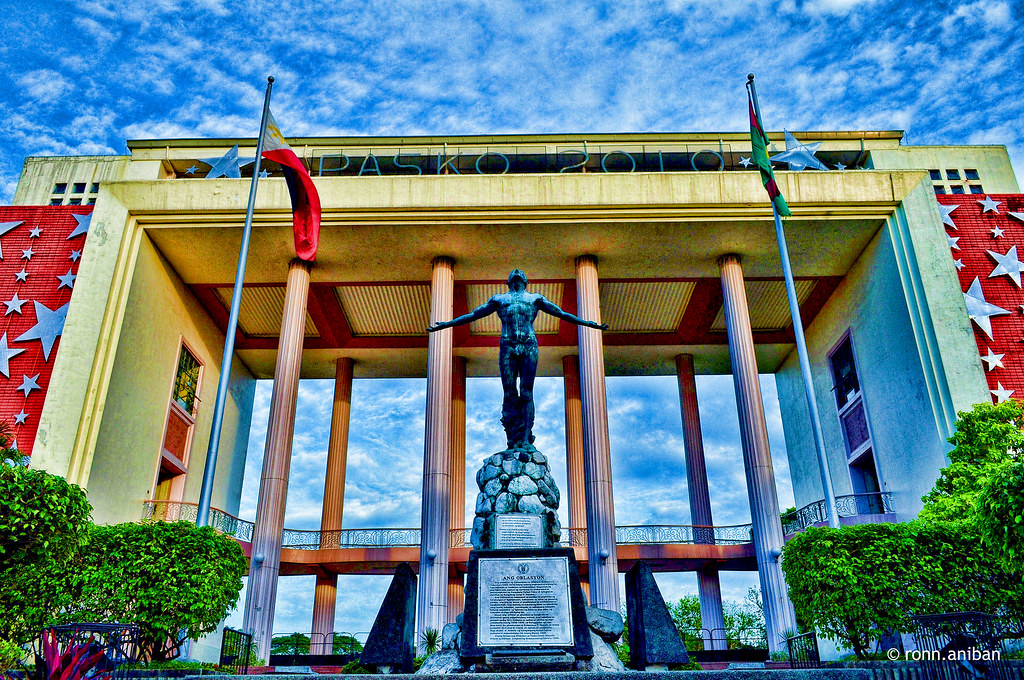
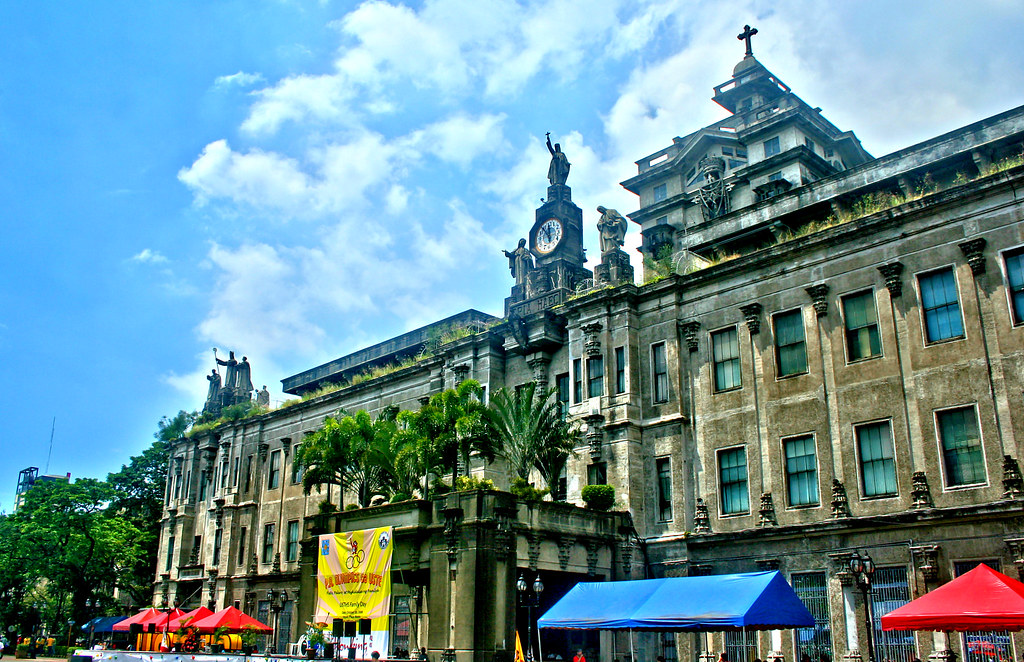
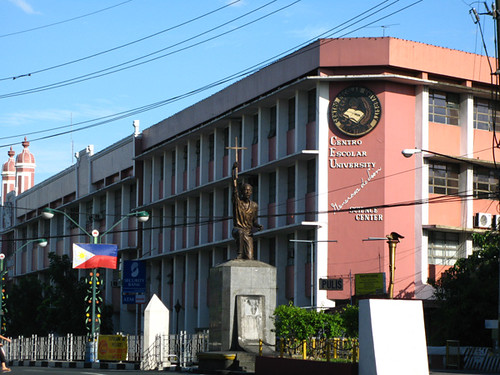
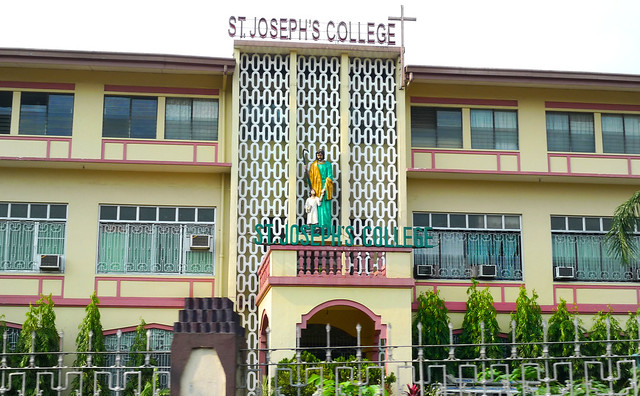
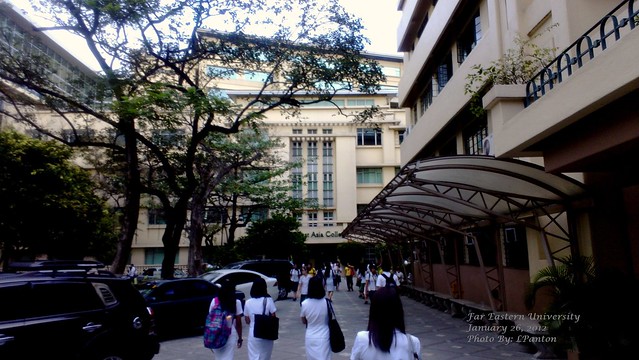

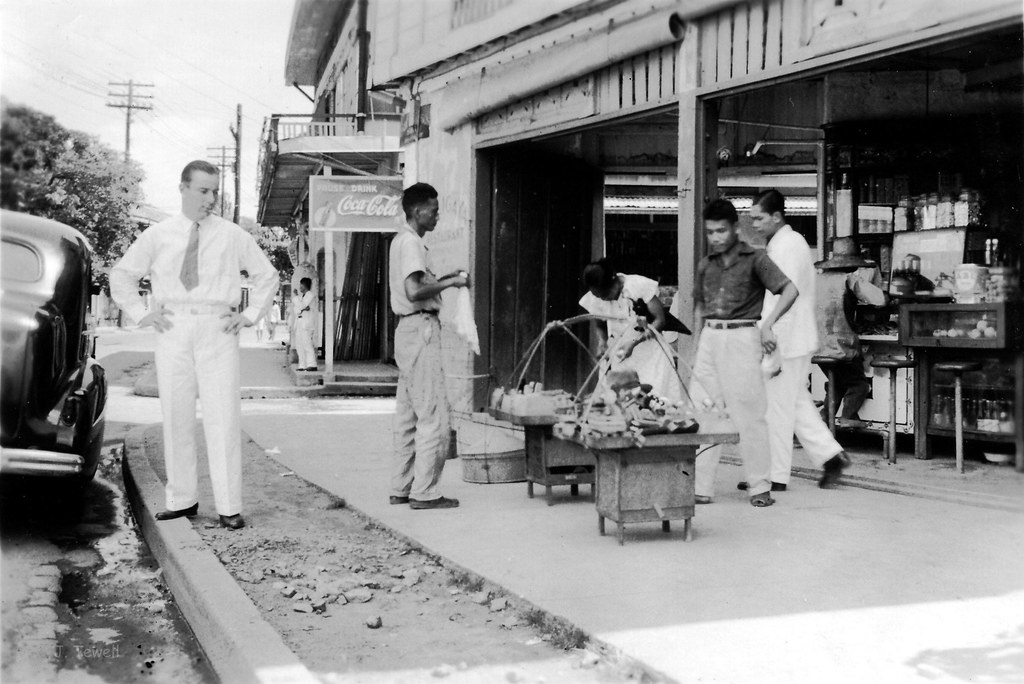 Typical corner cafe and street vendor up front
Typical corner cafe and street vendor up front